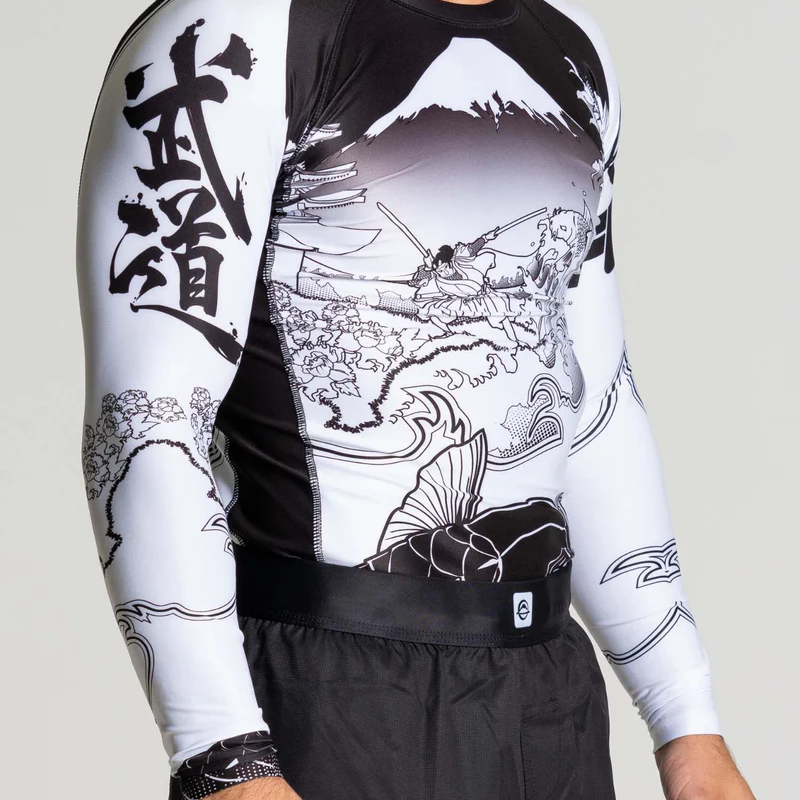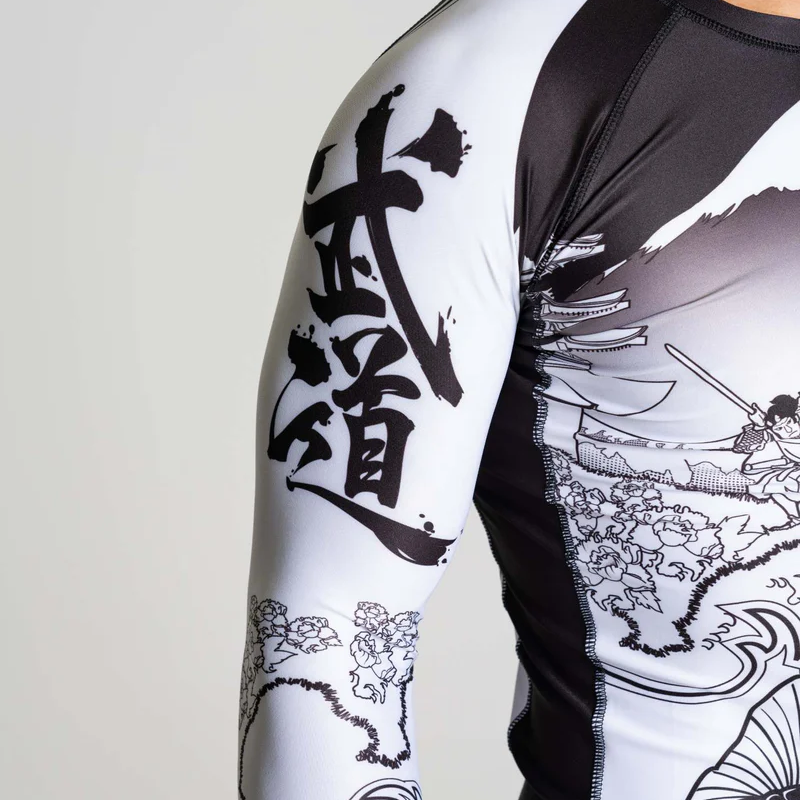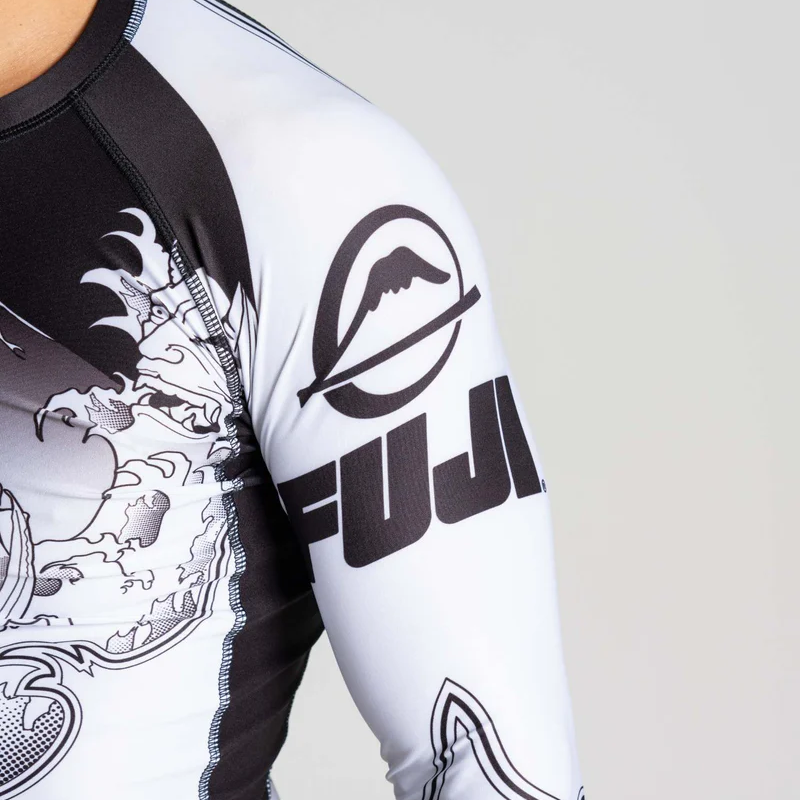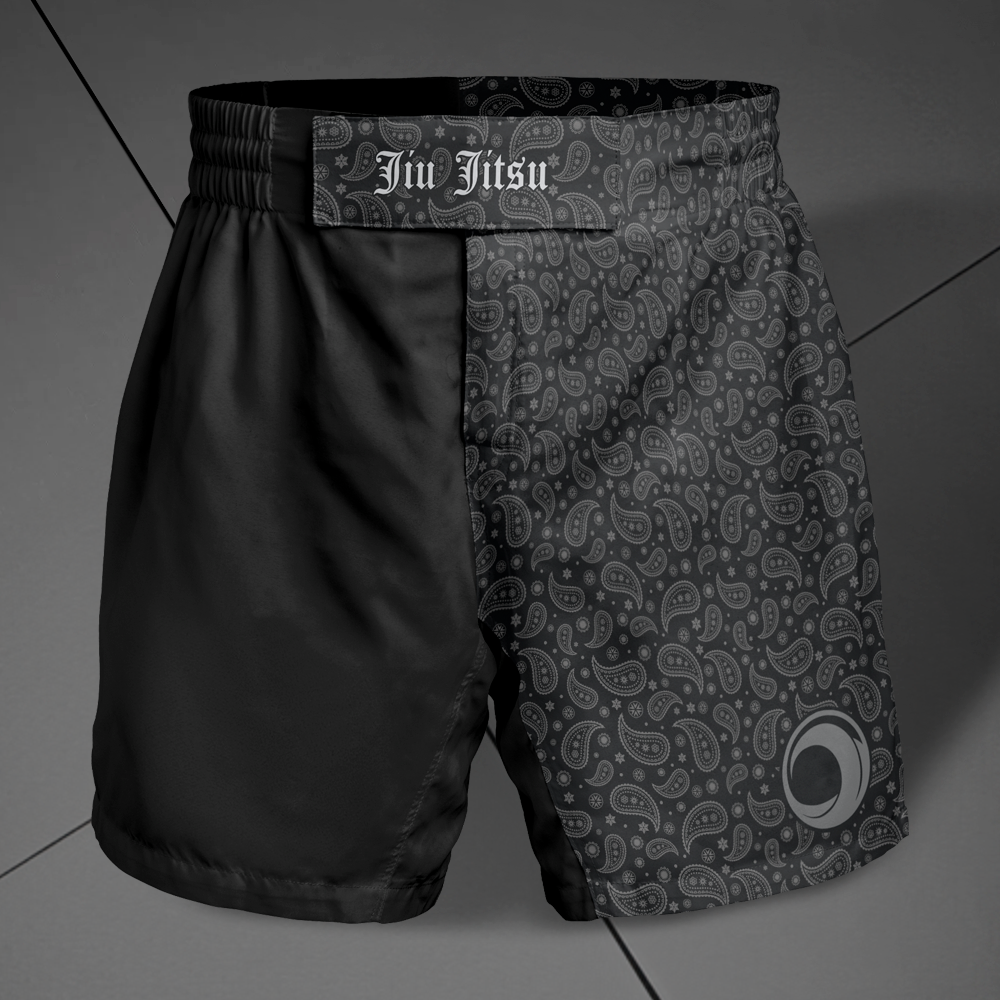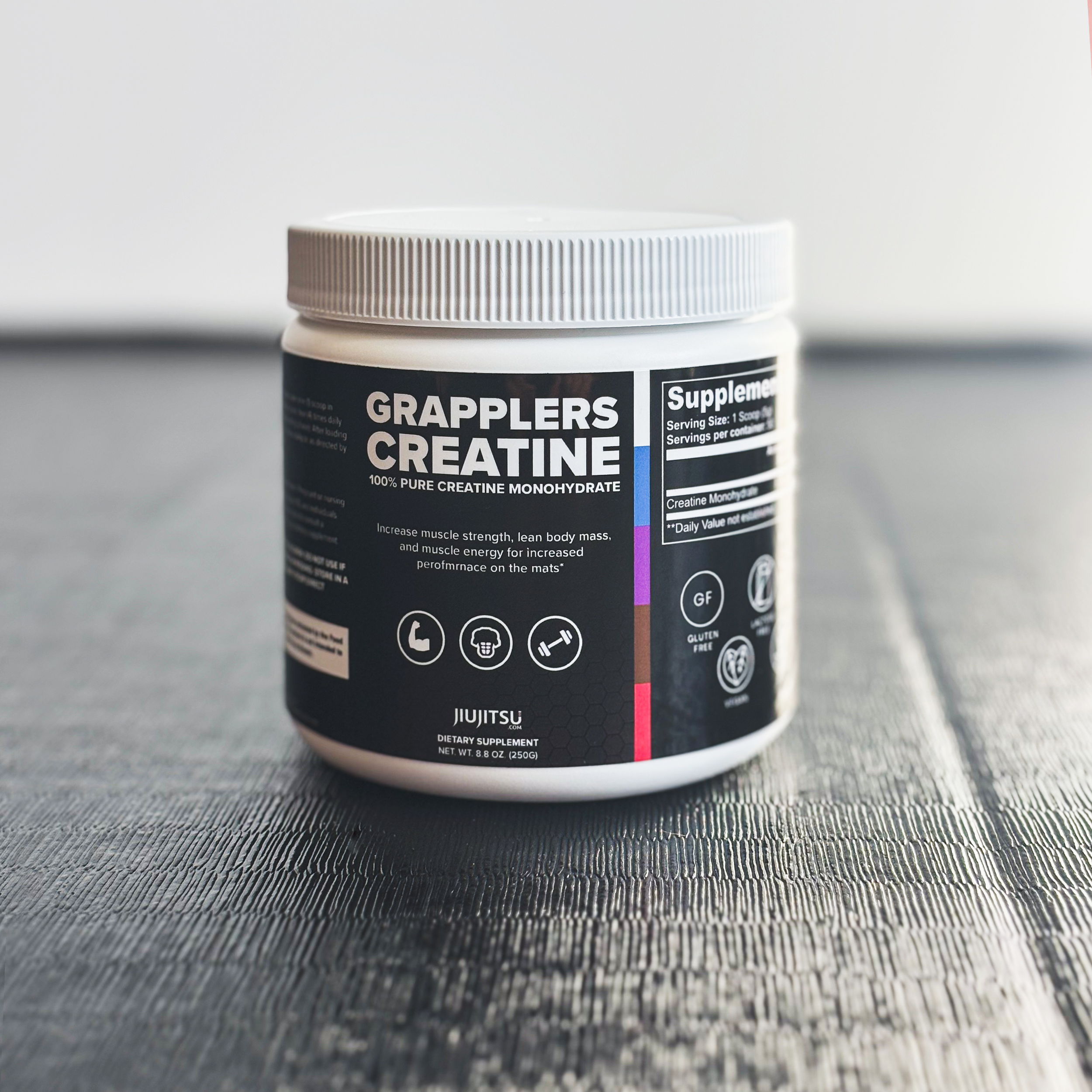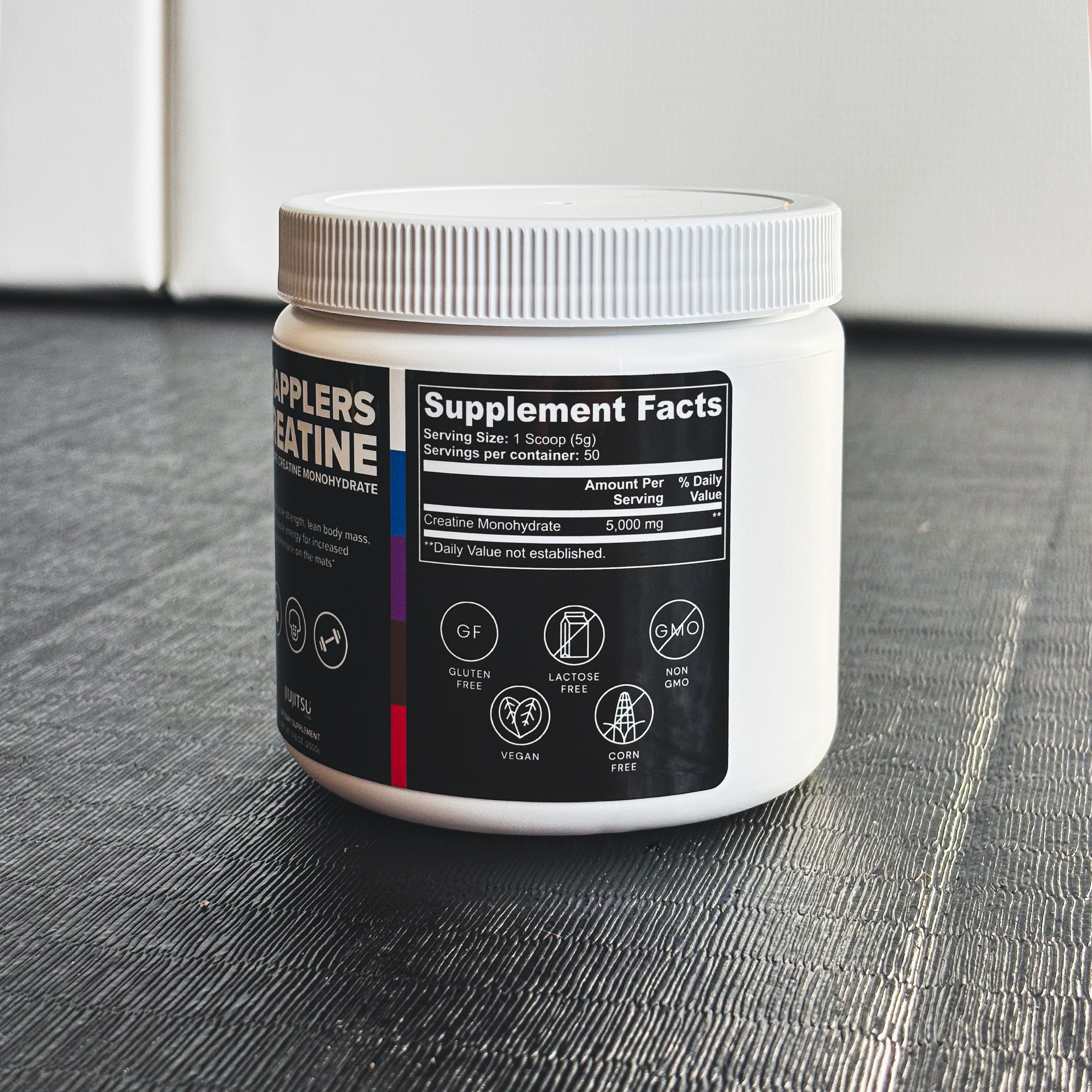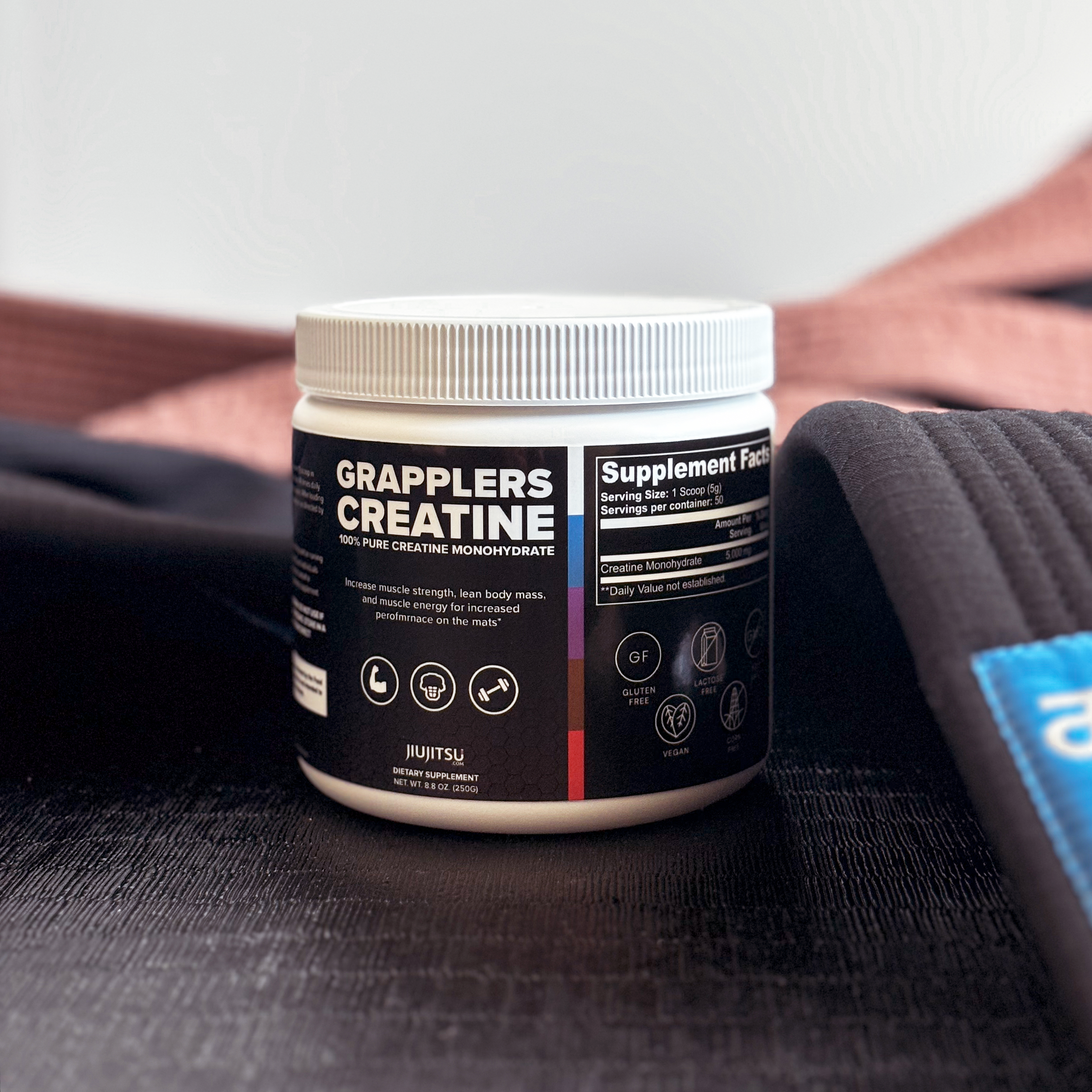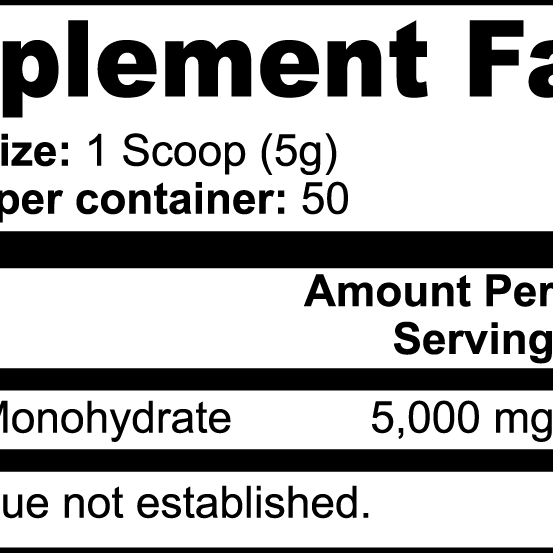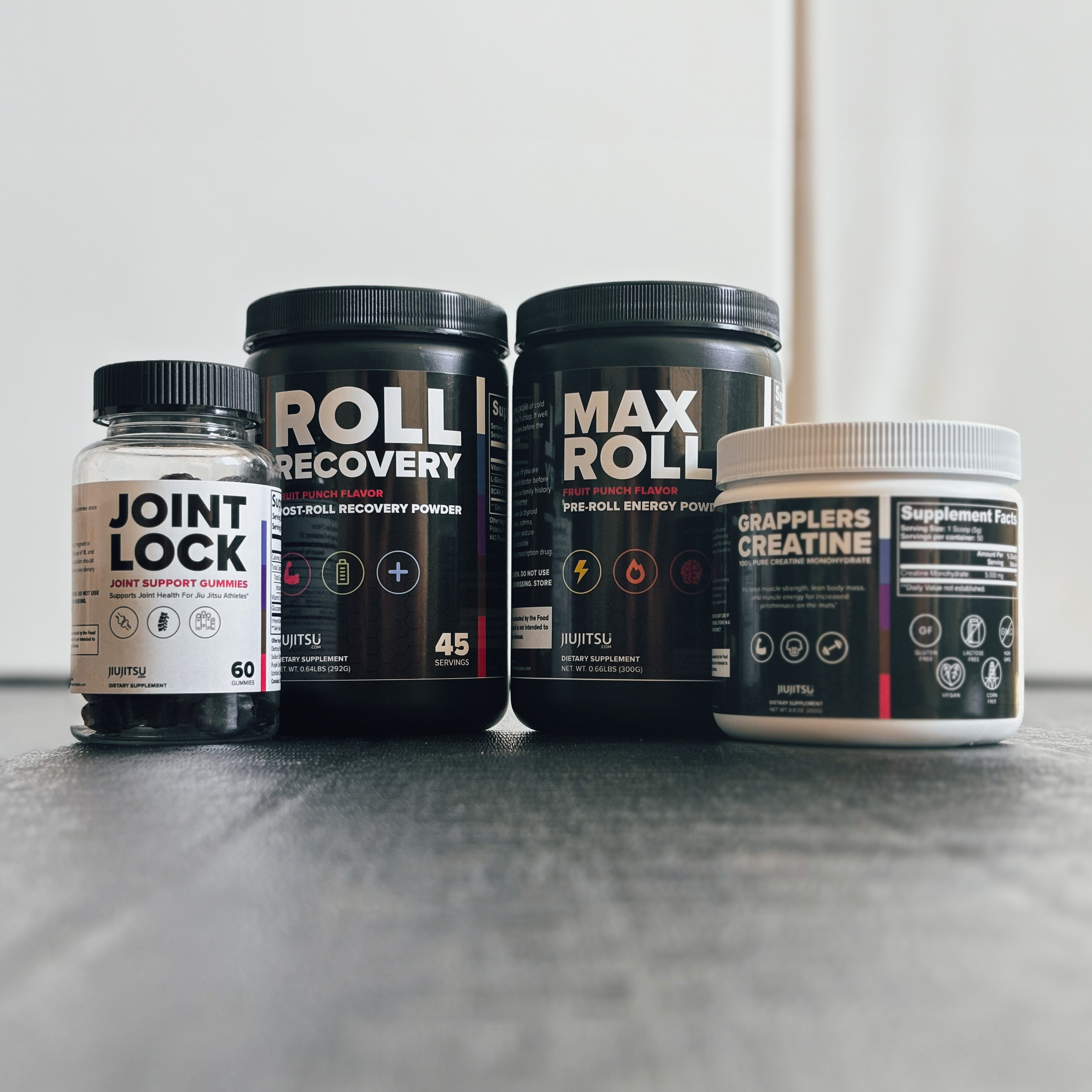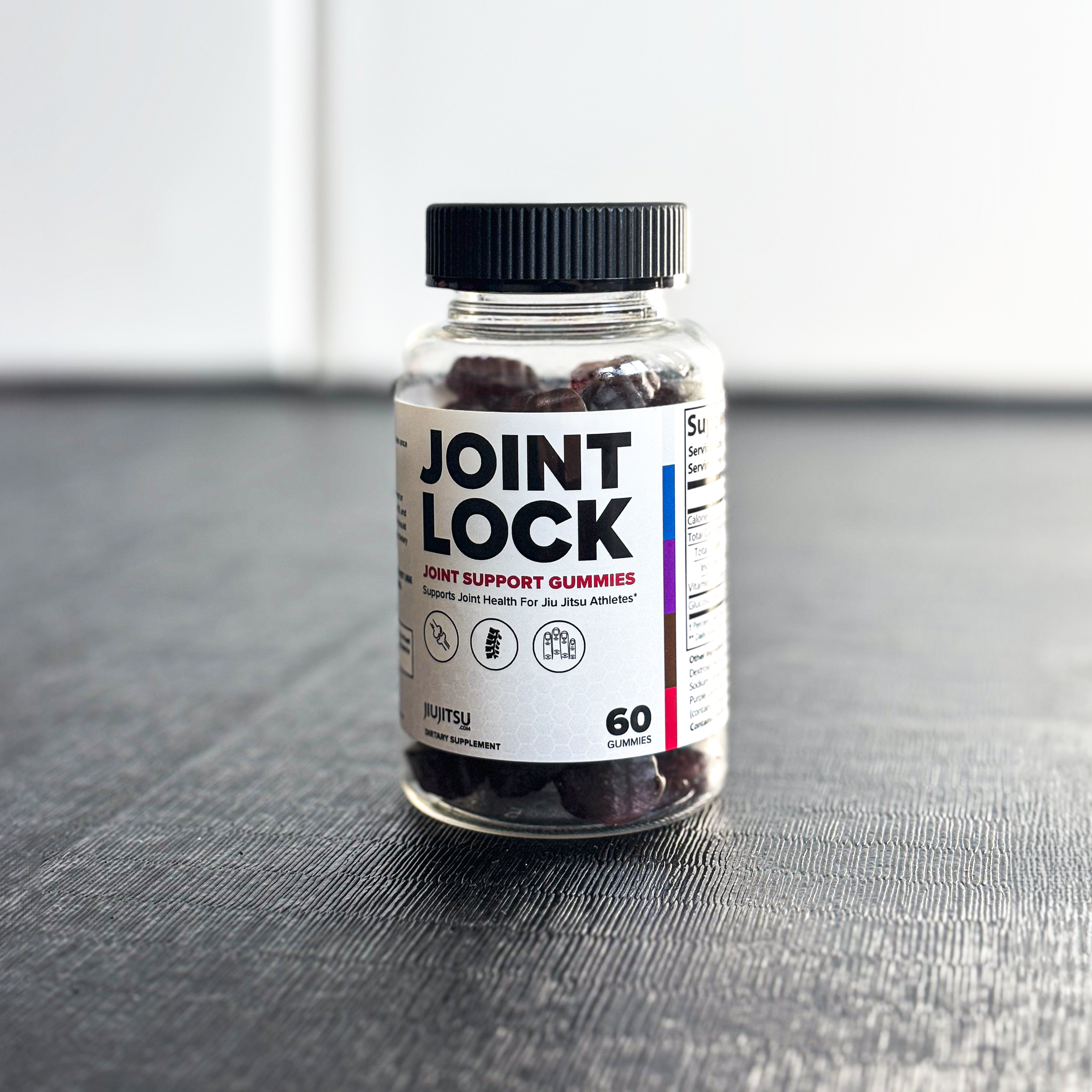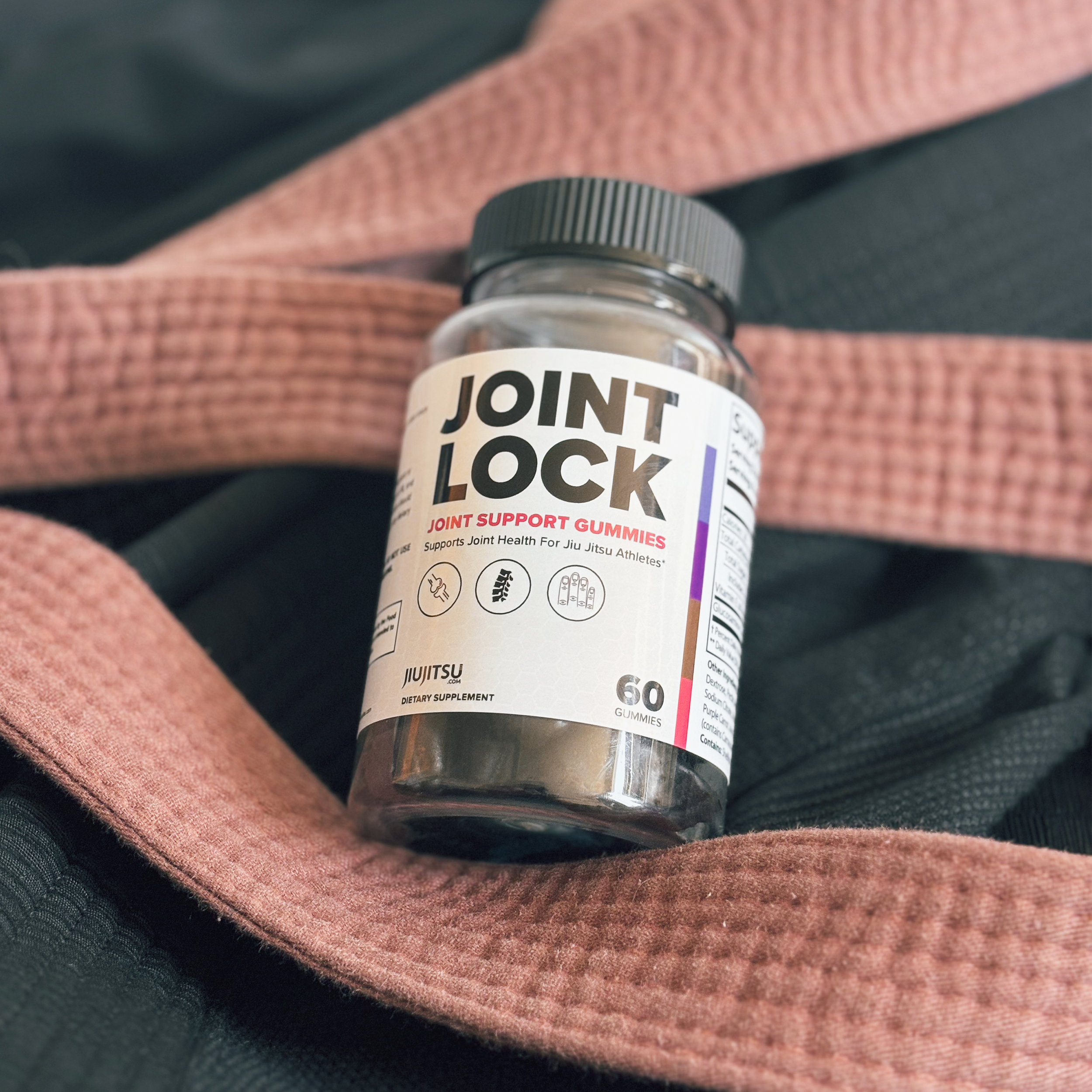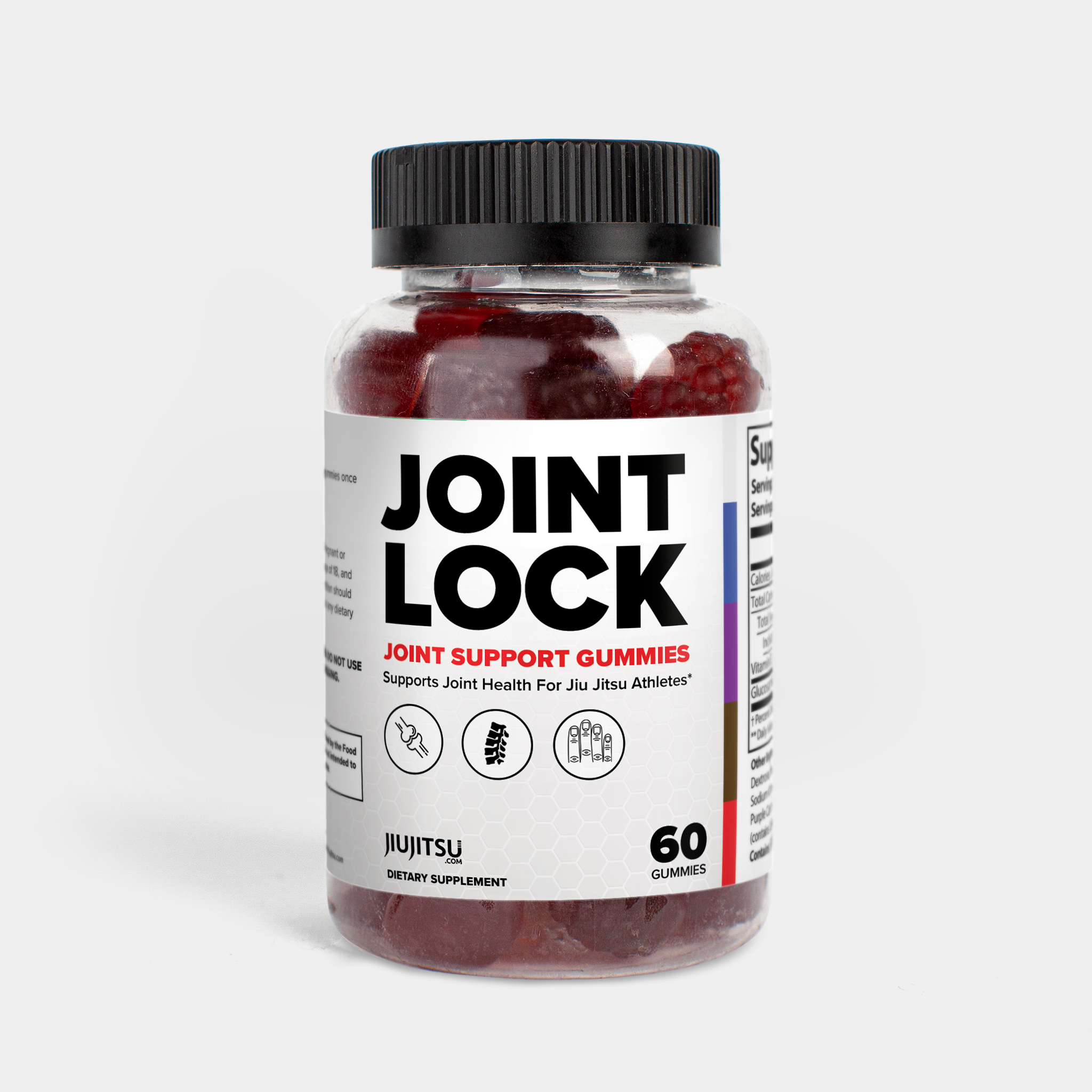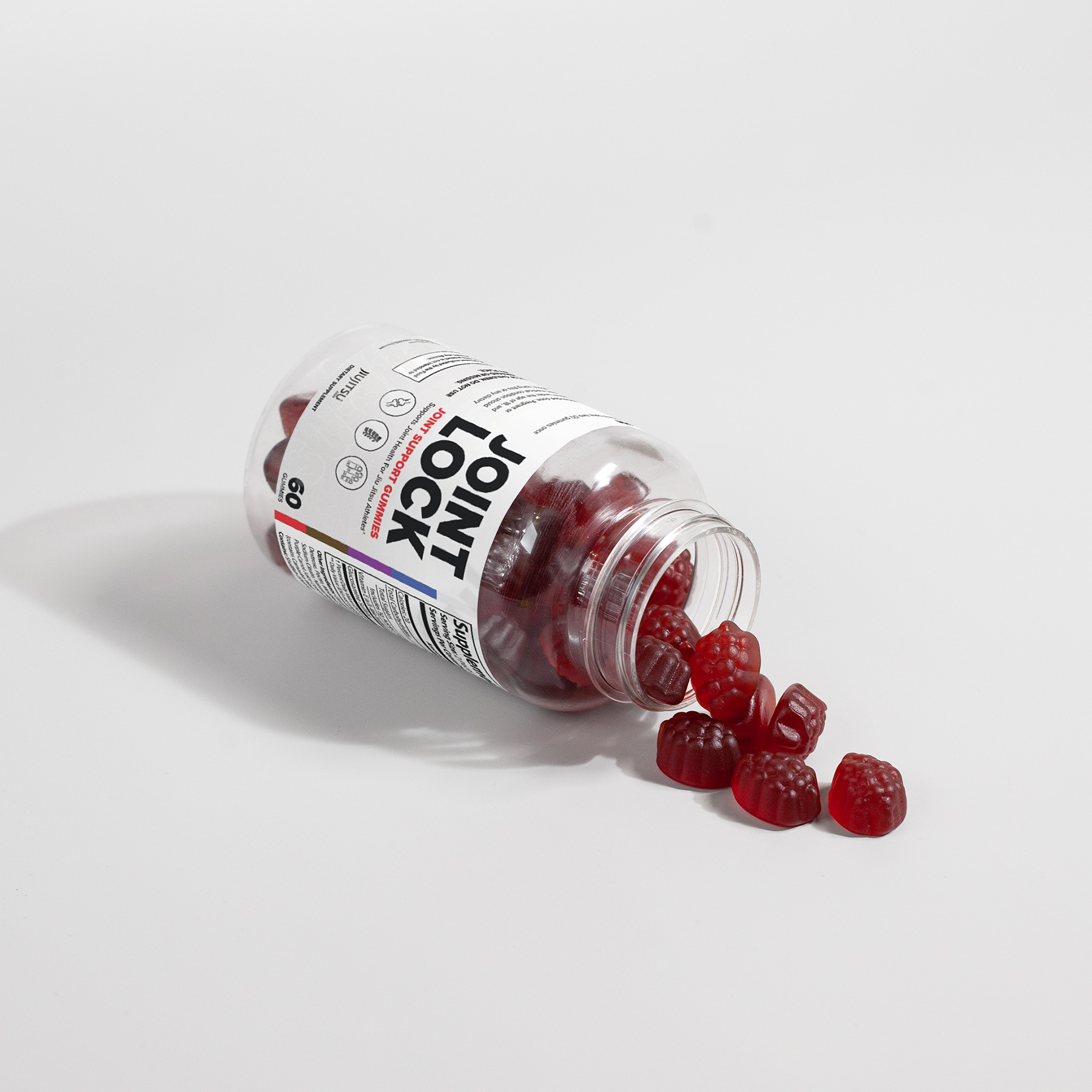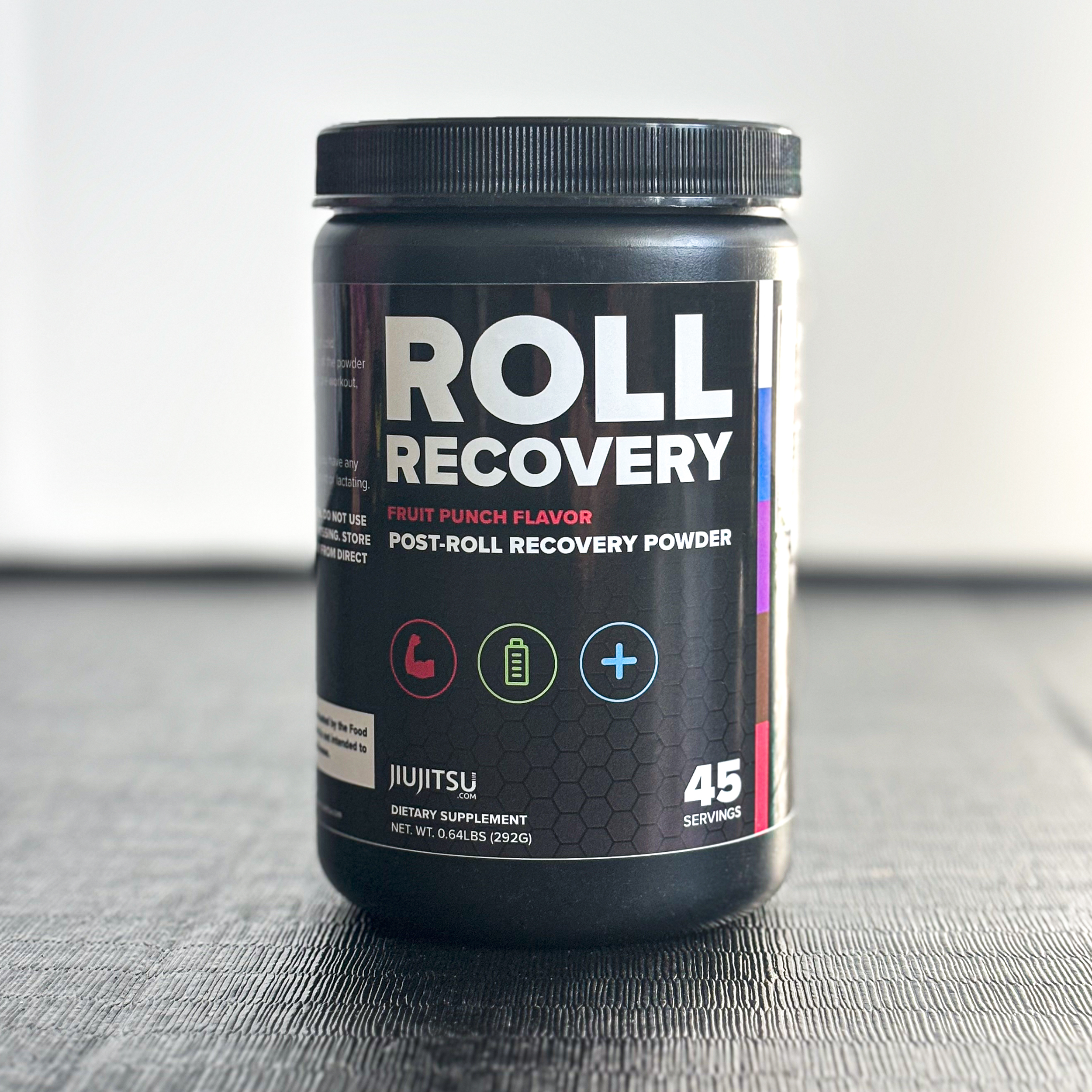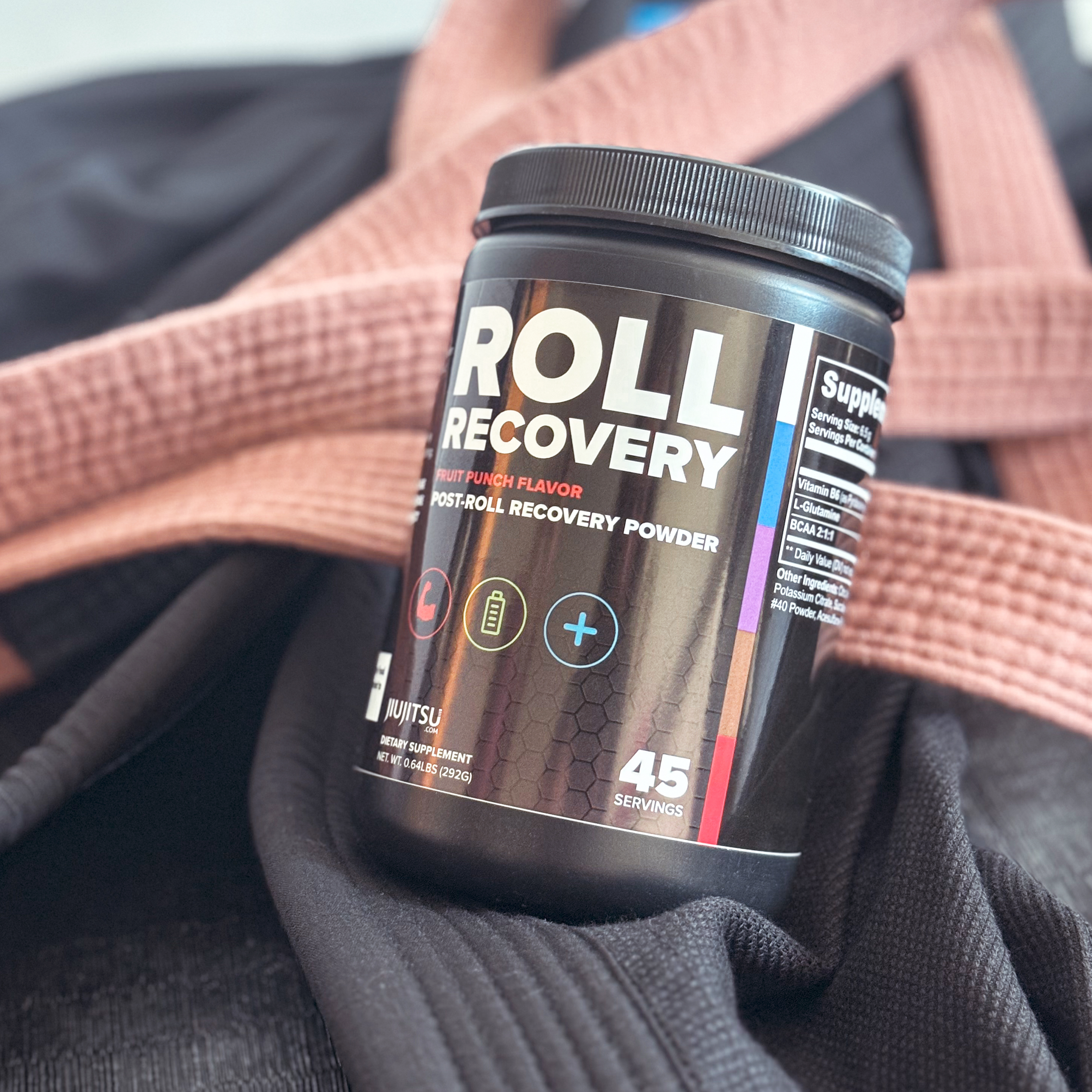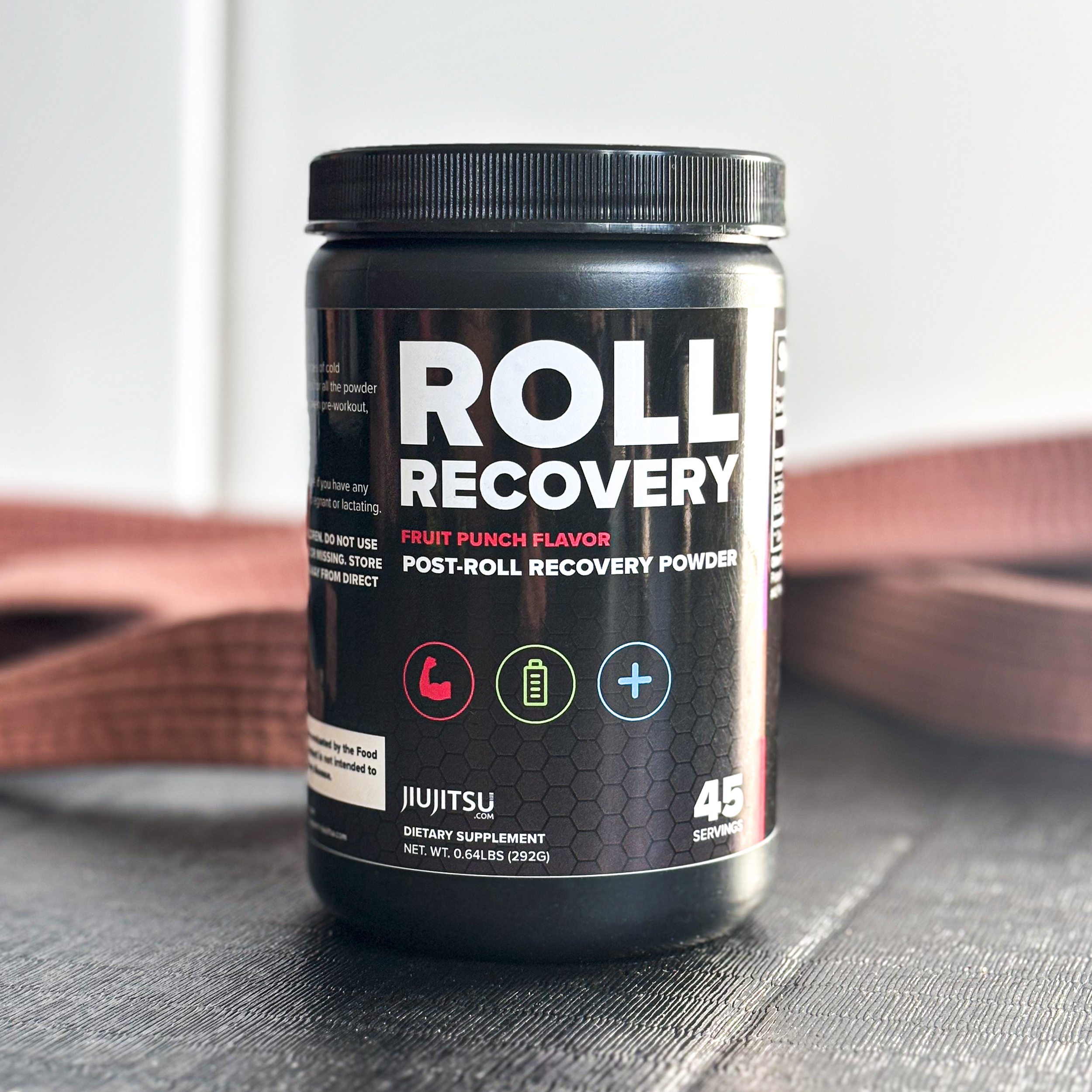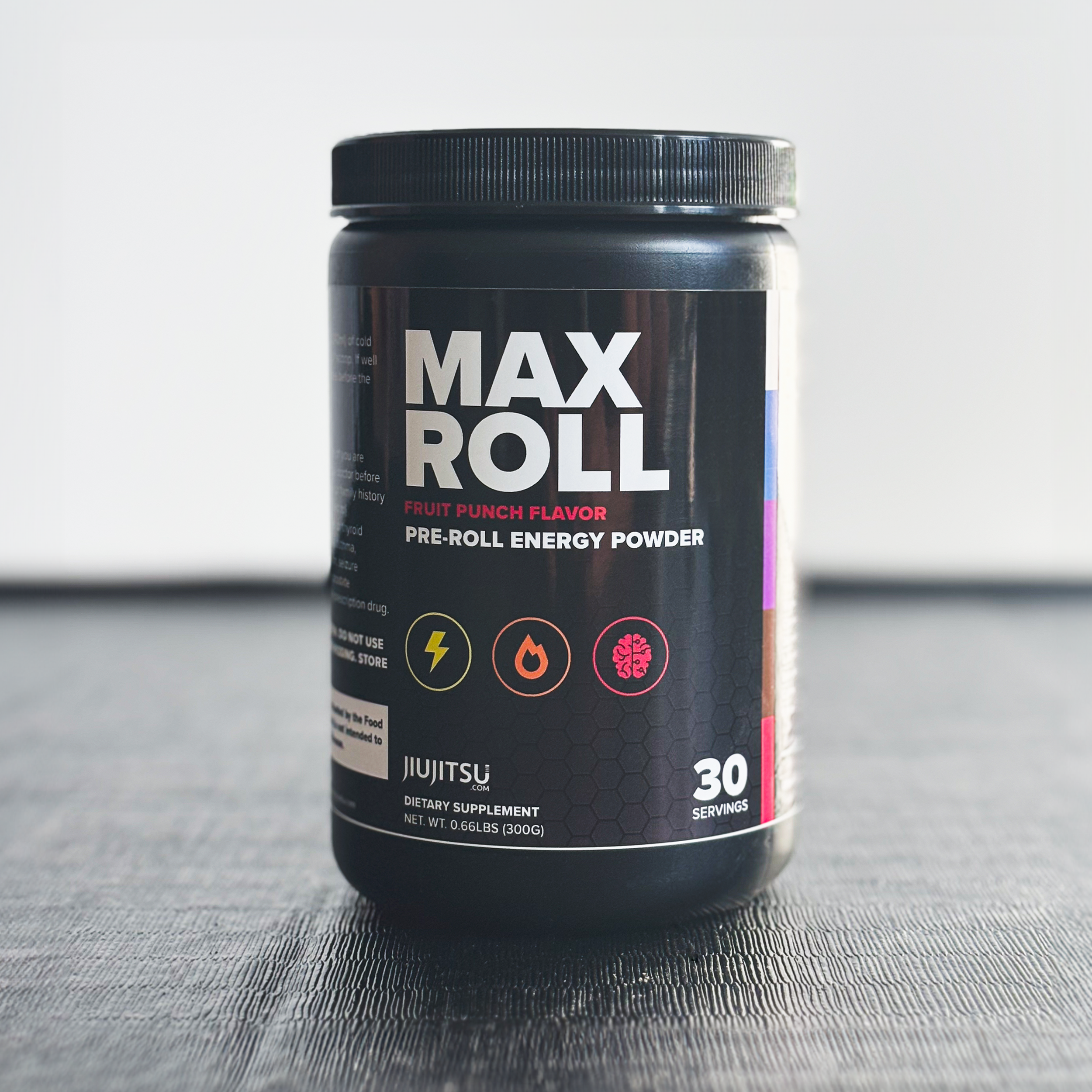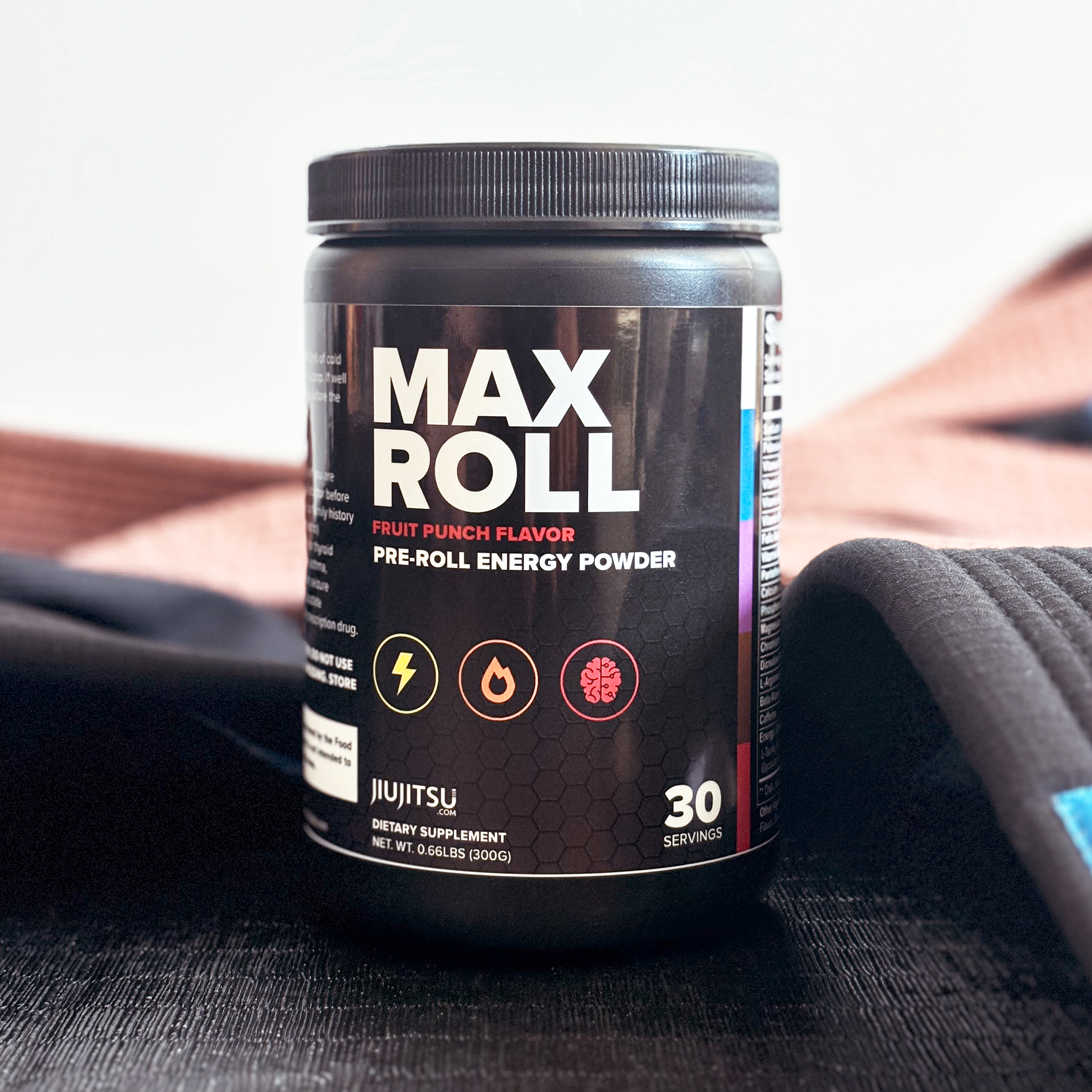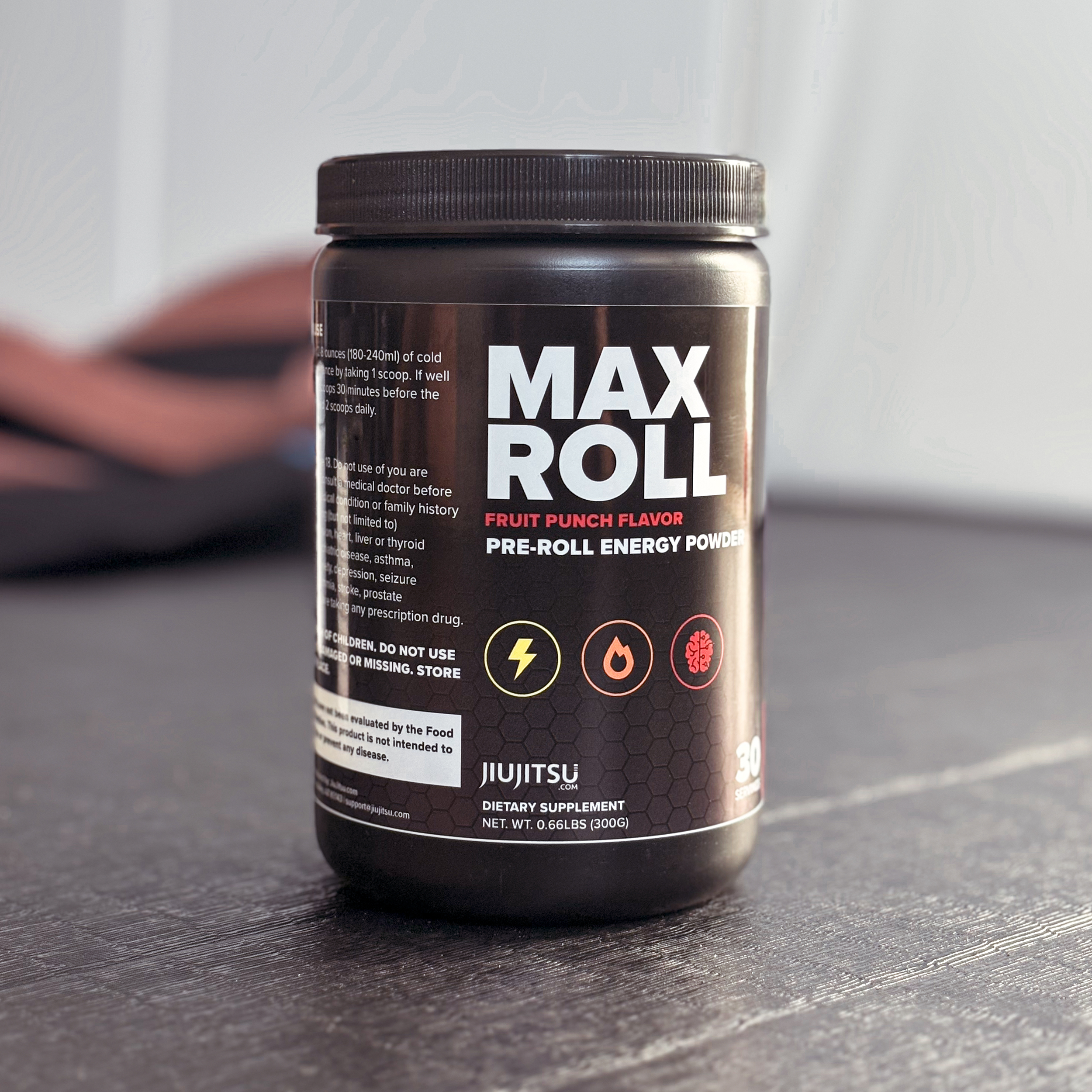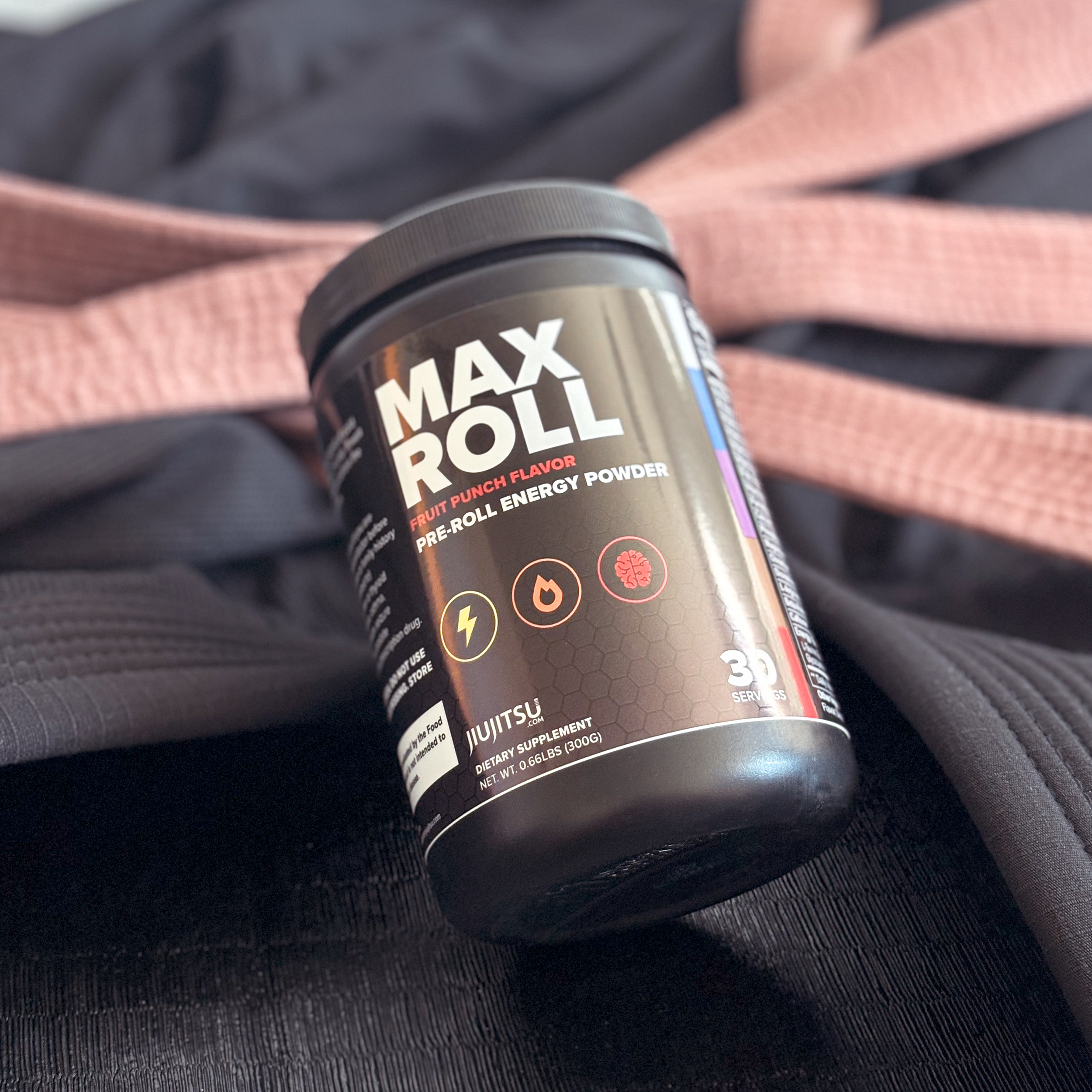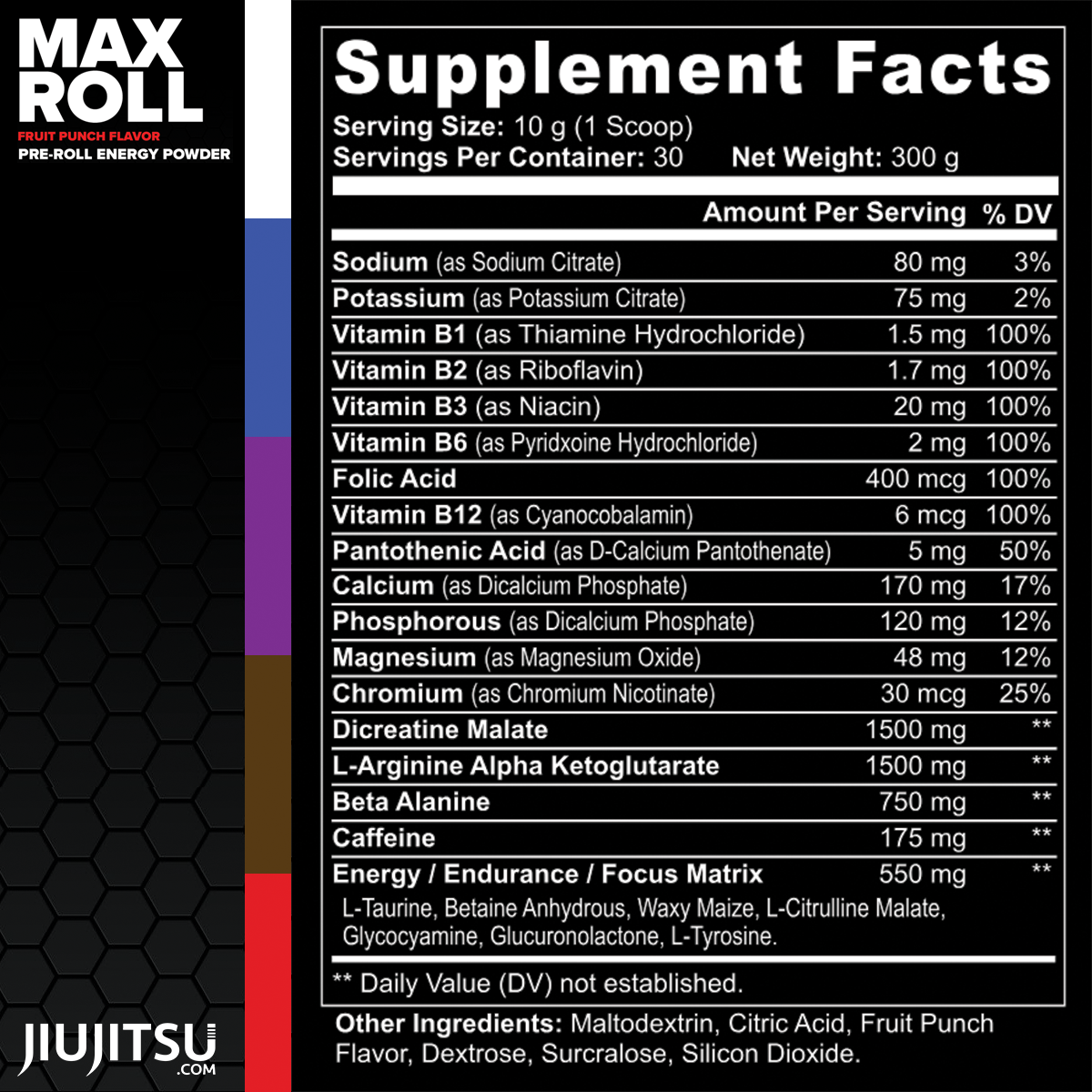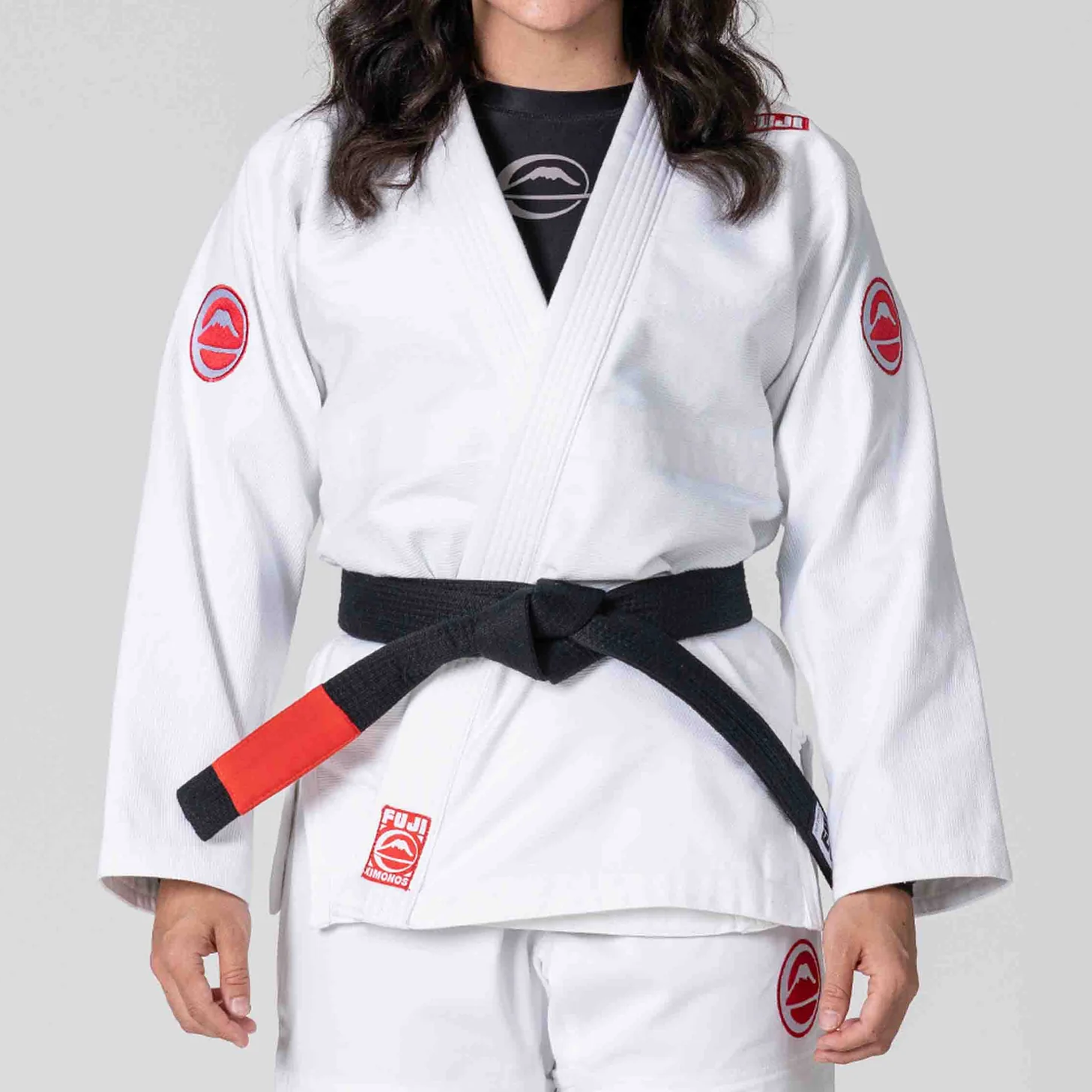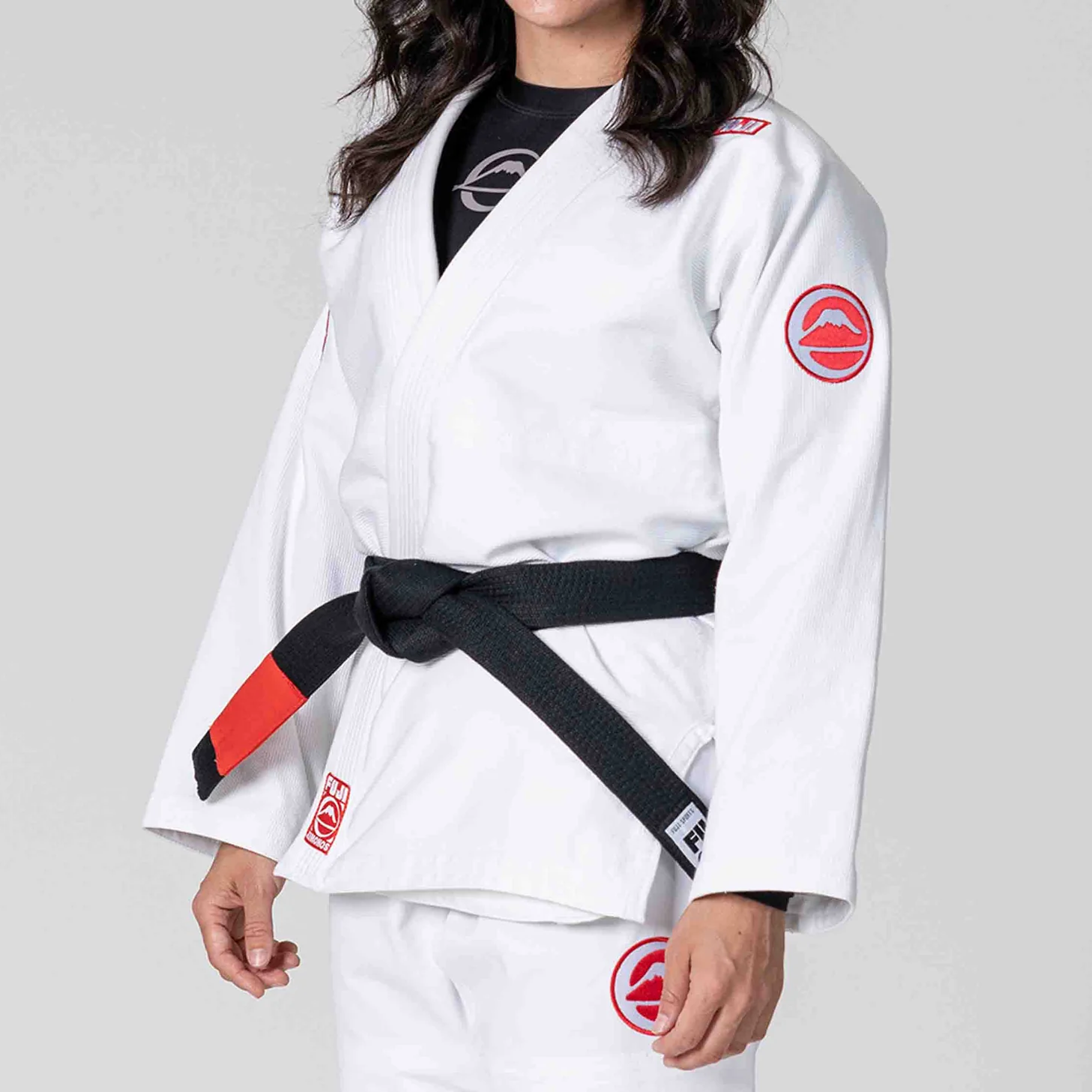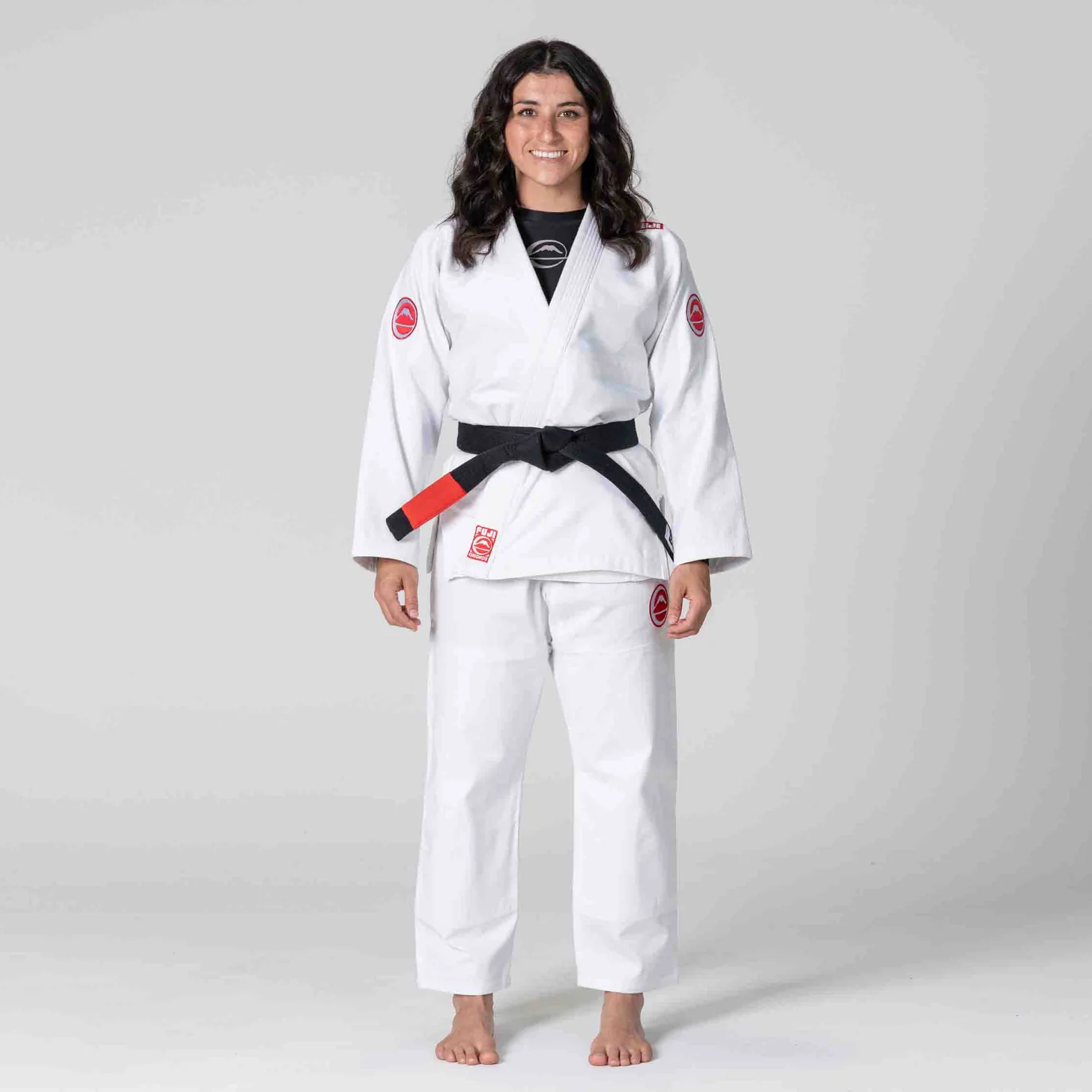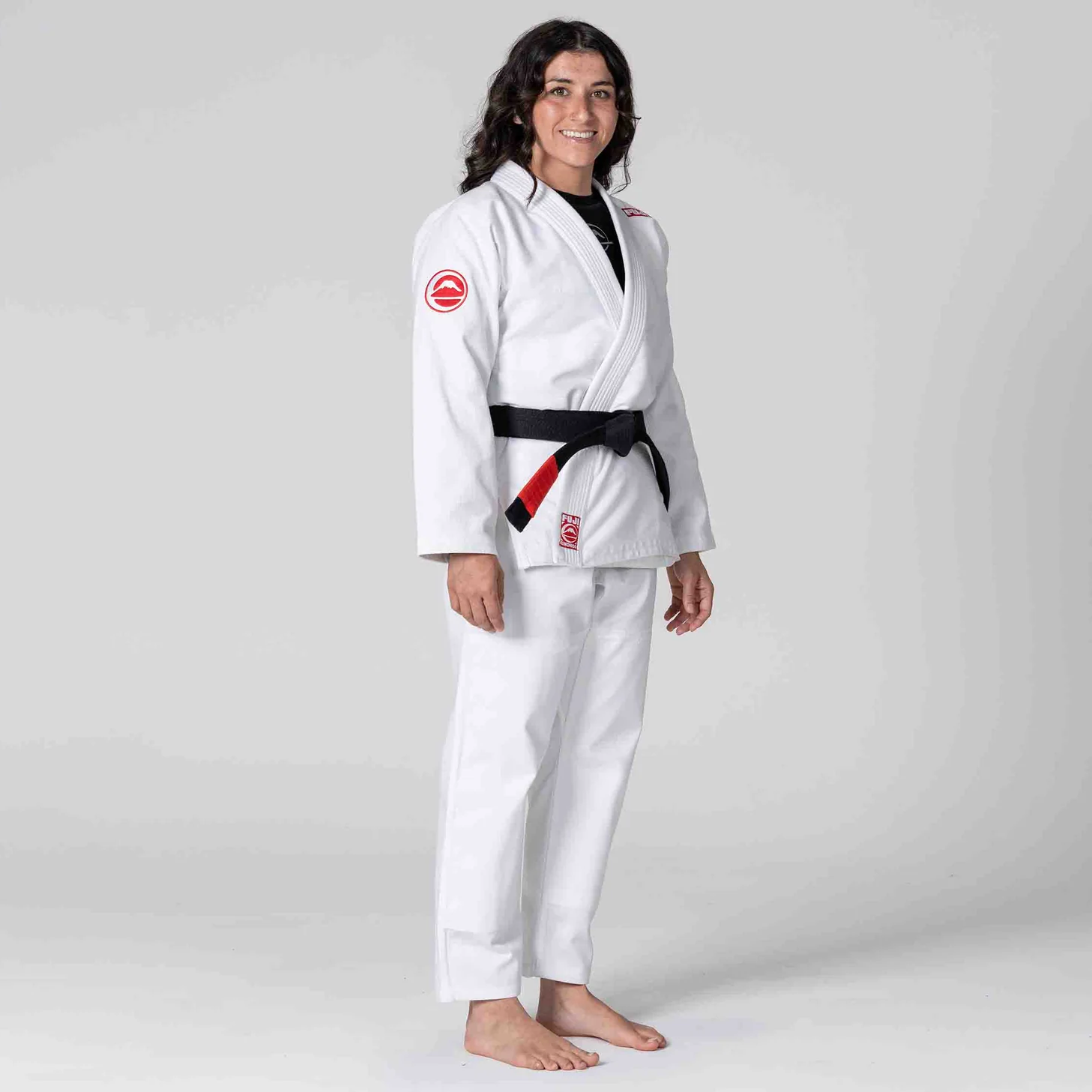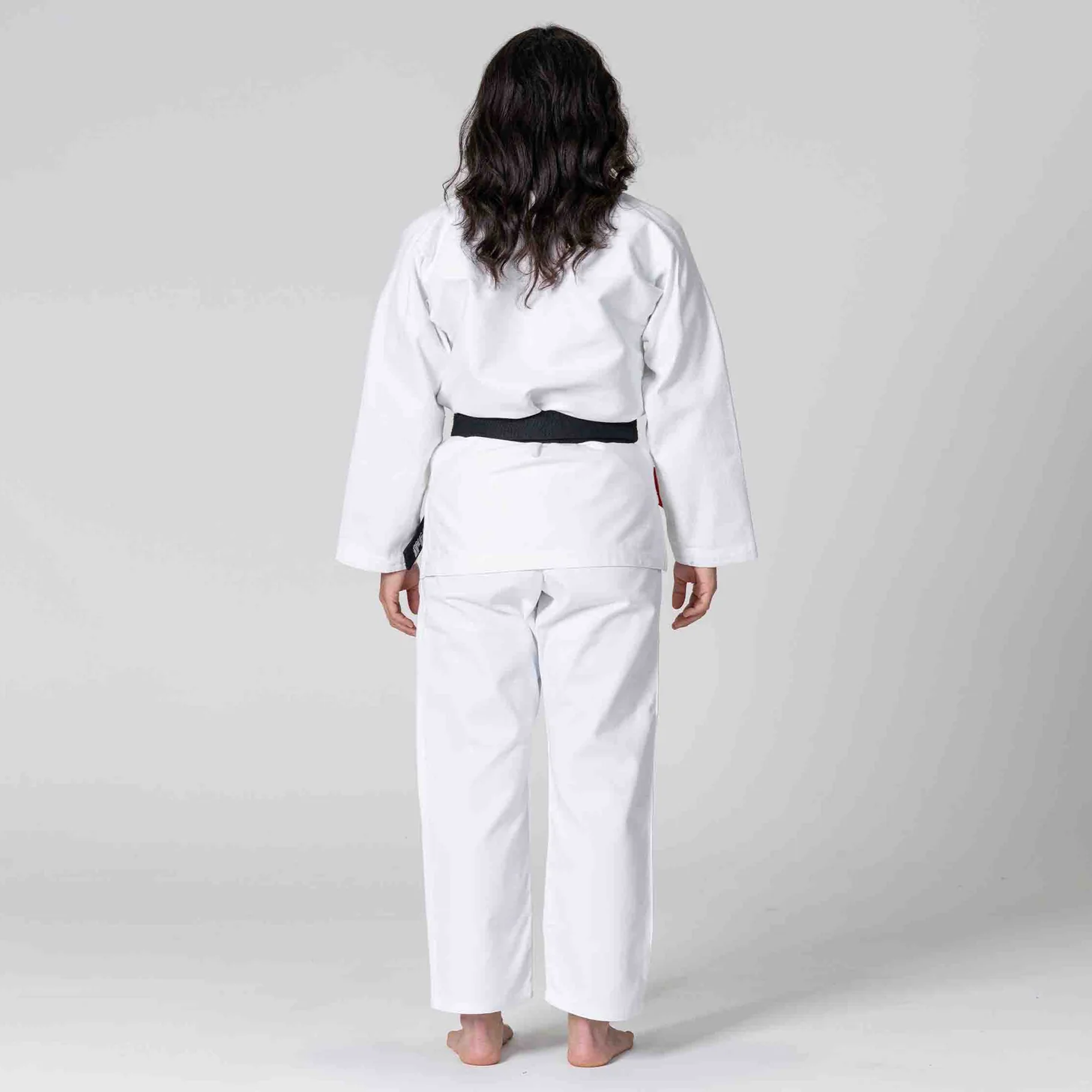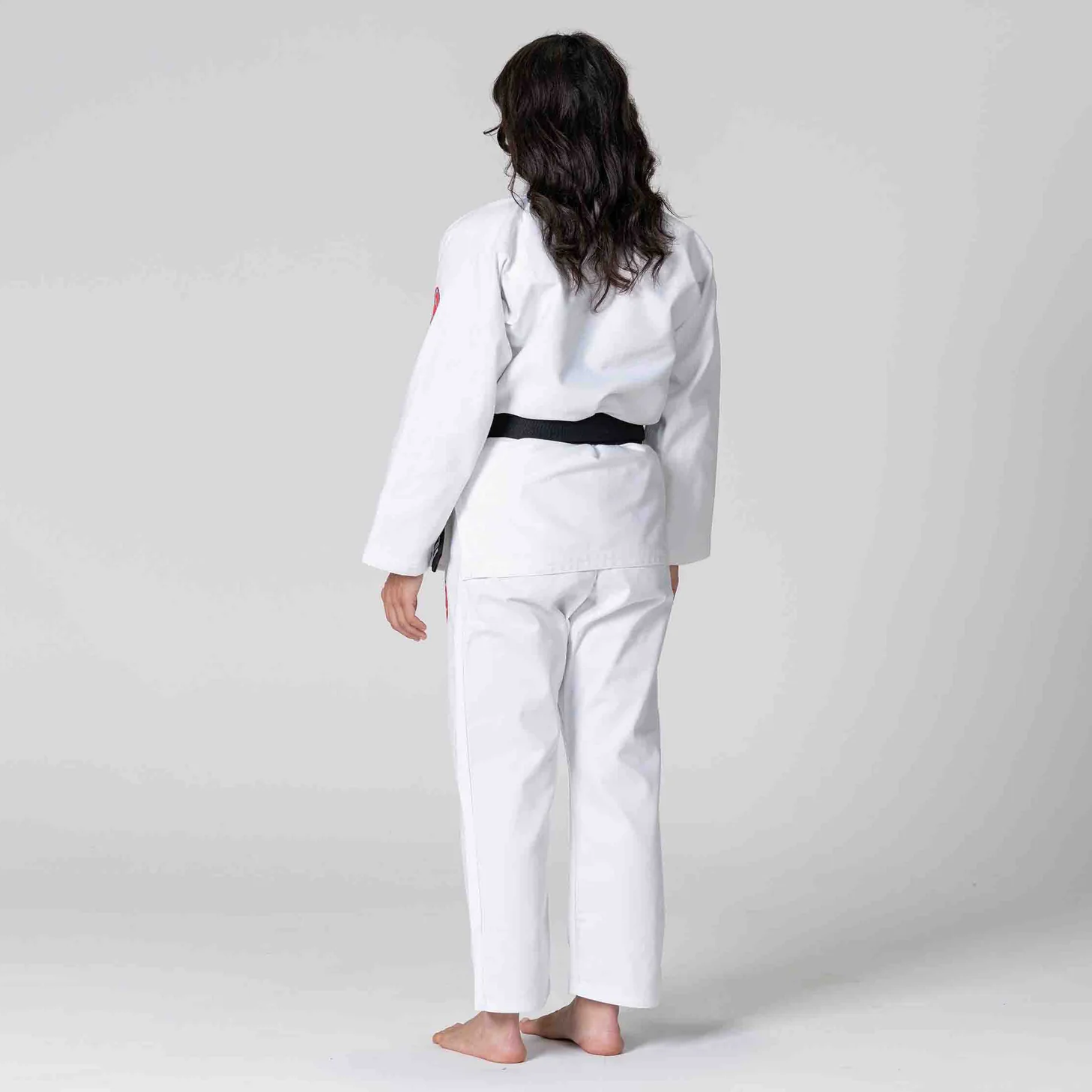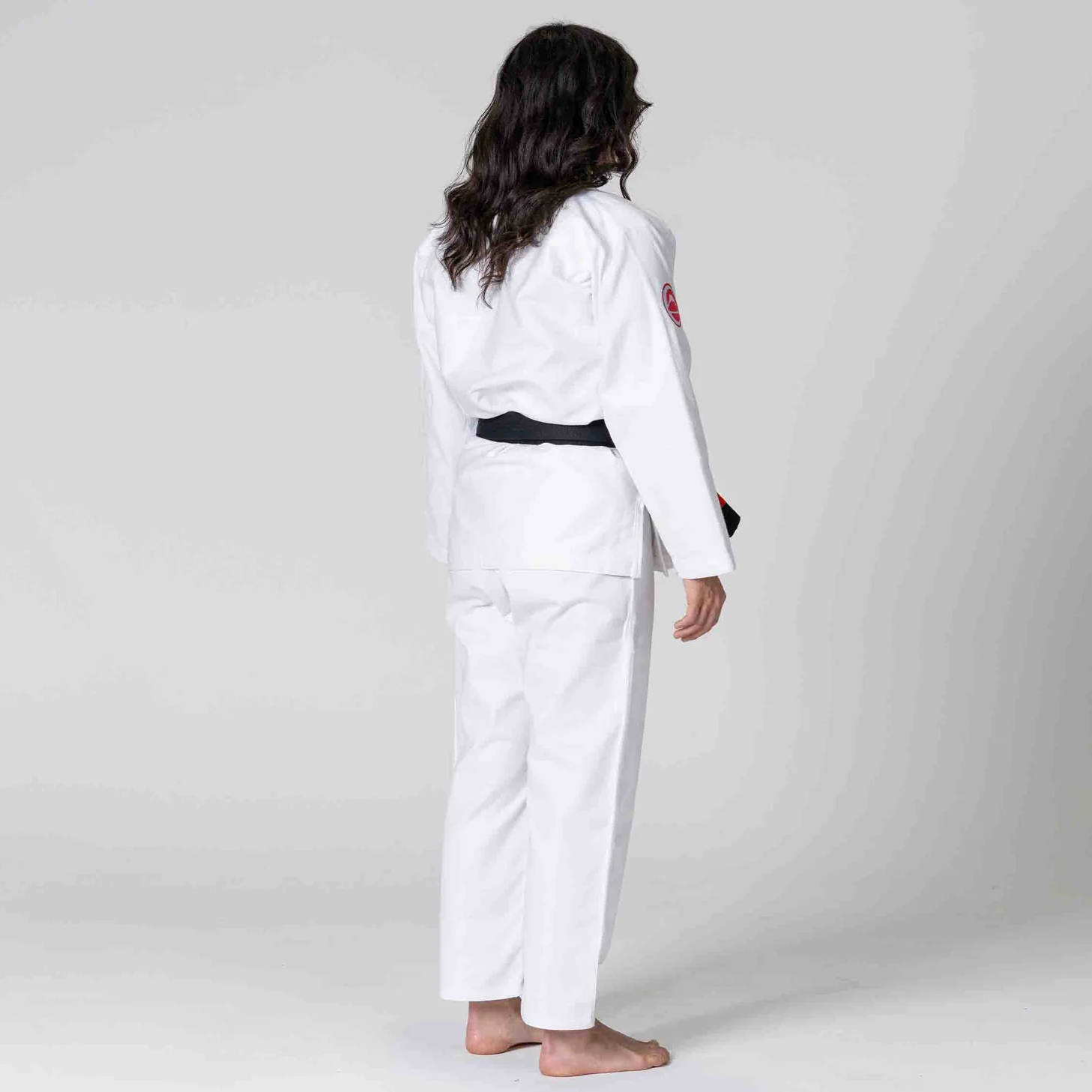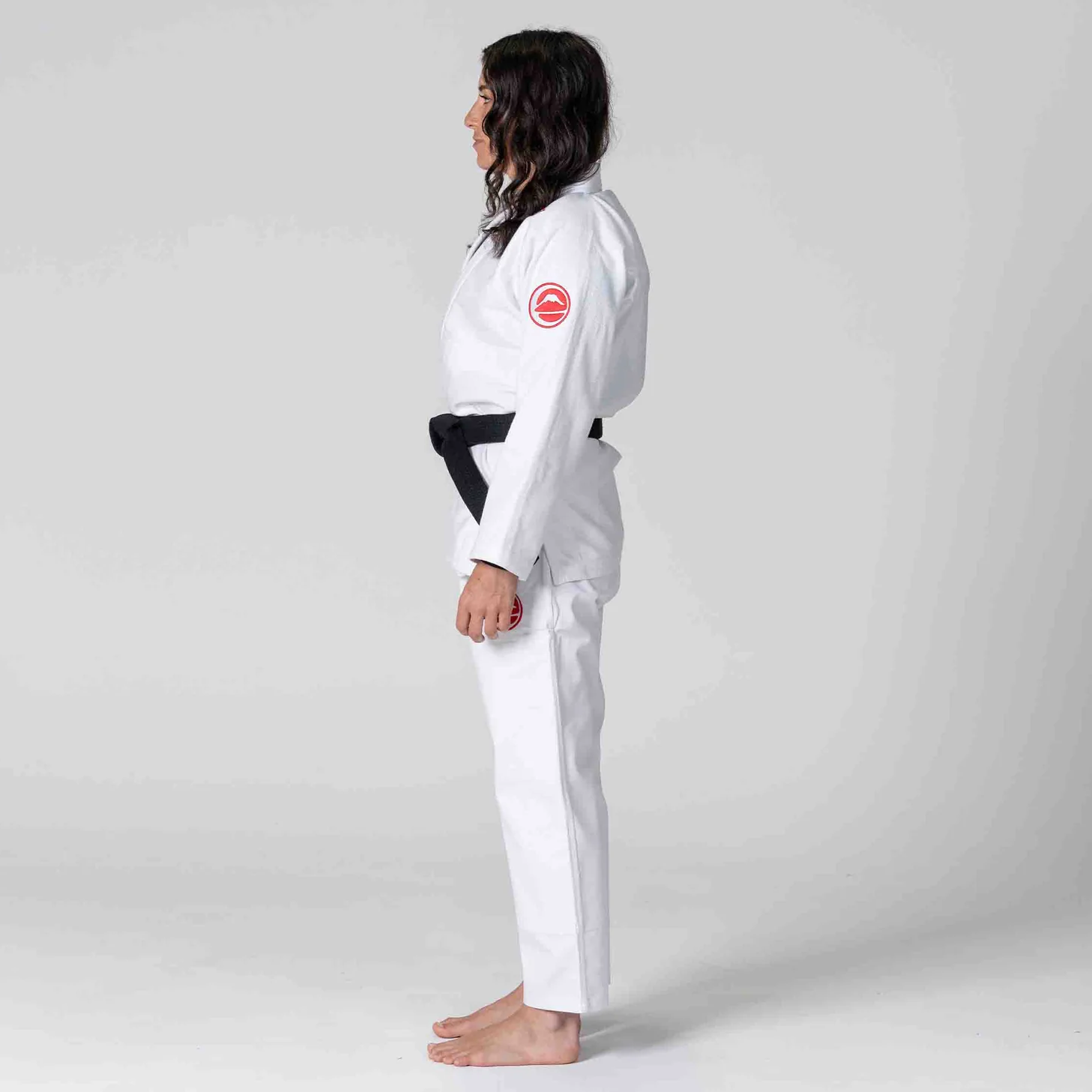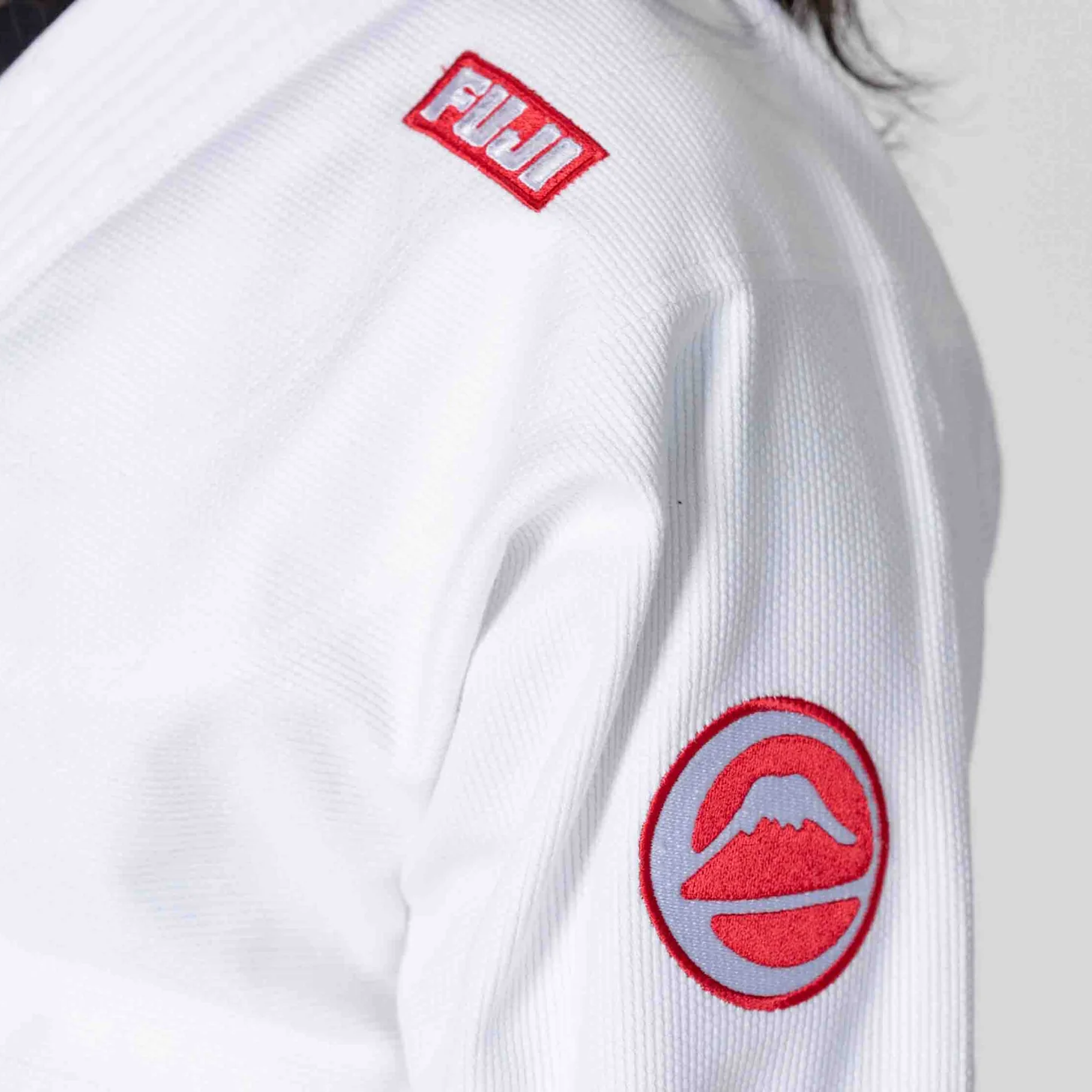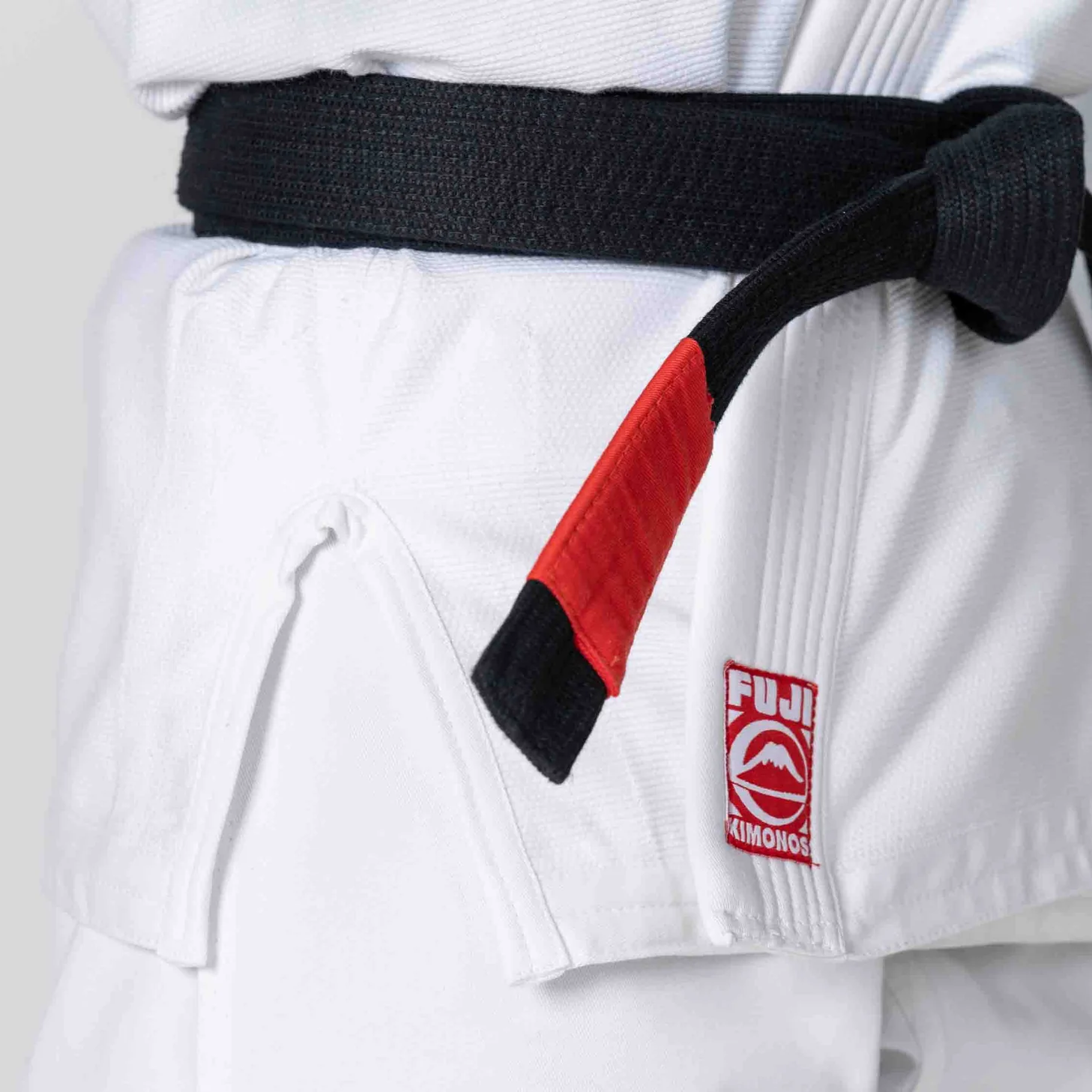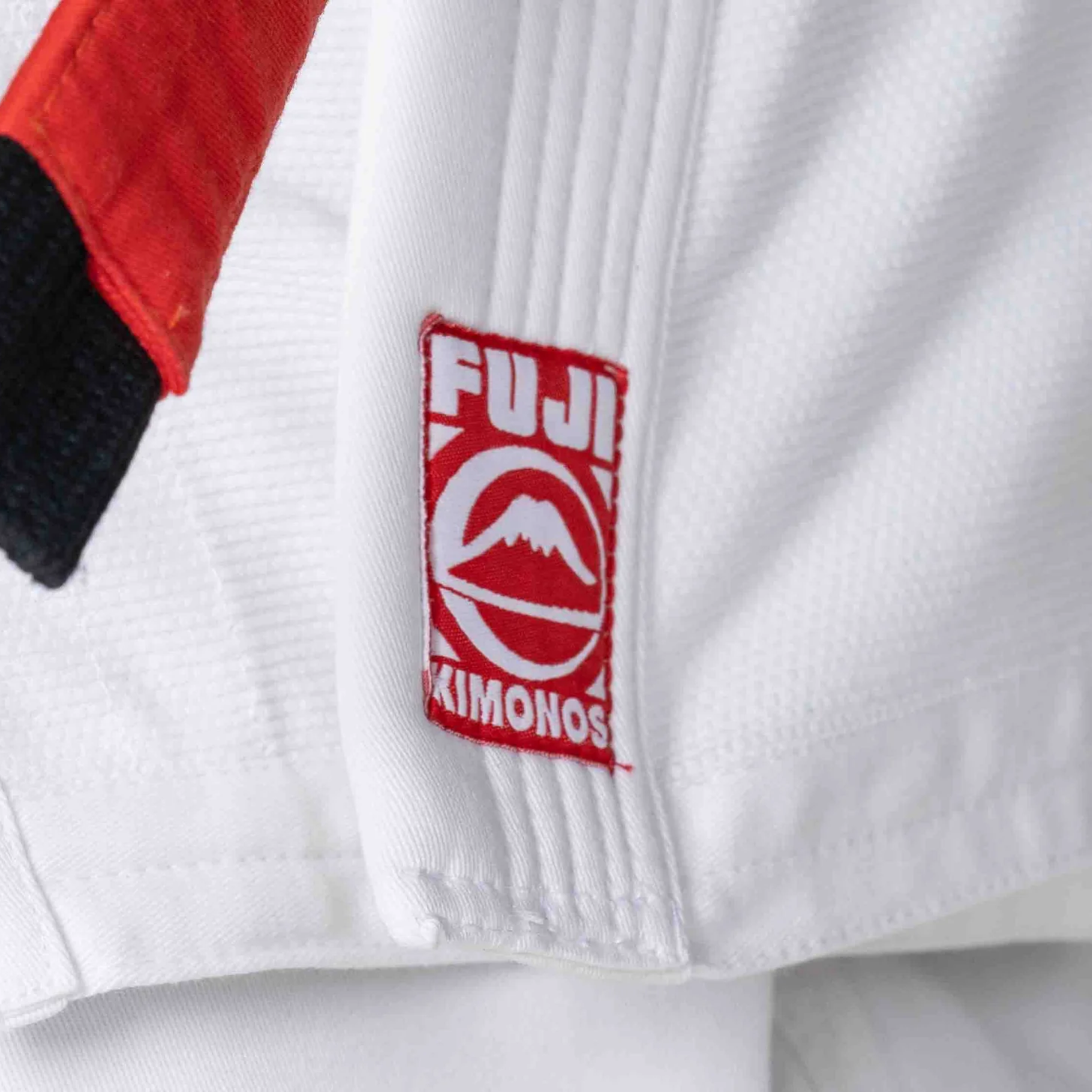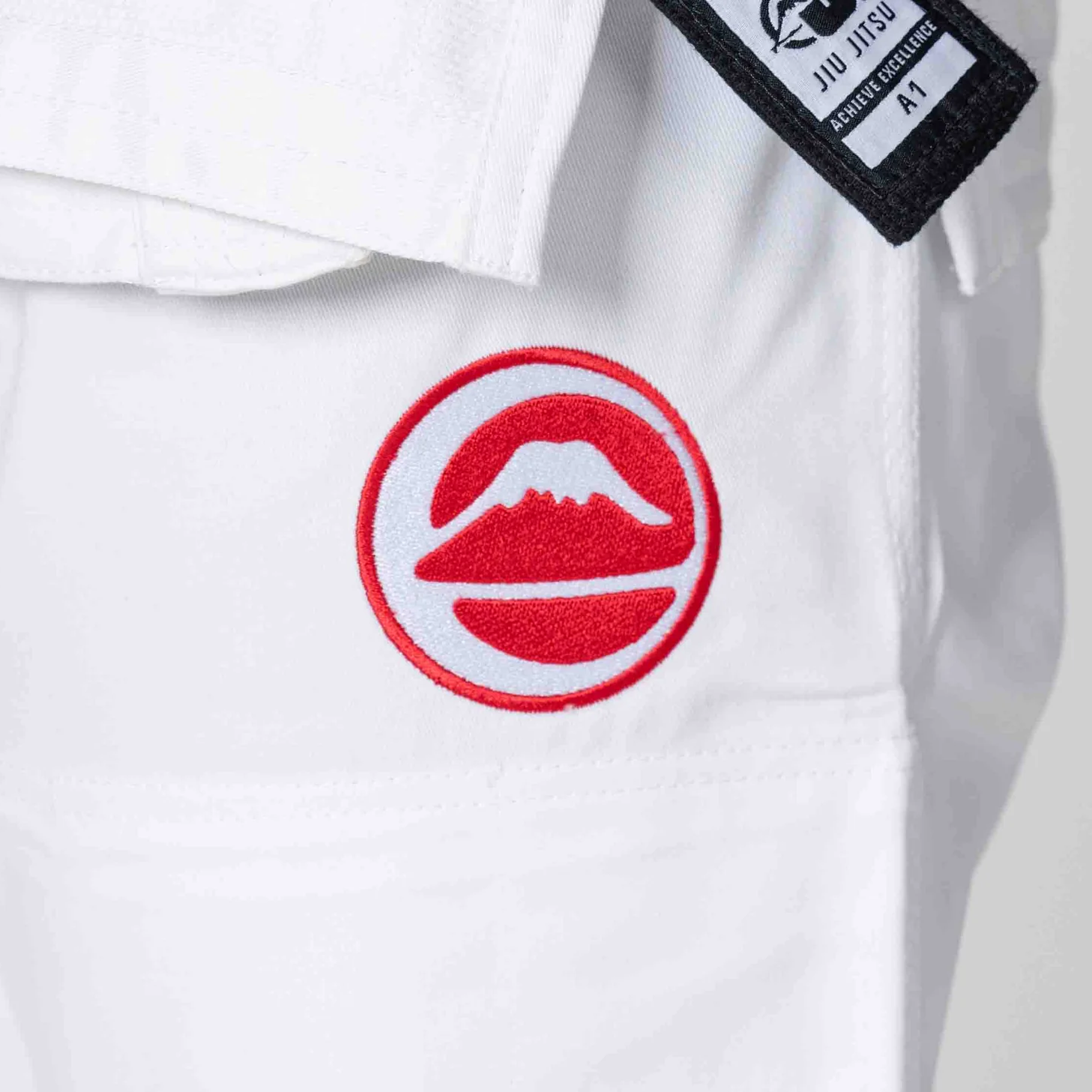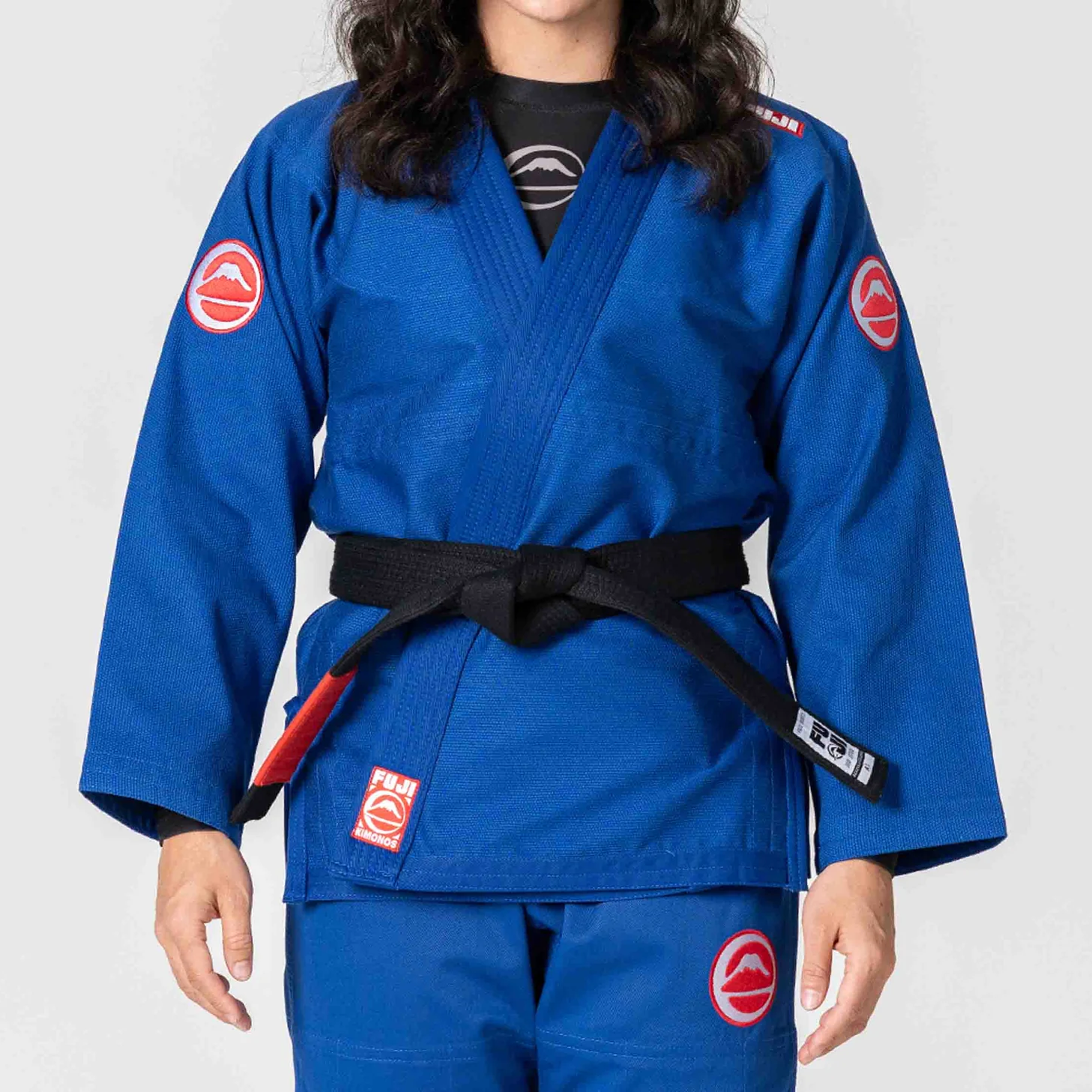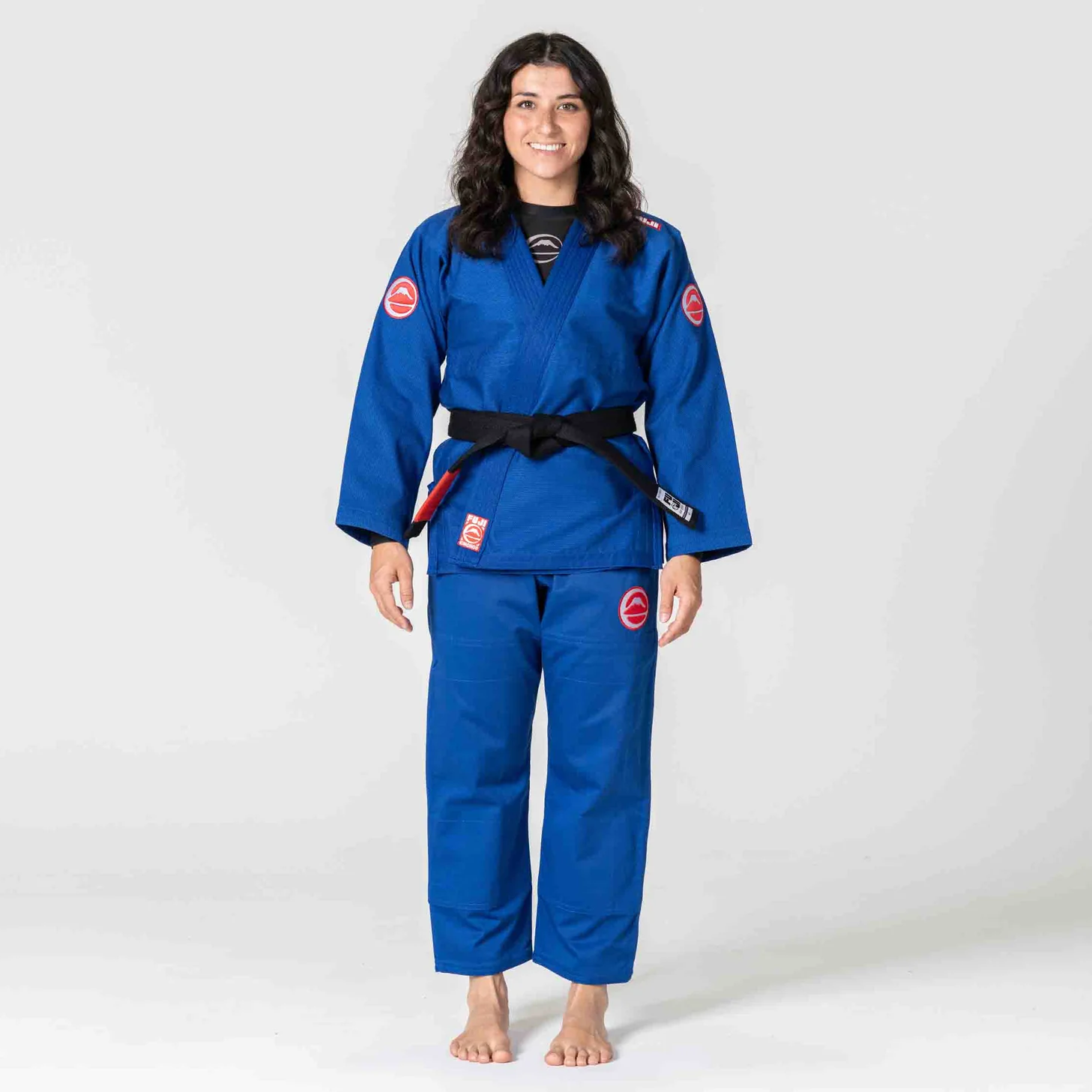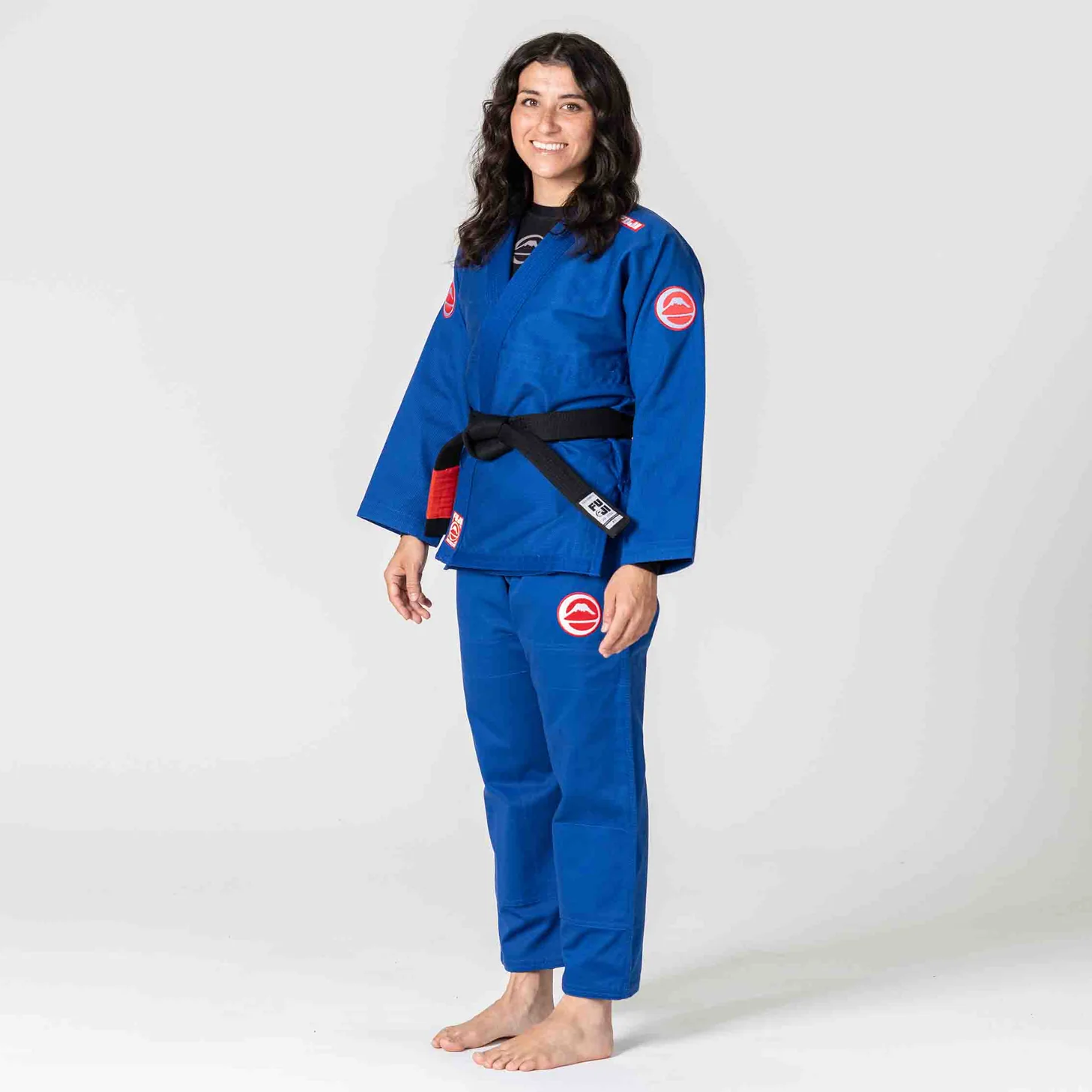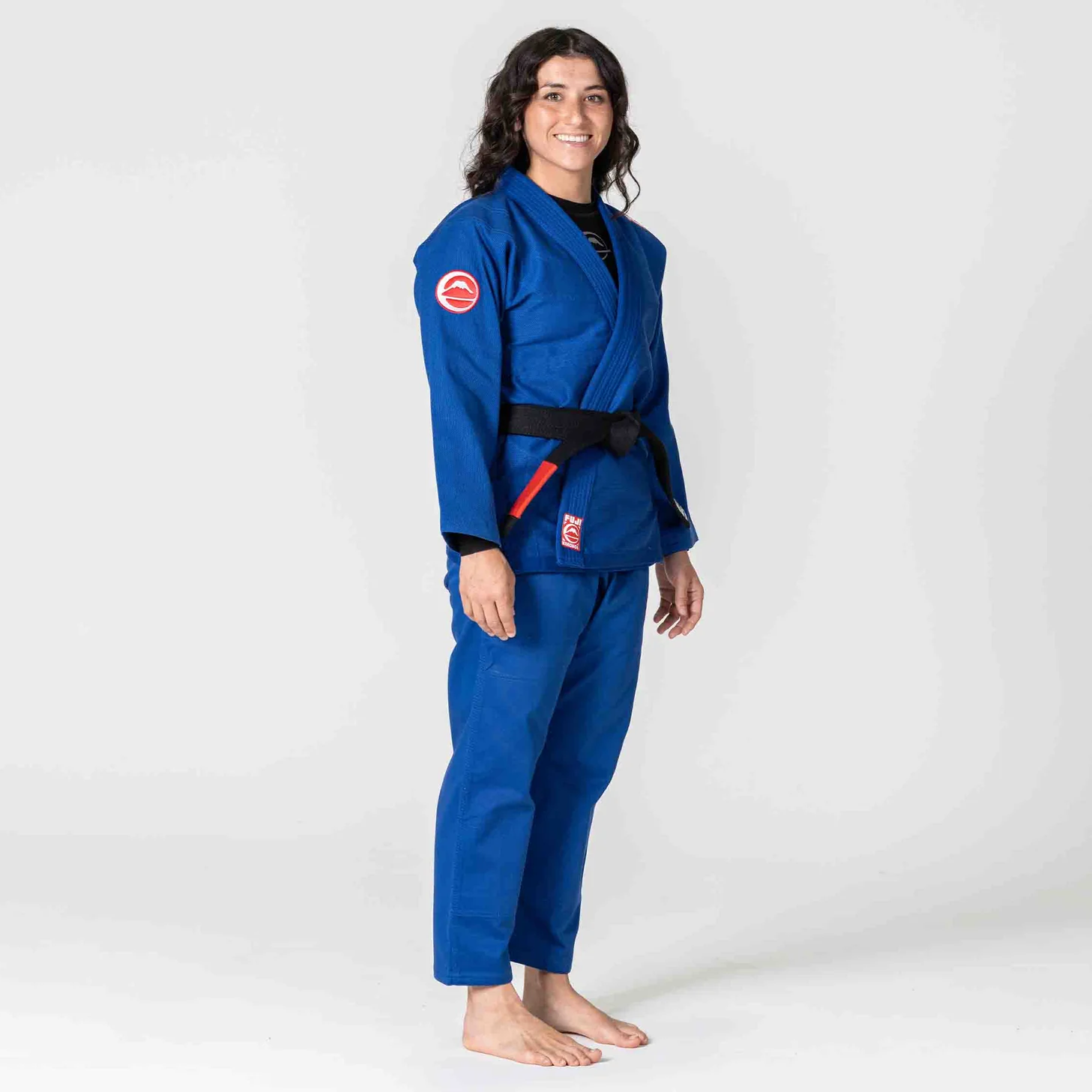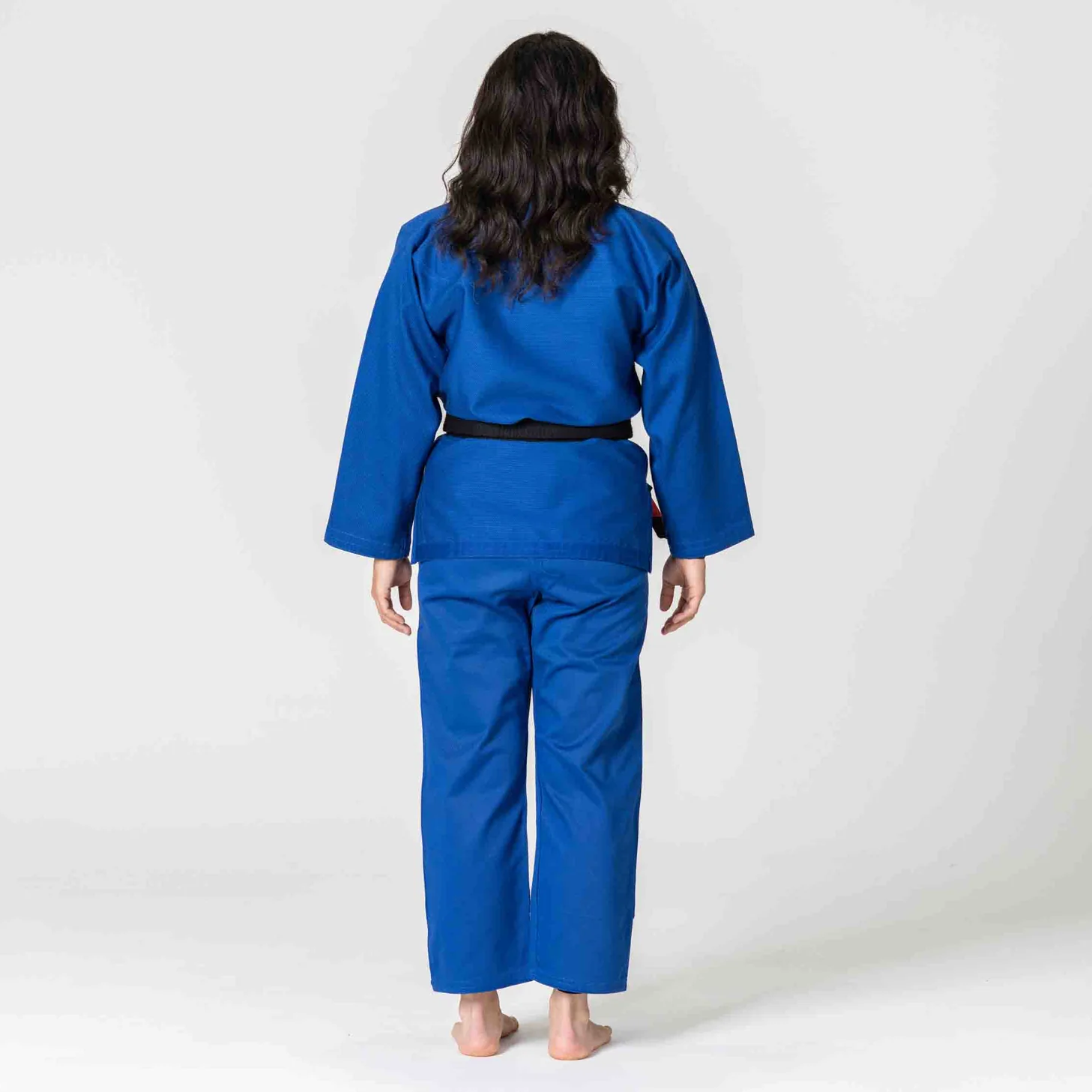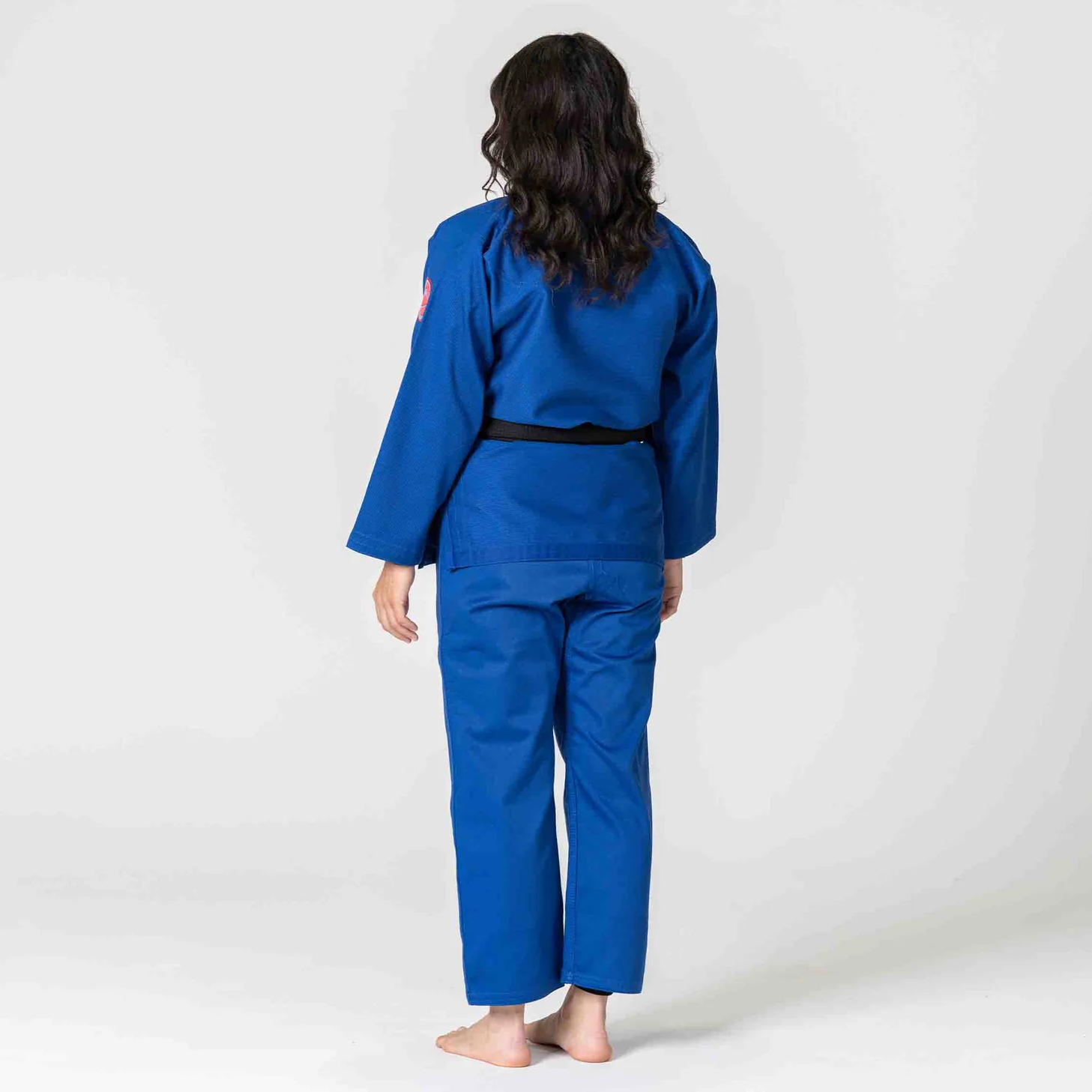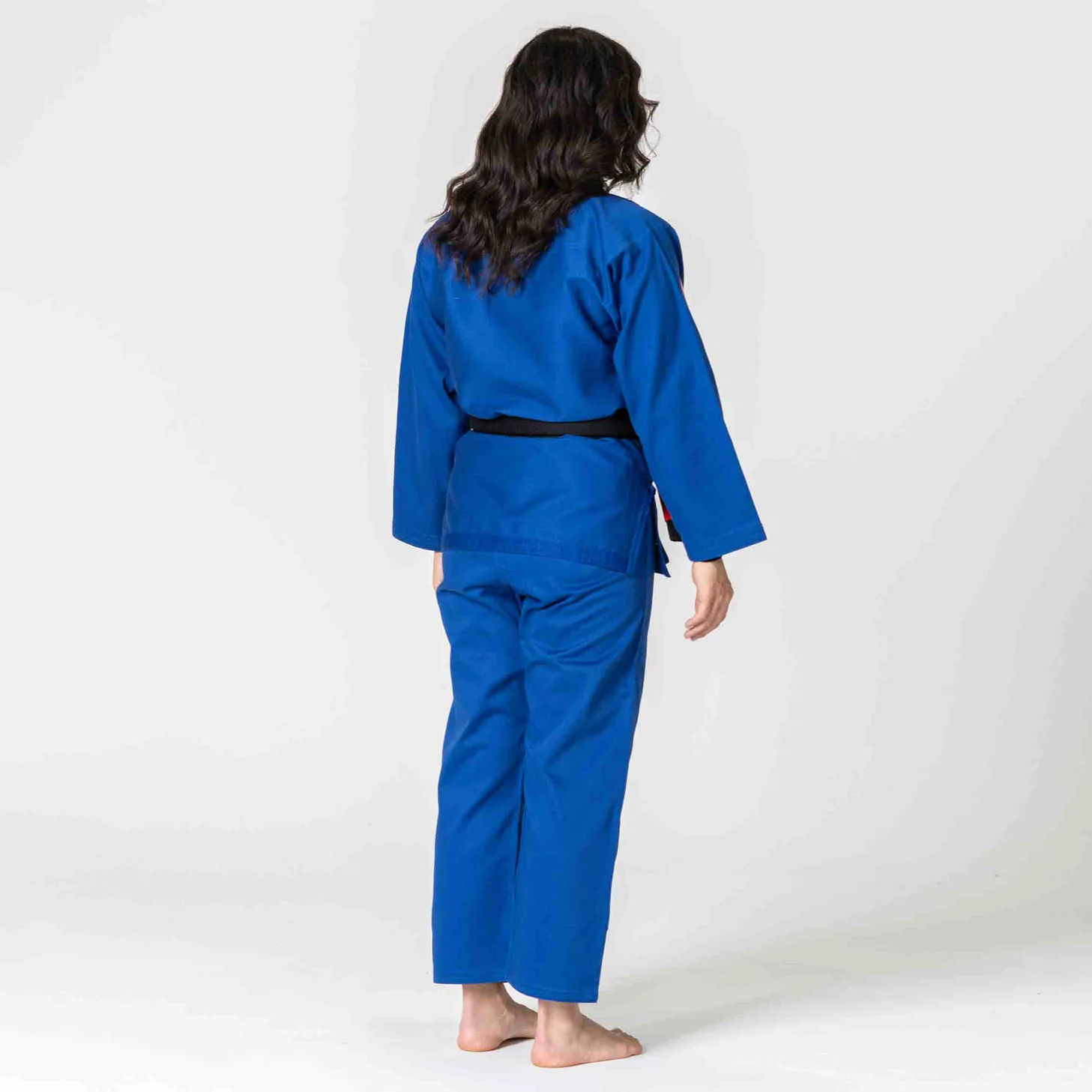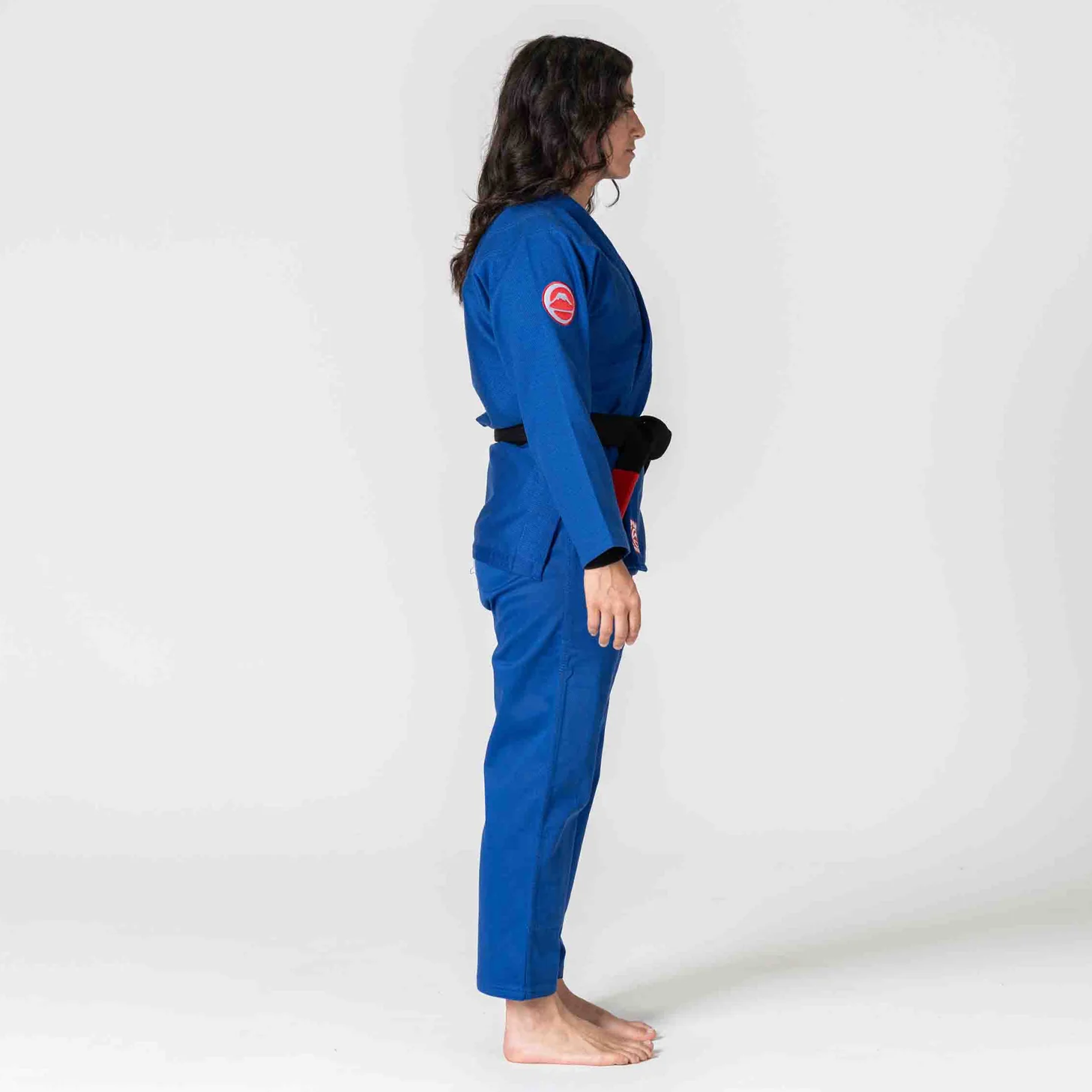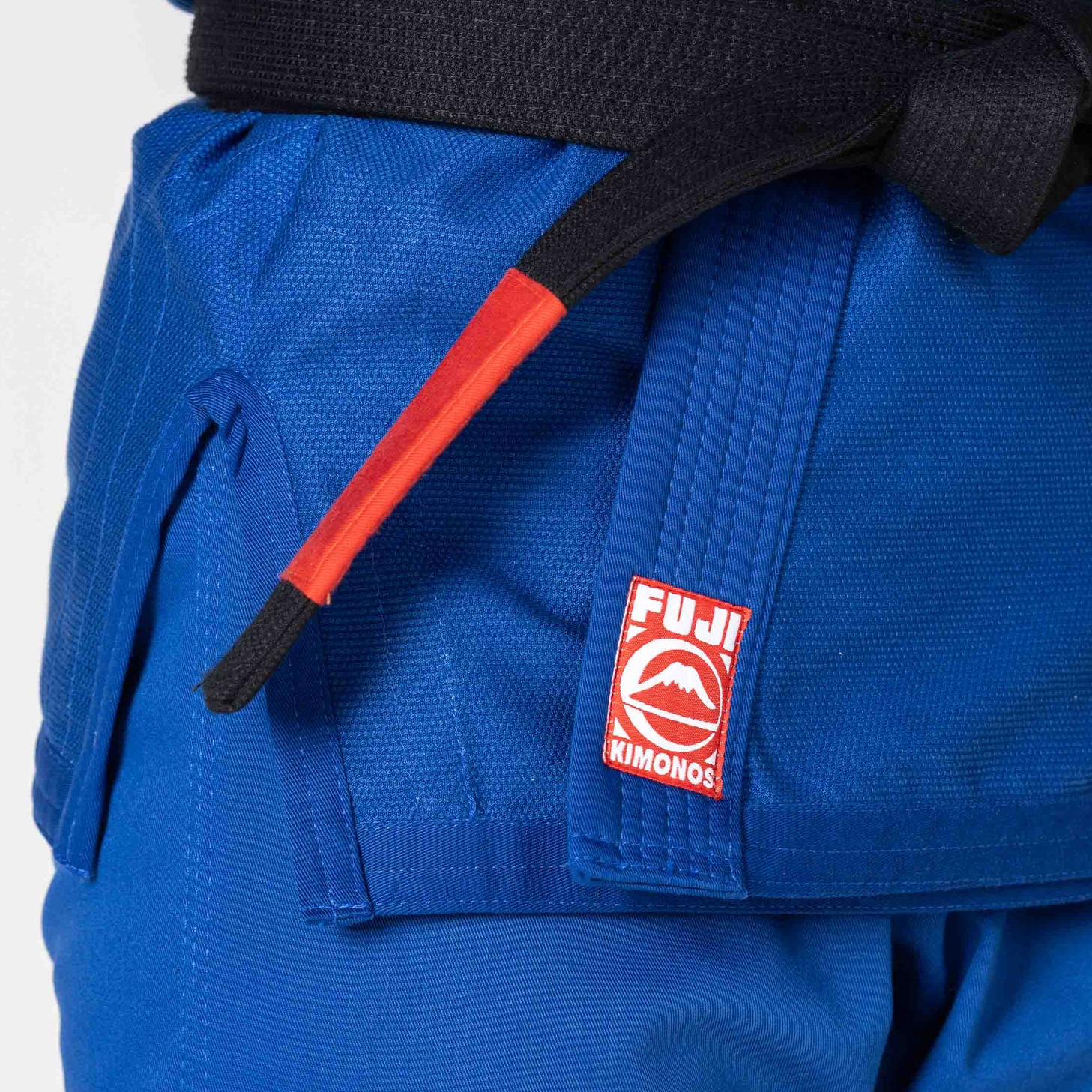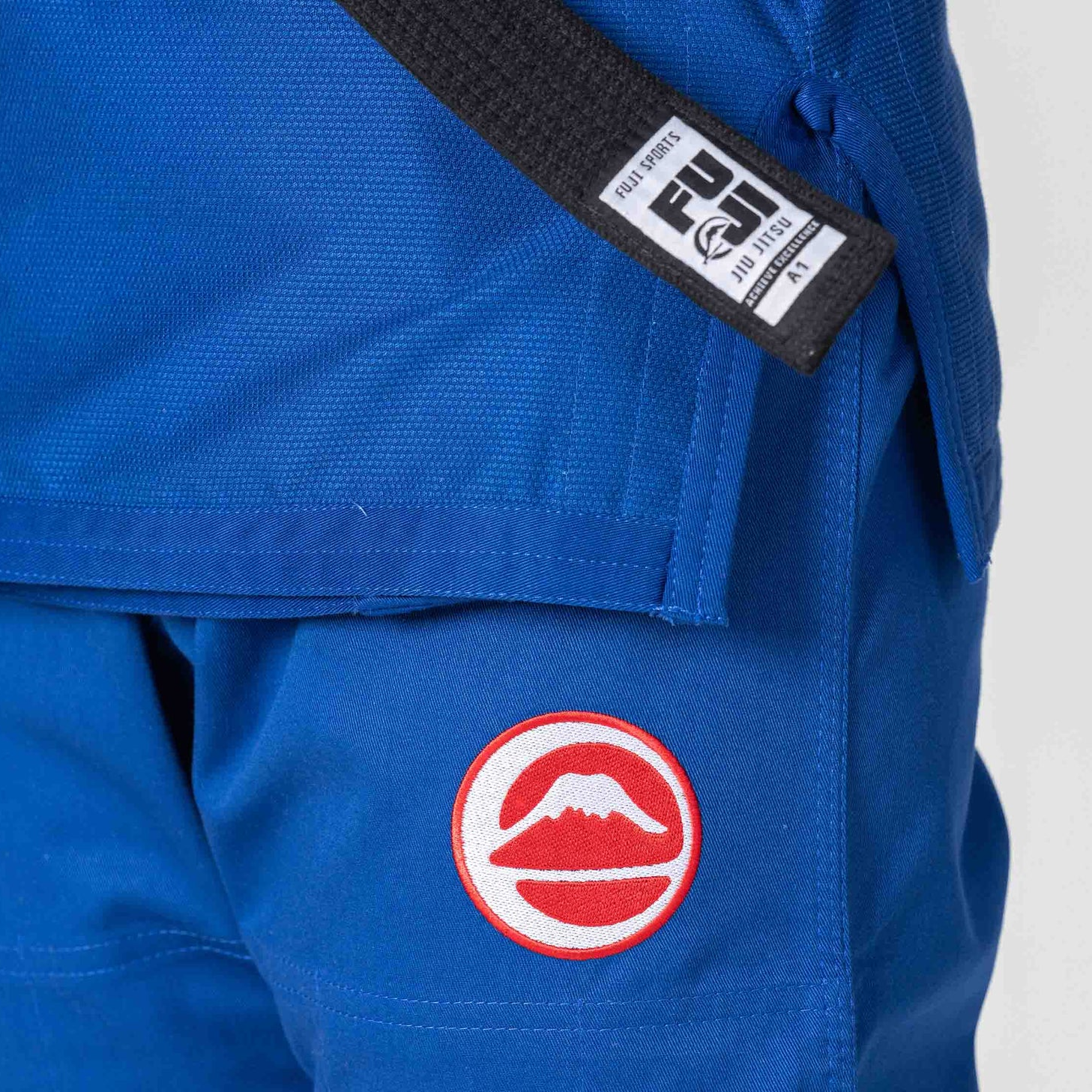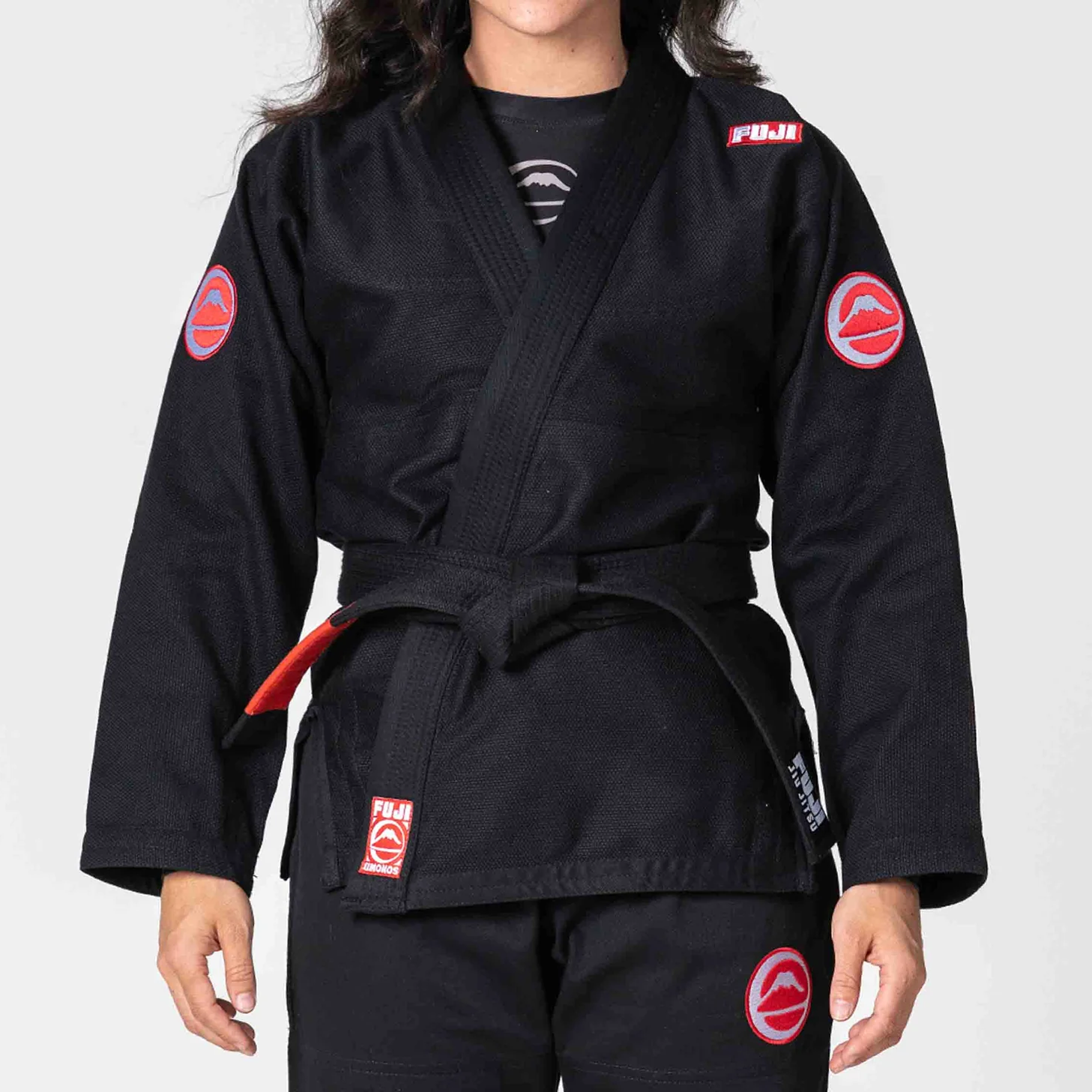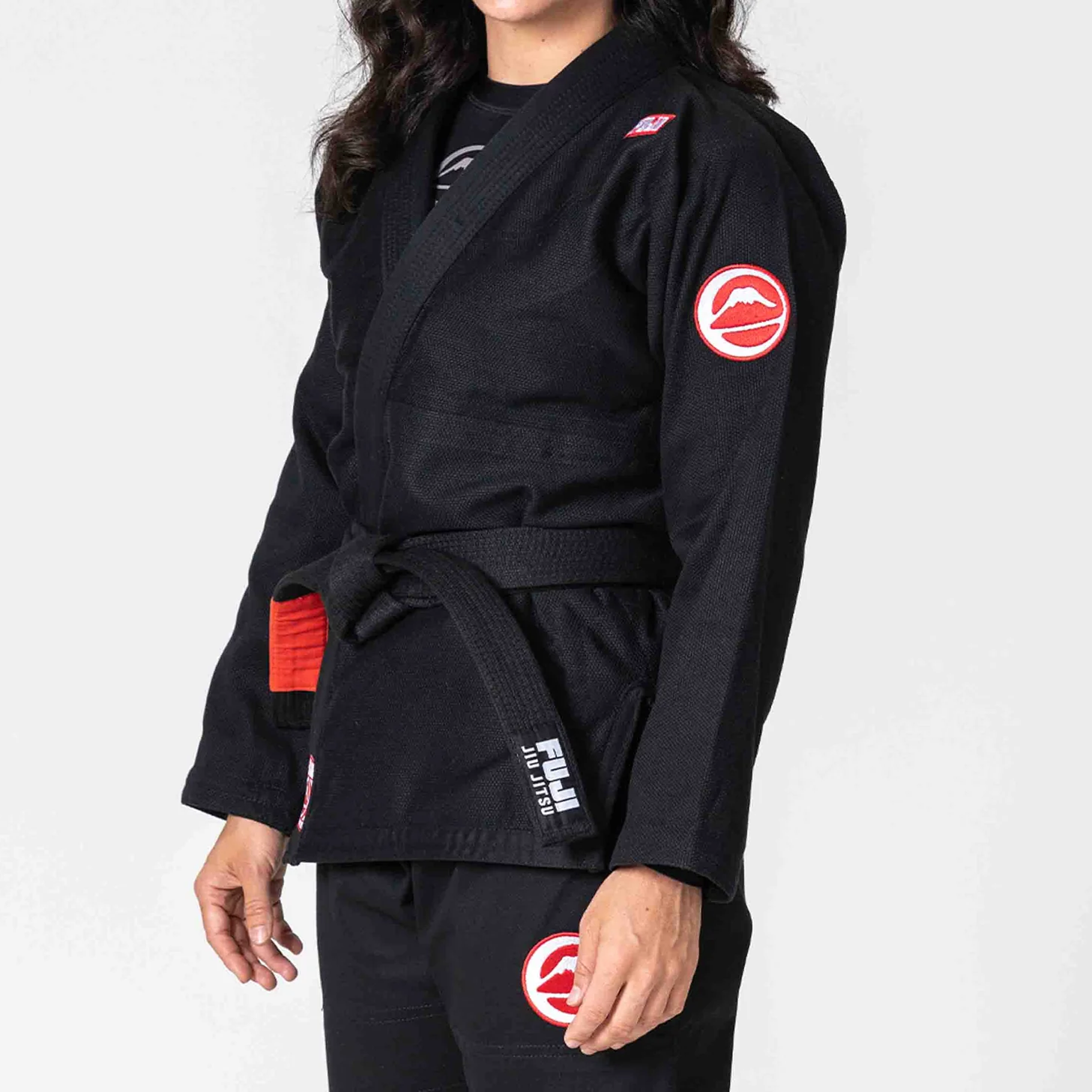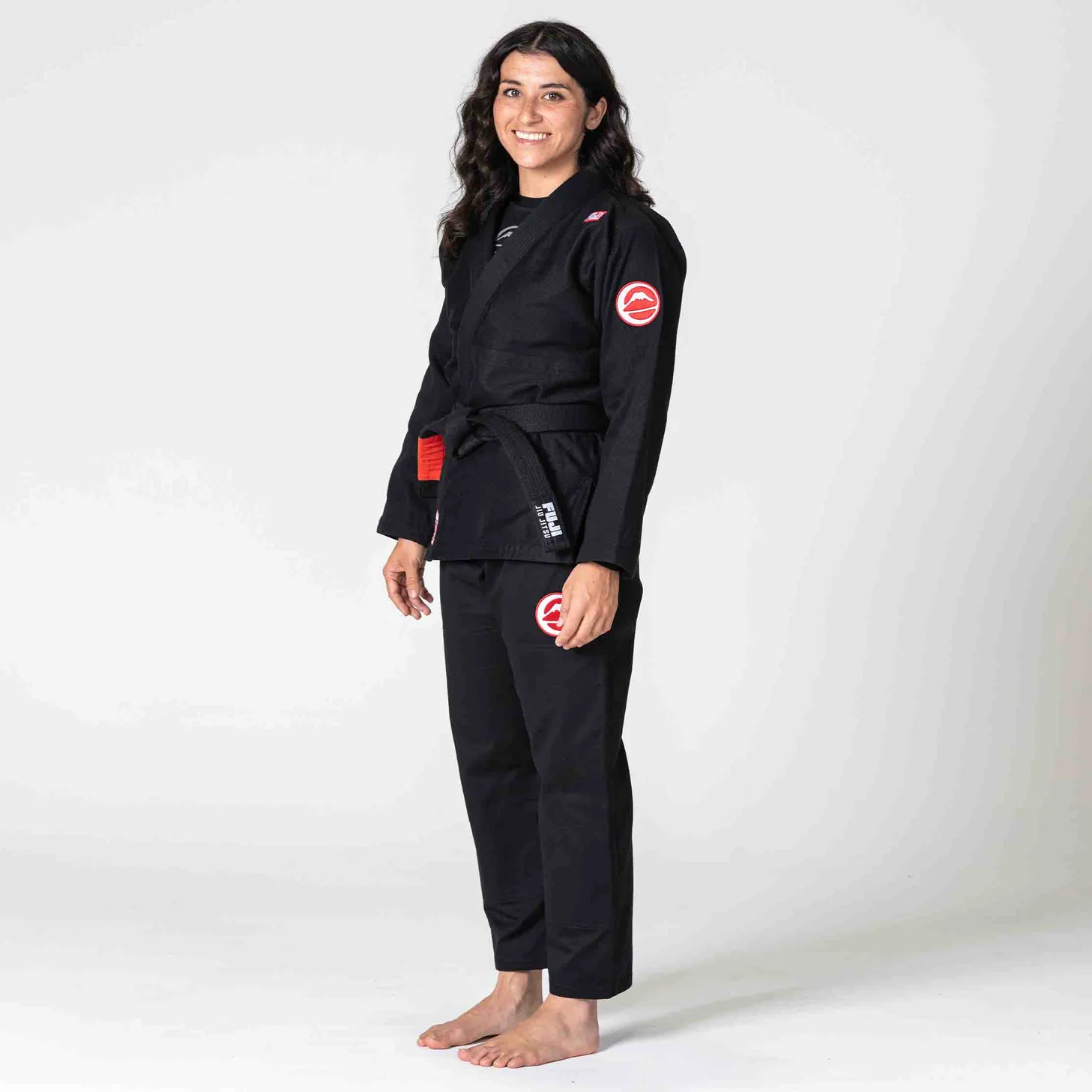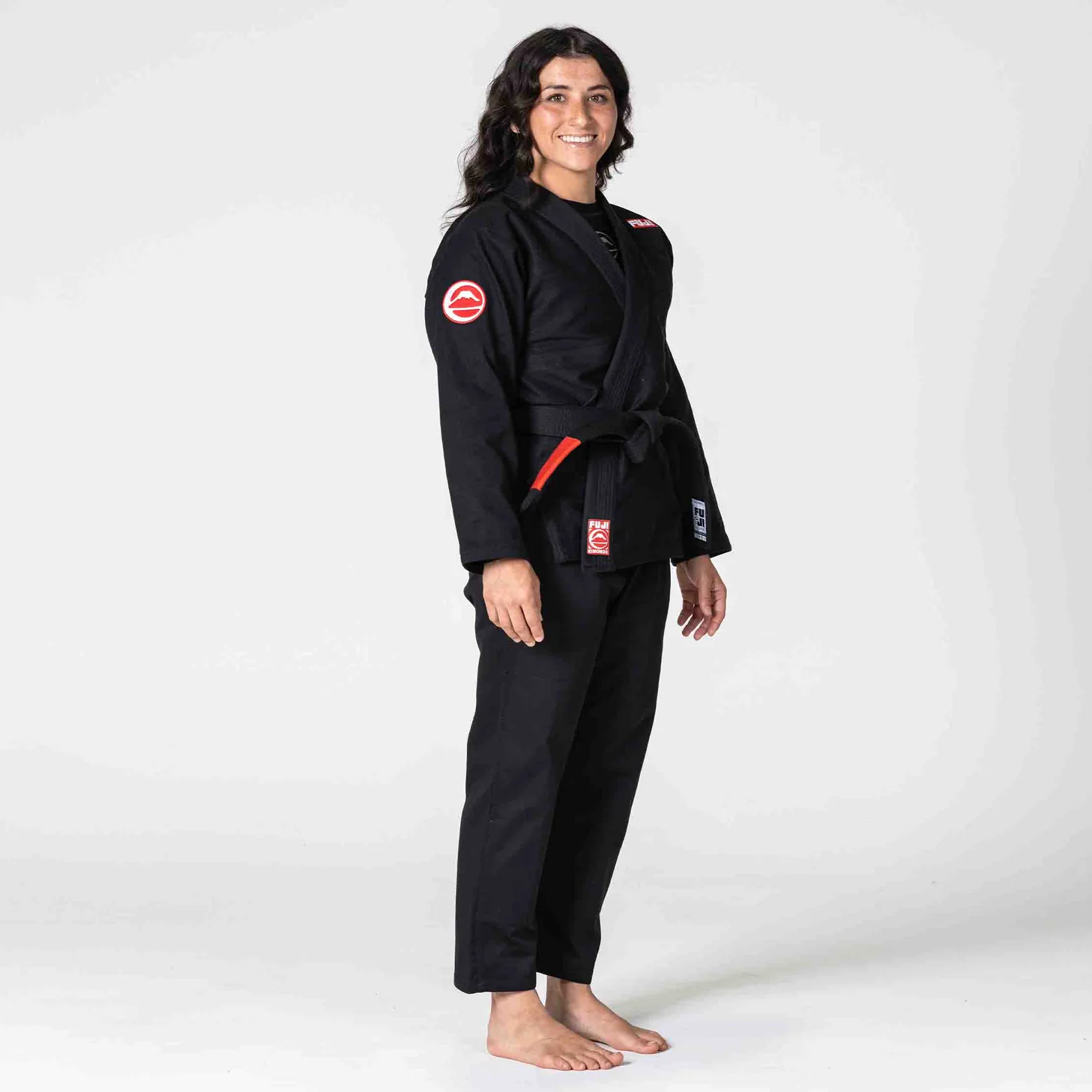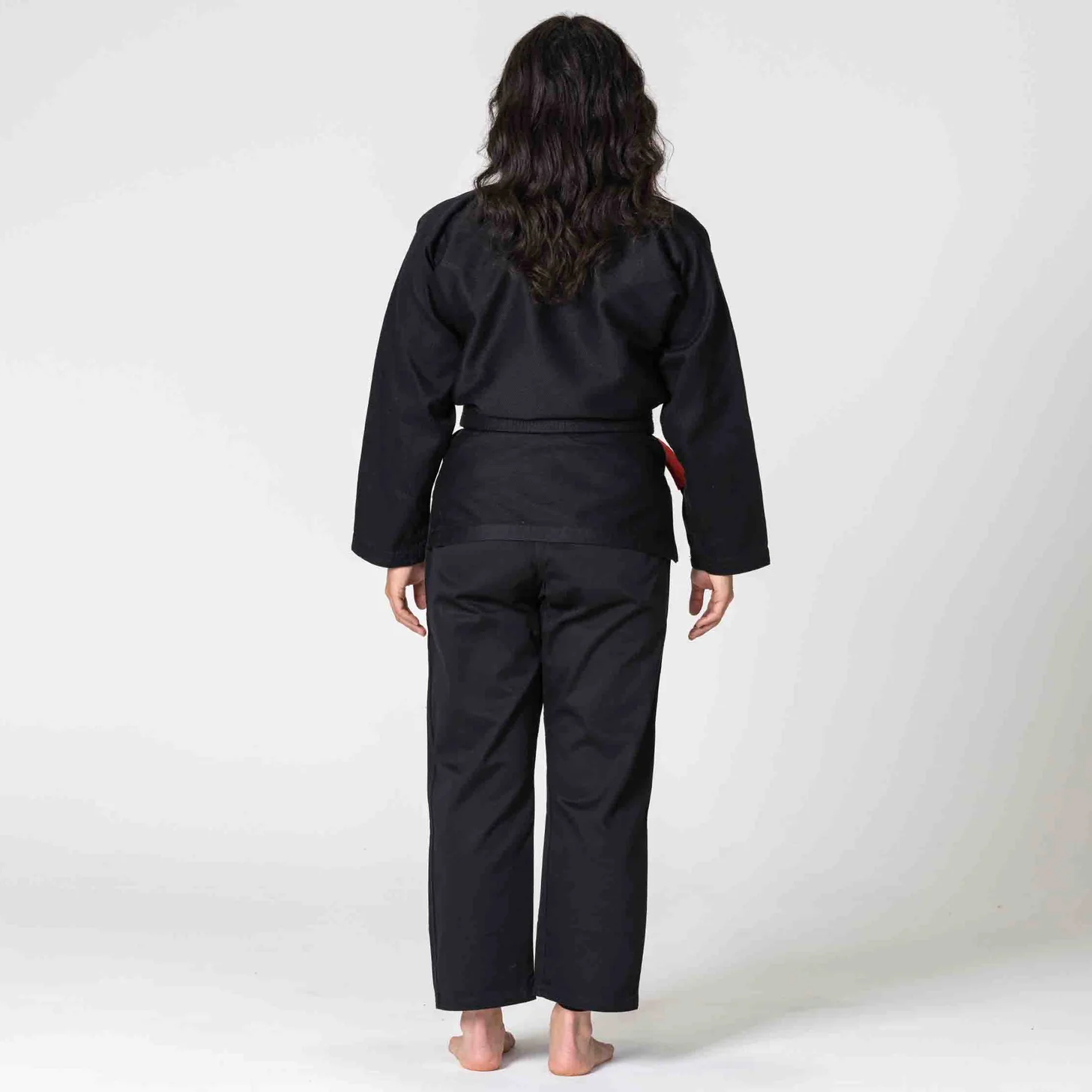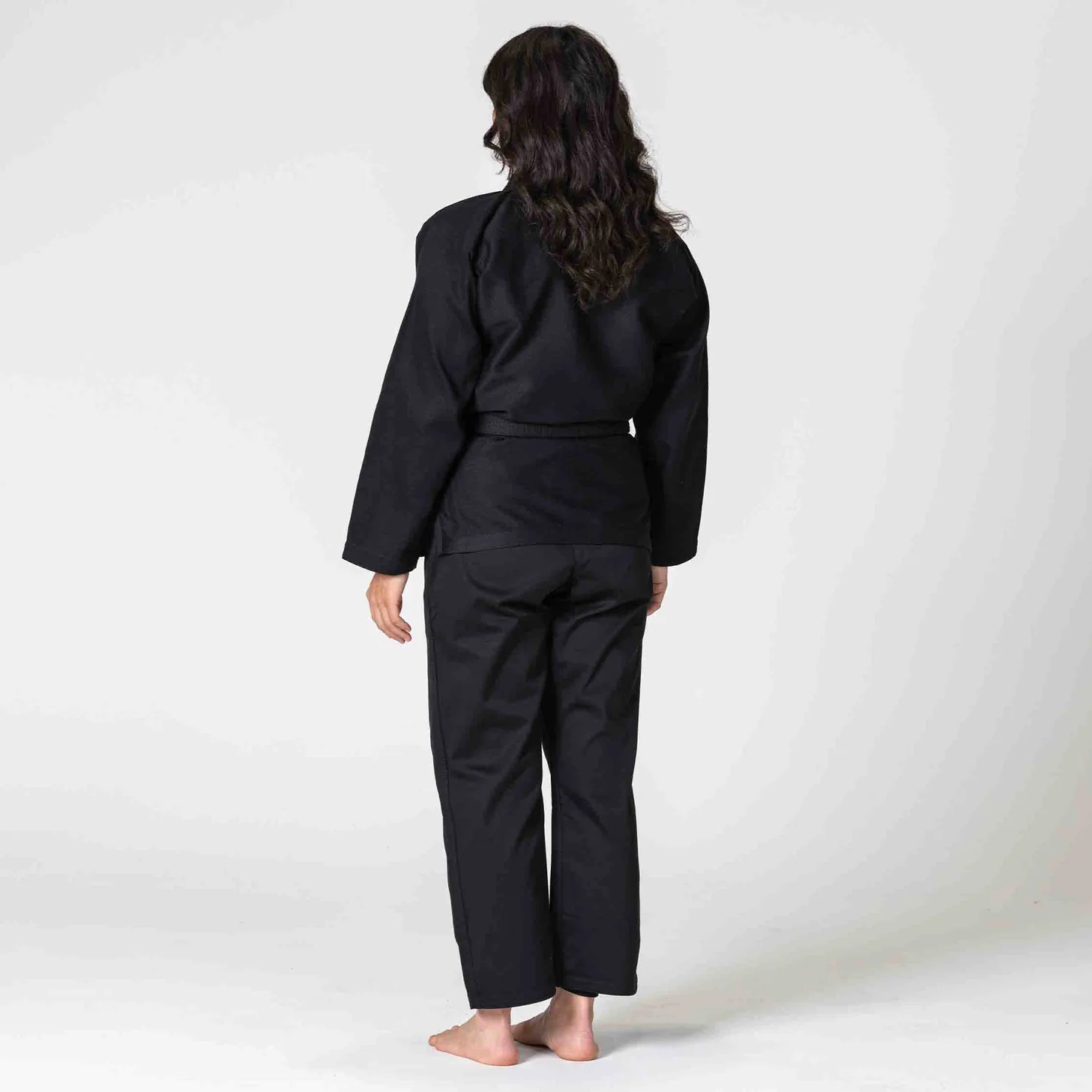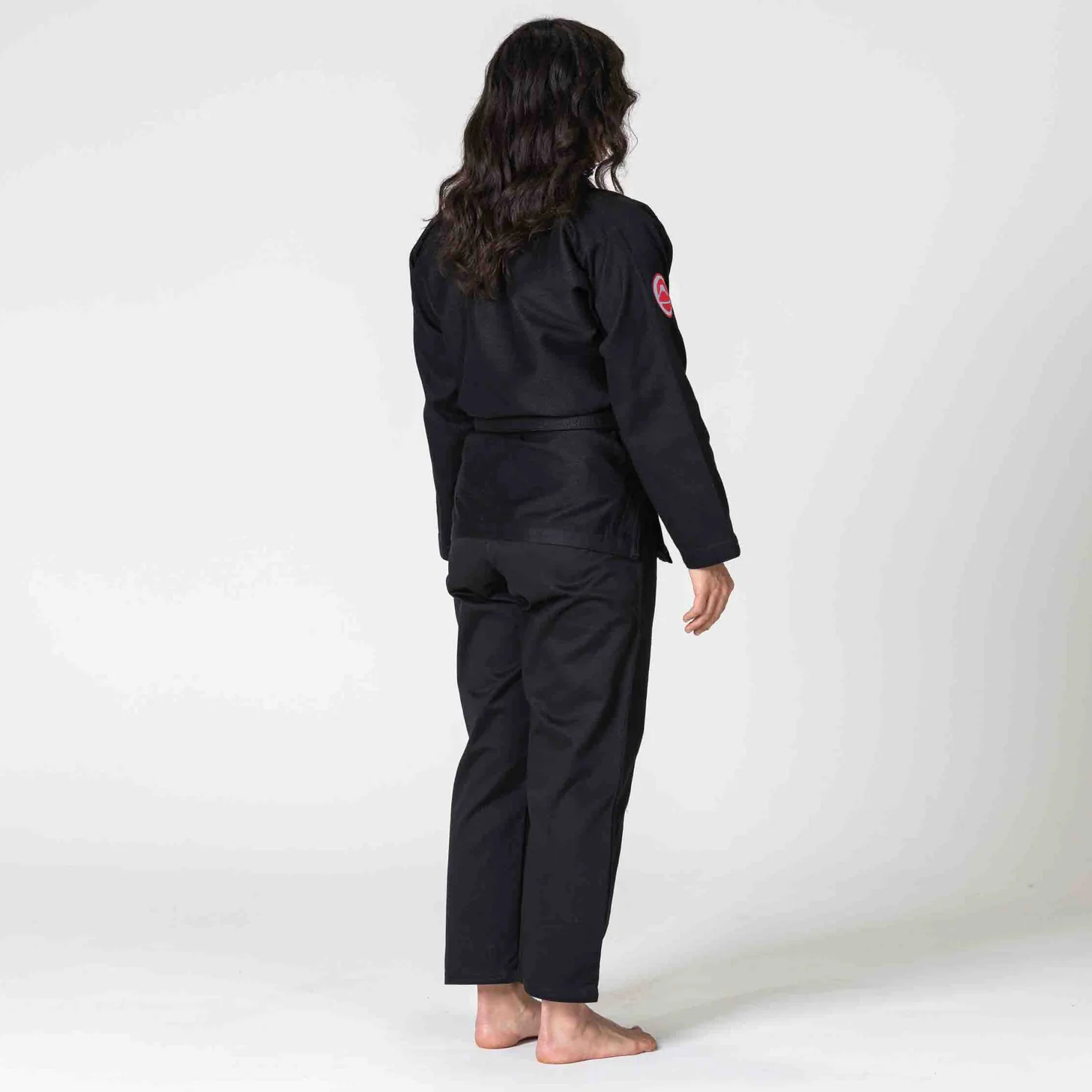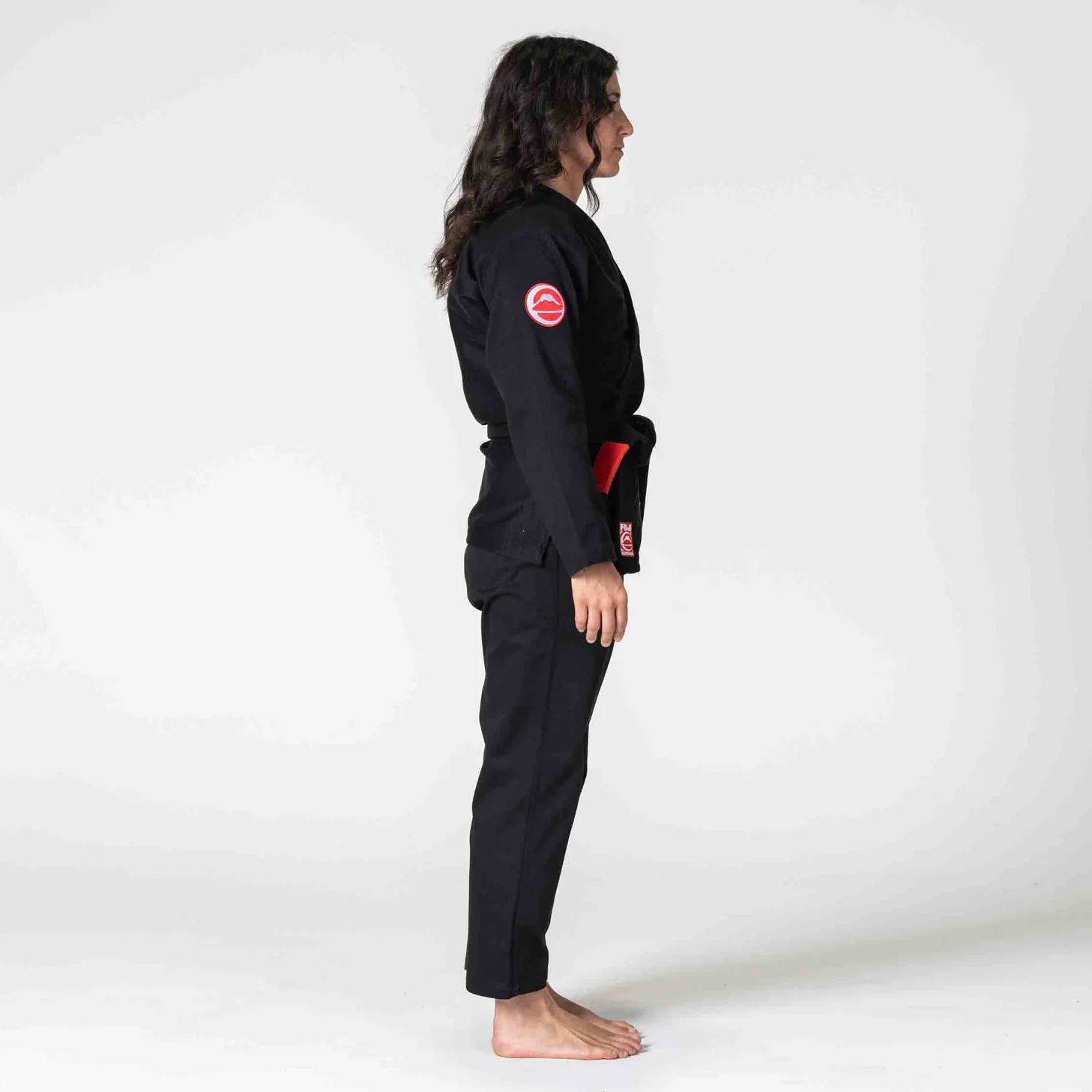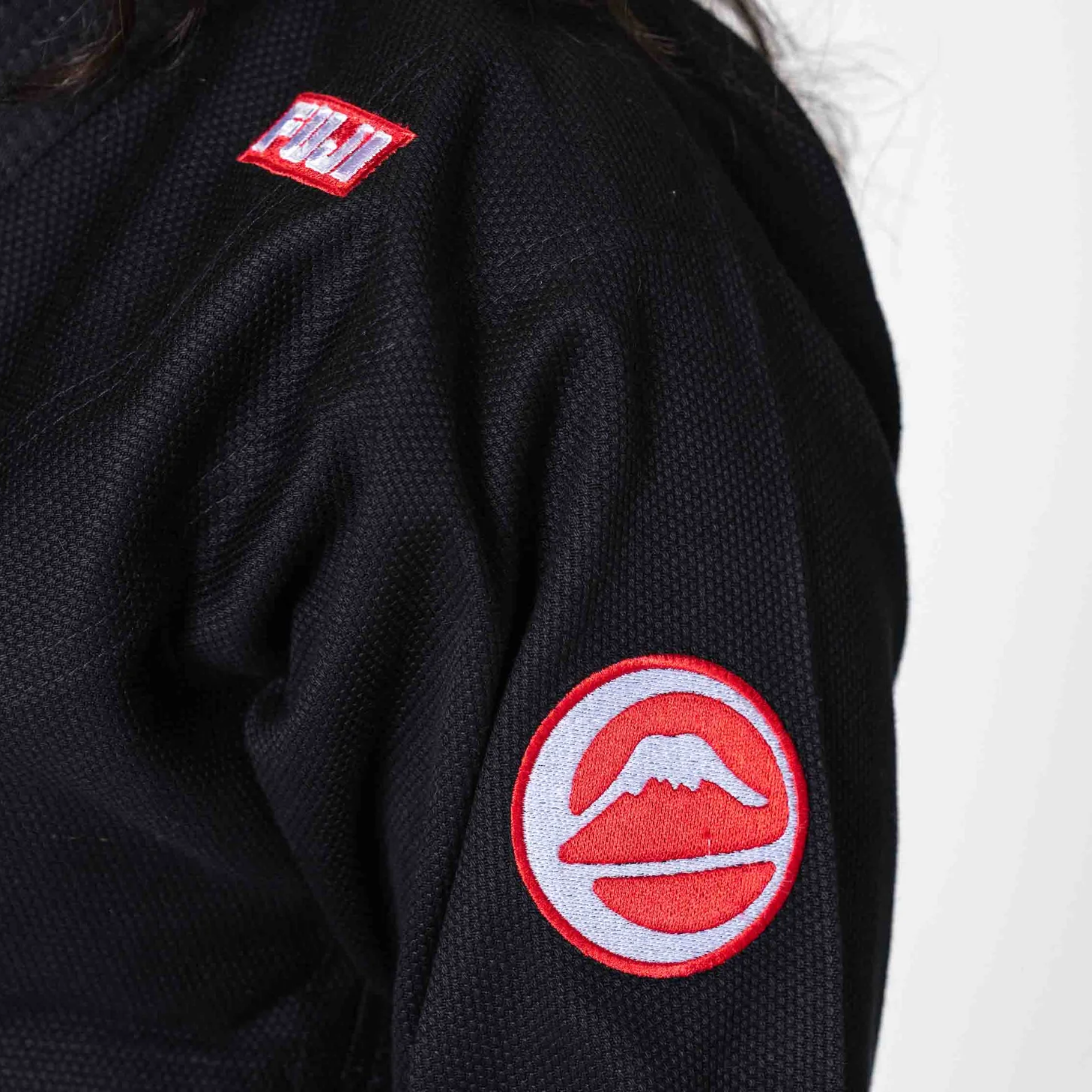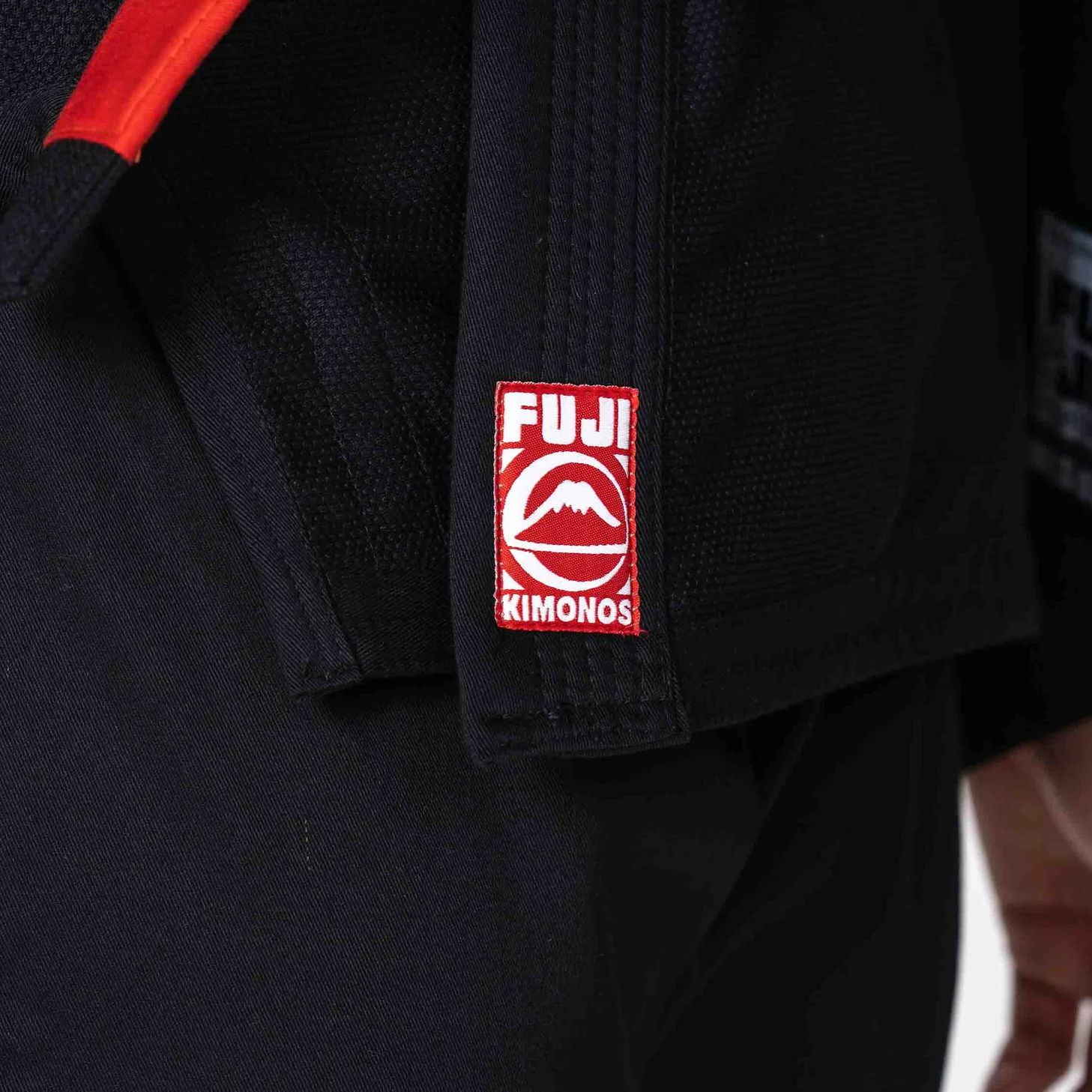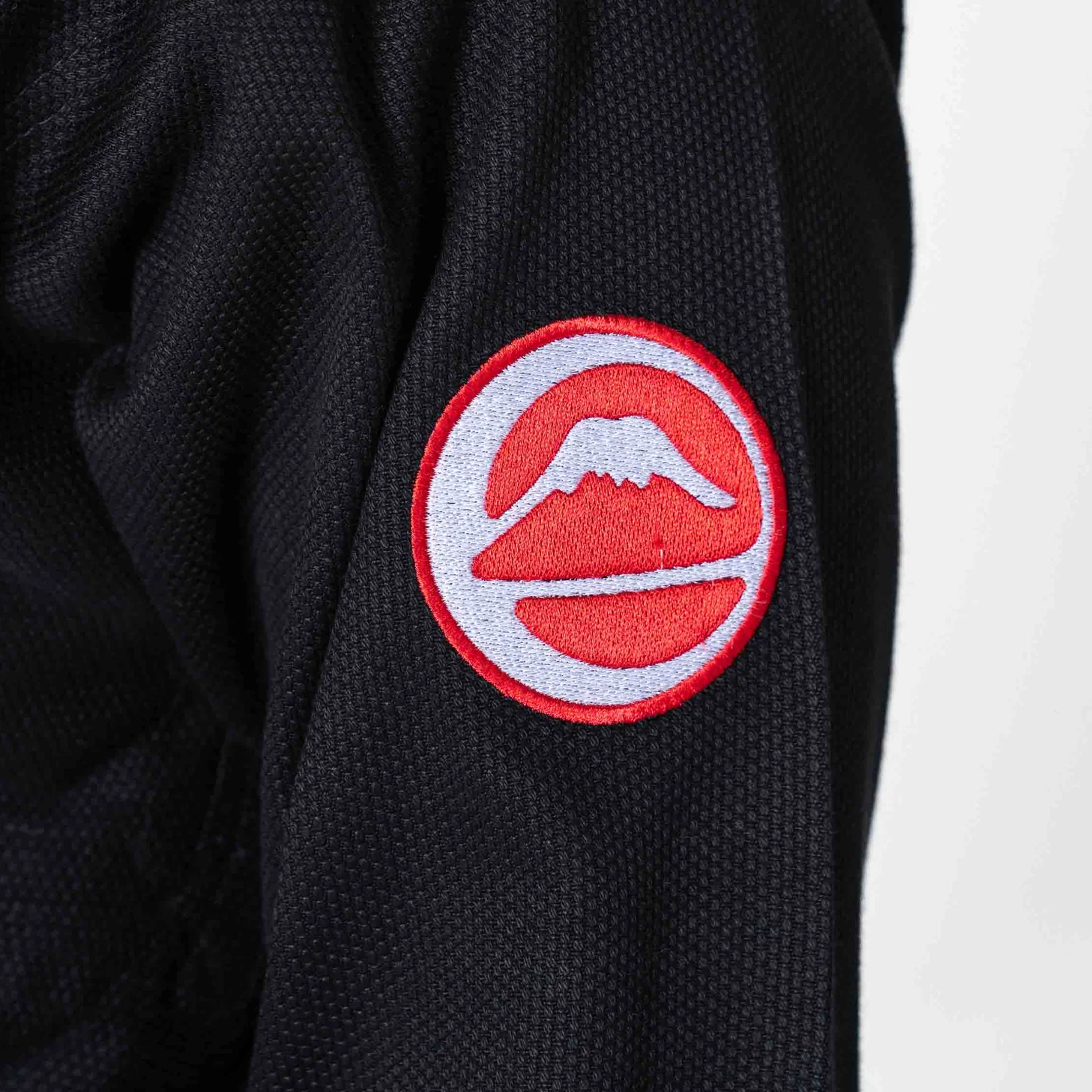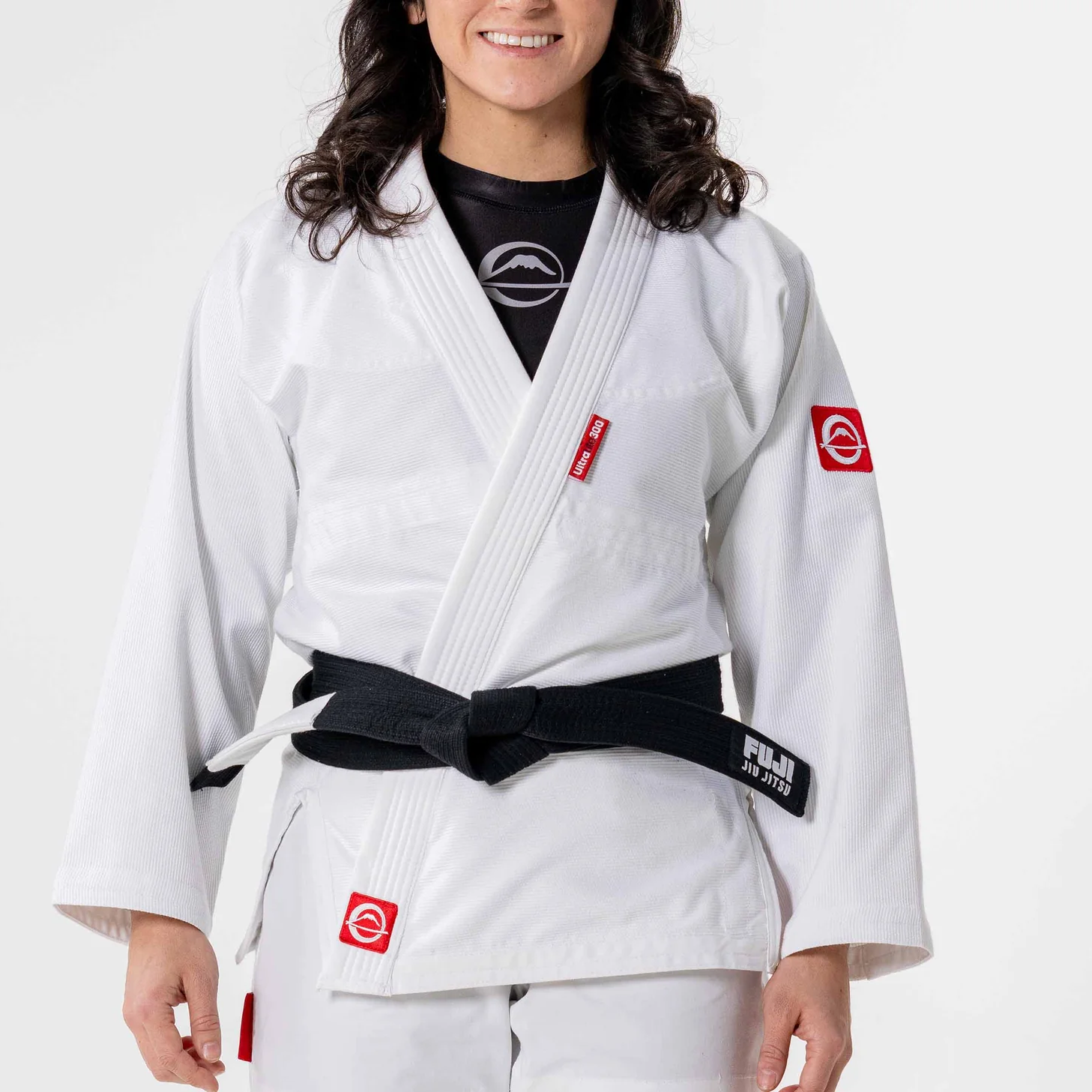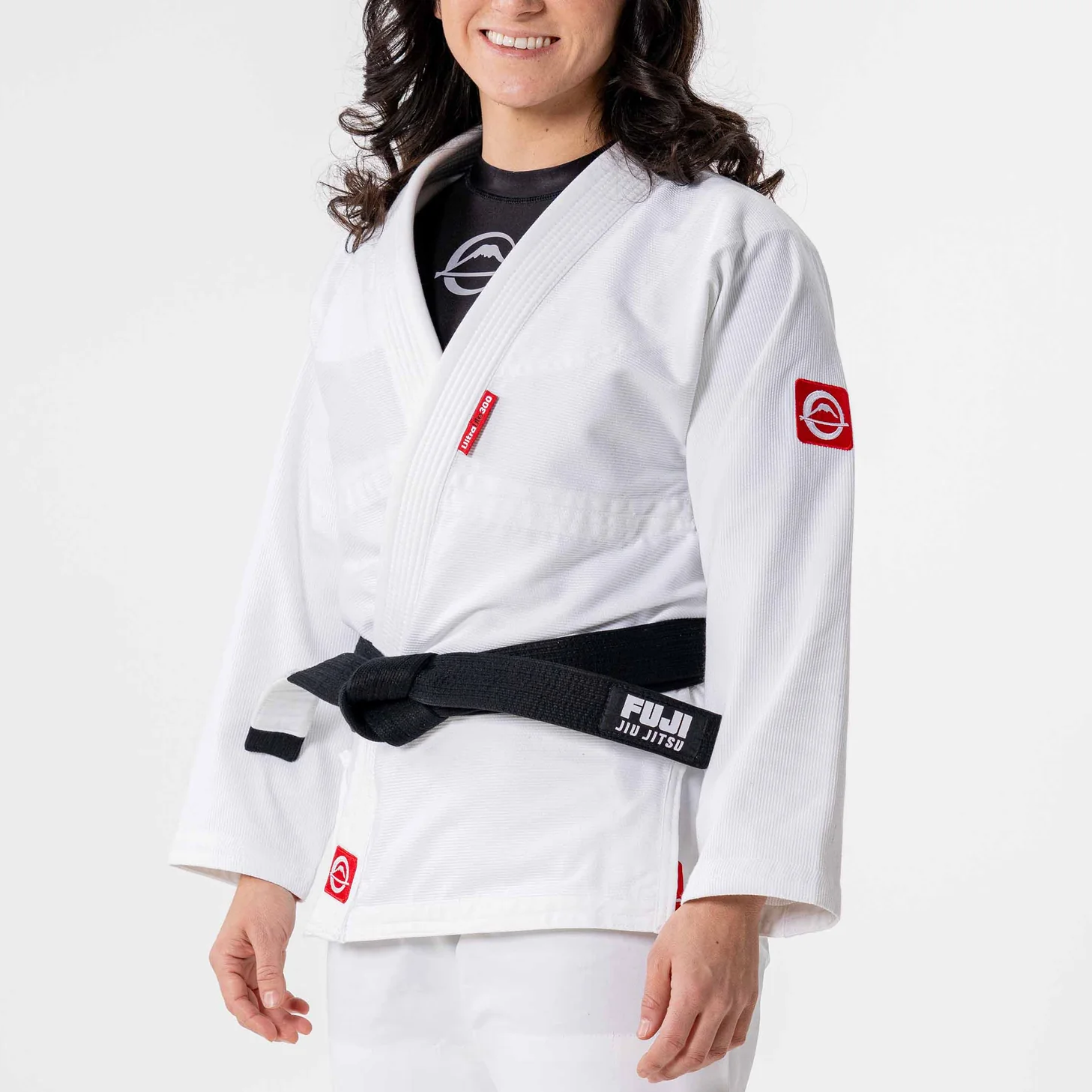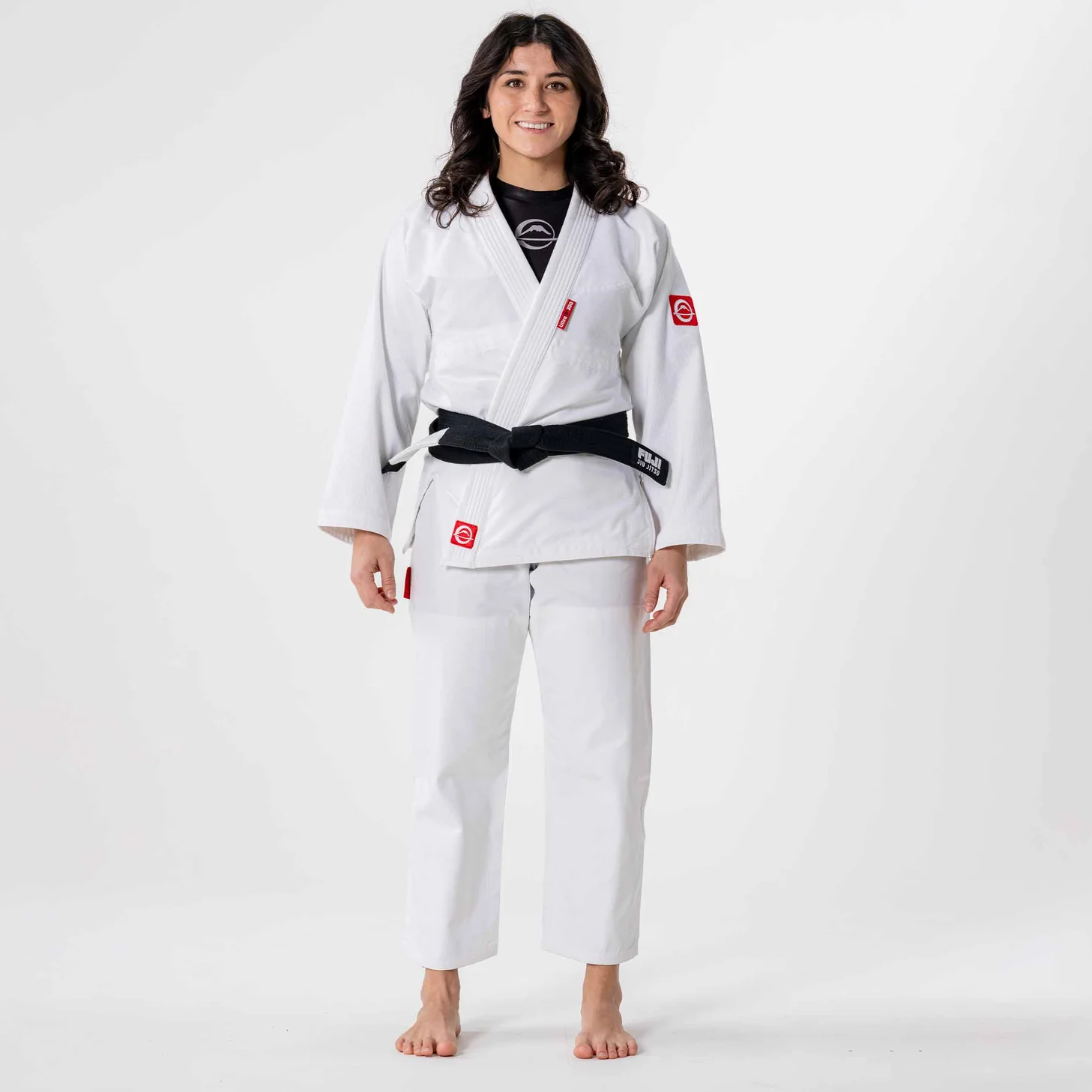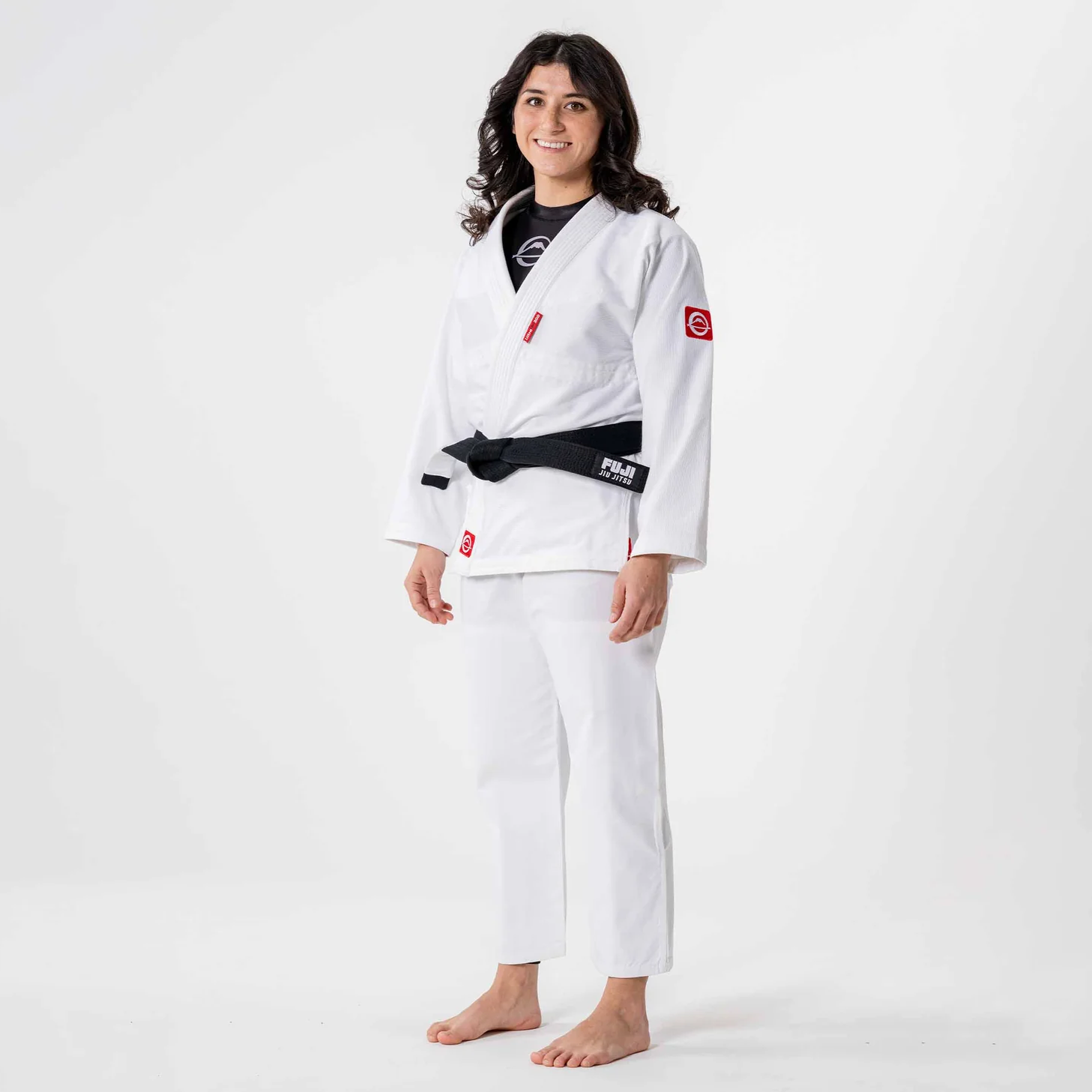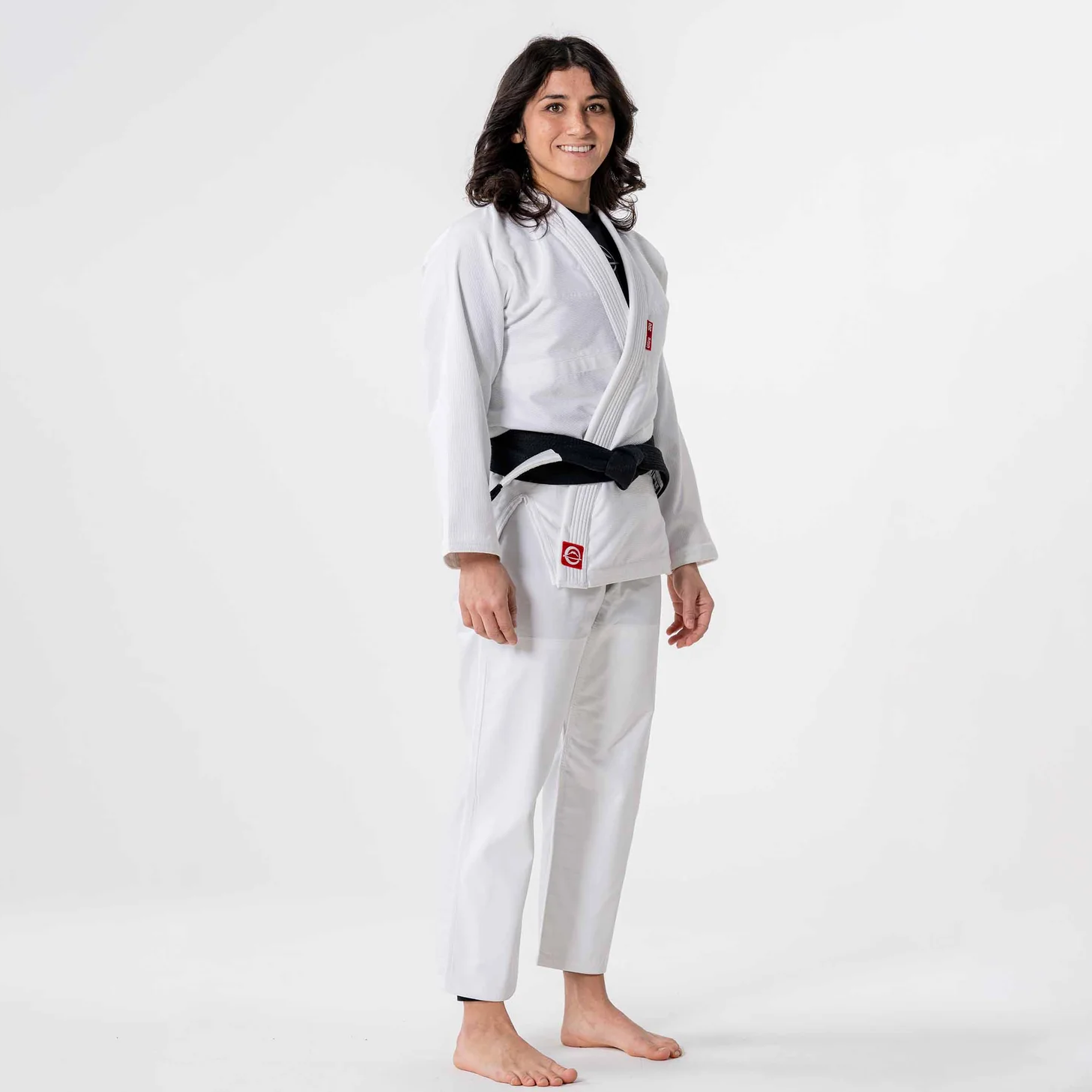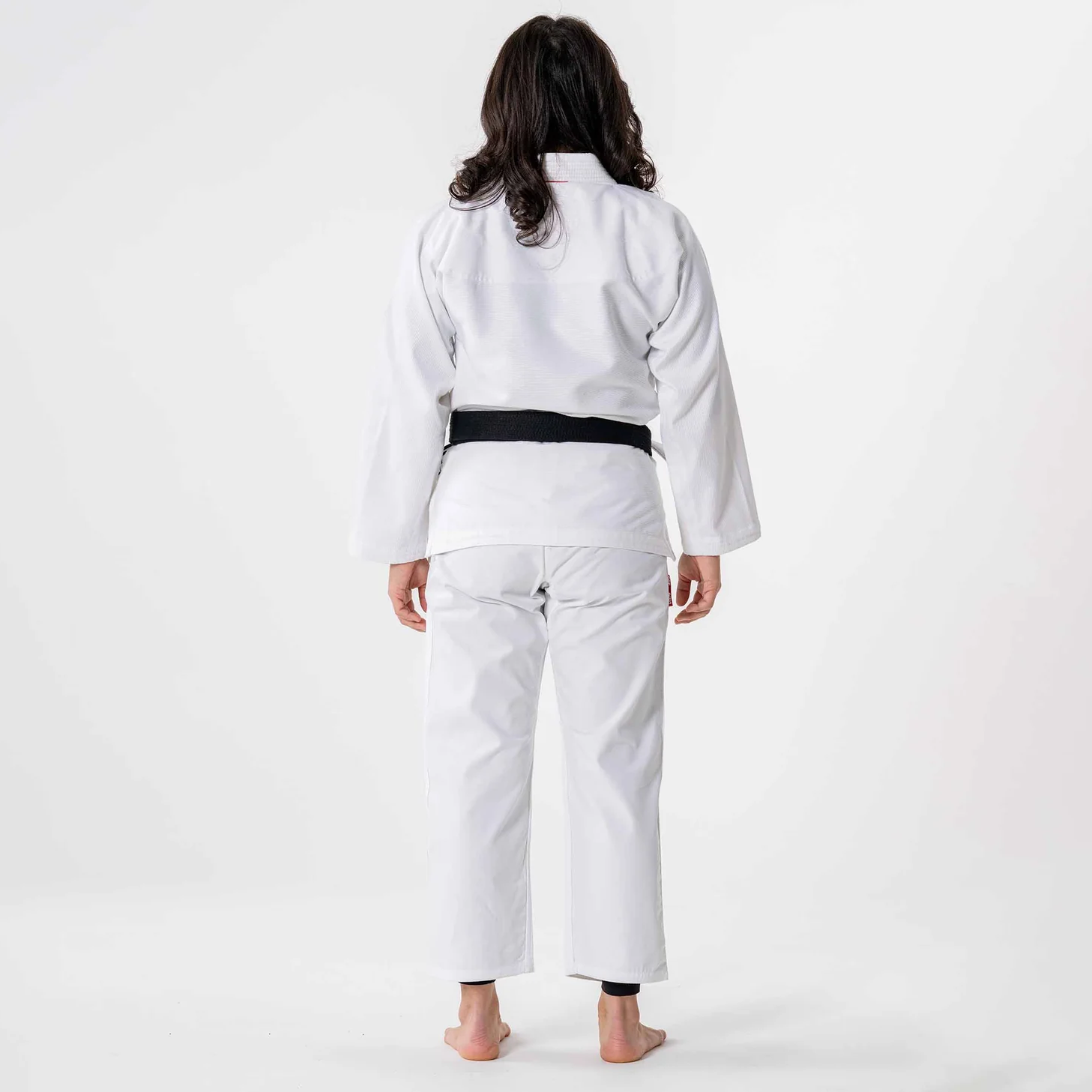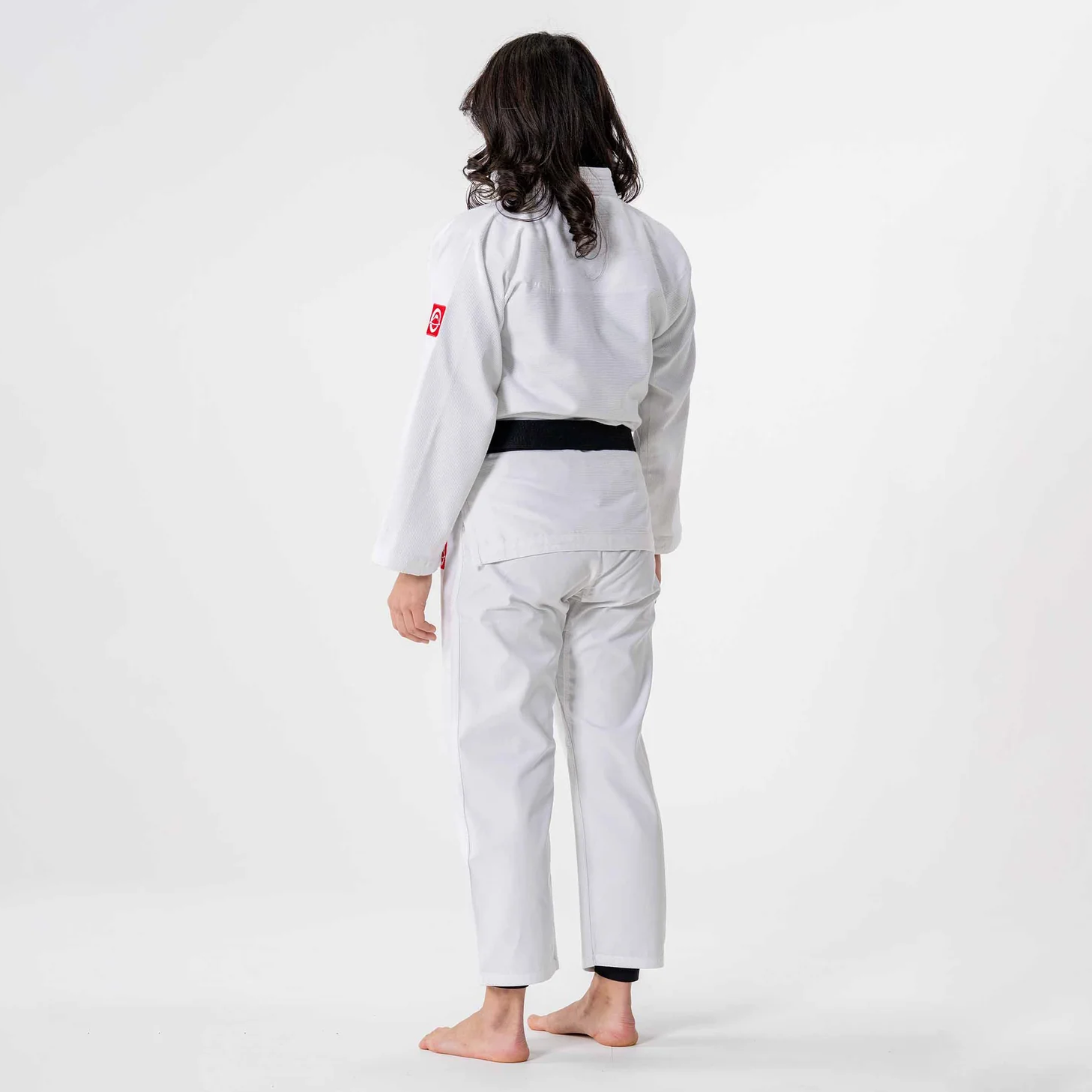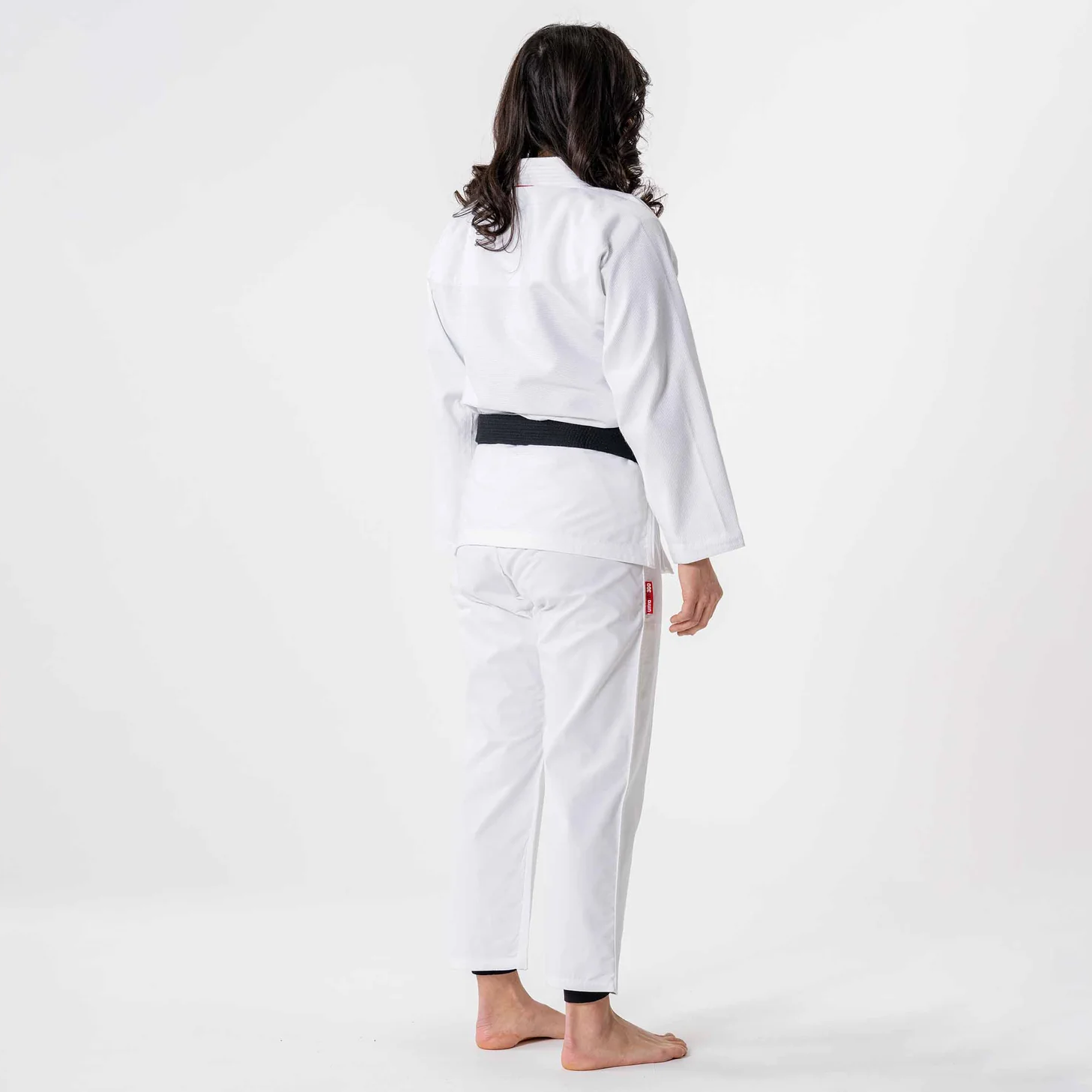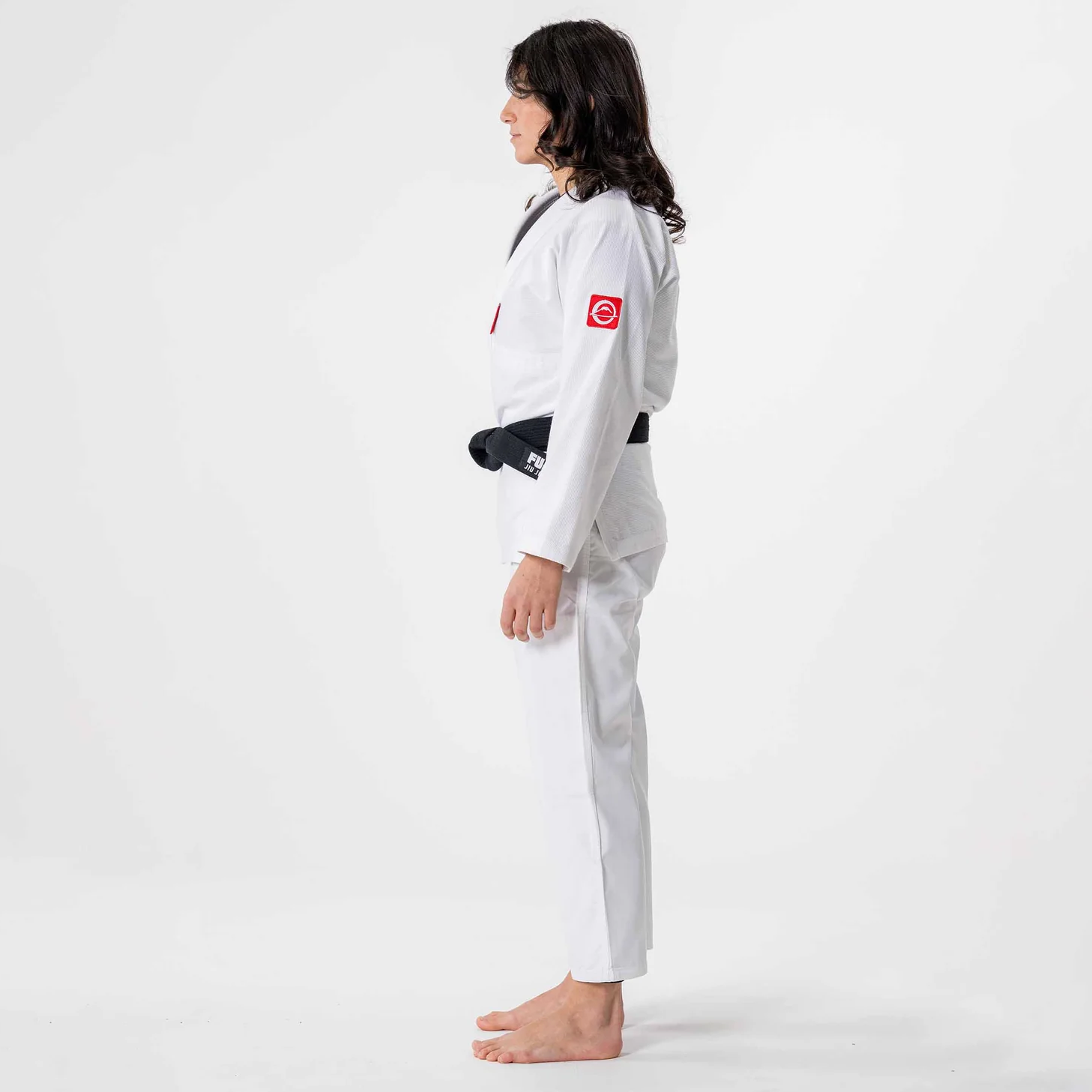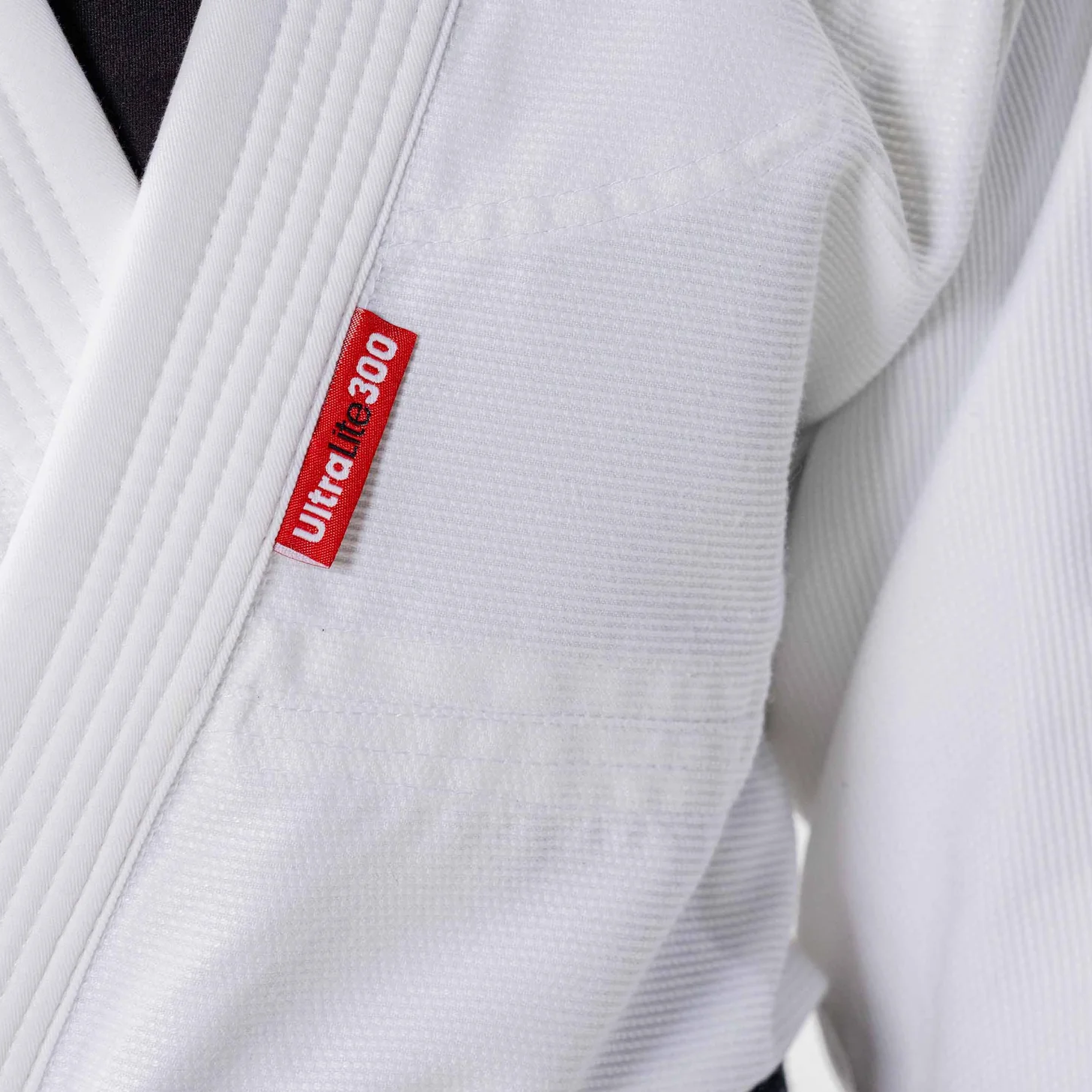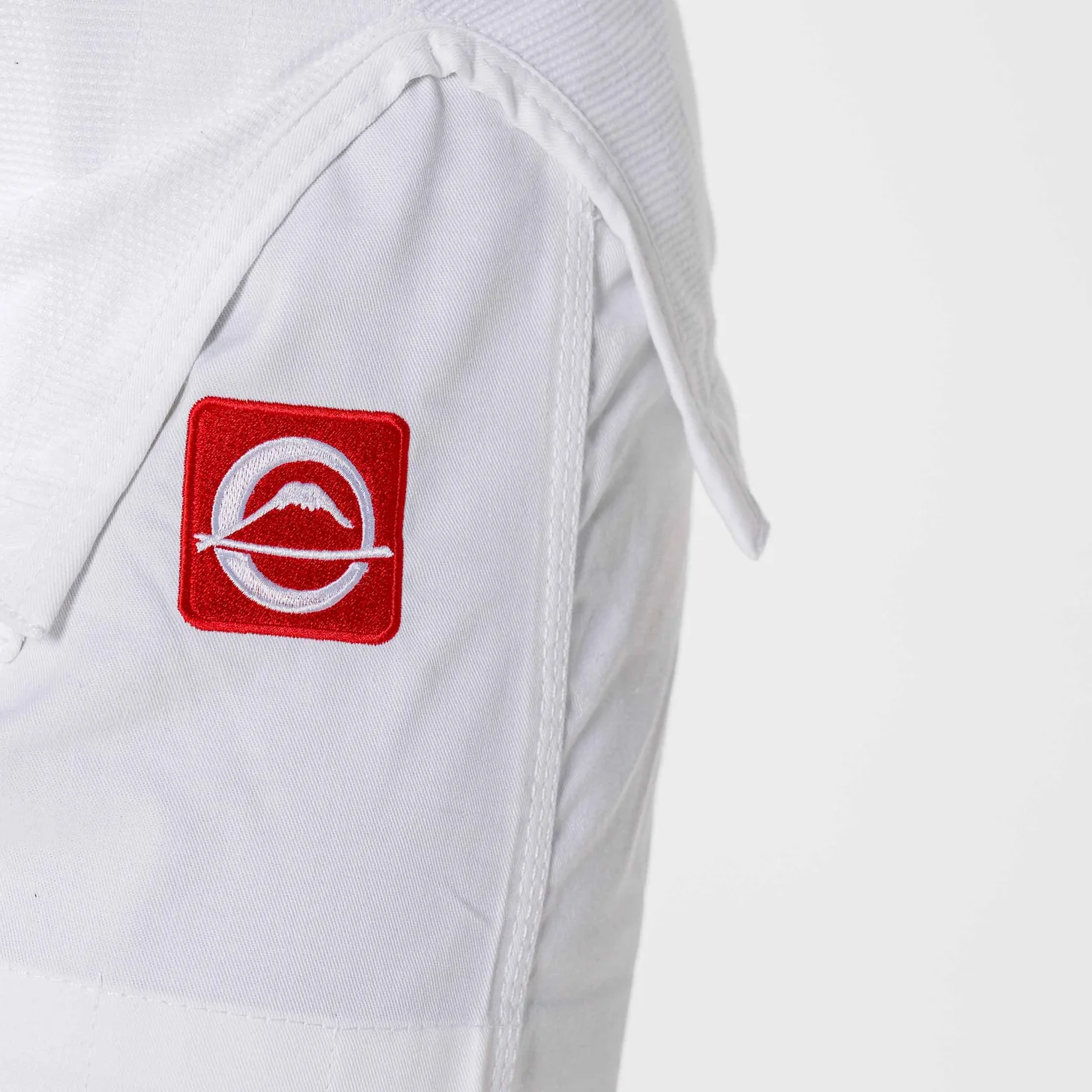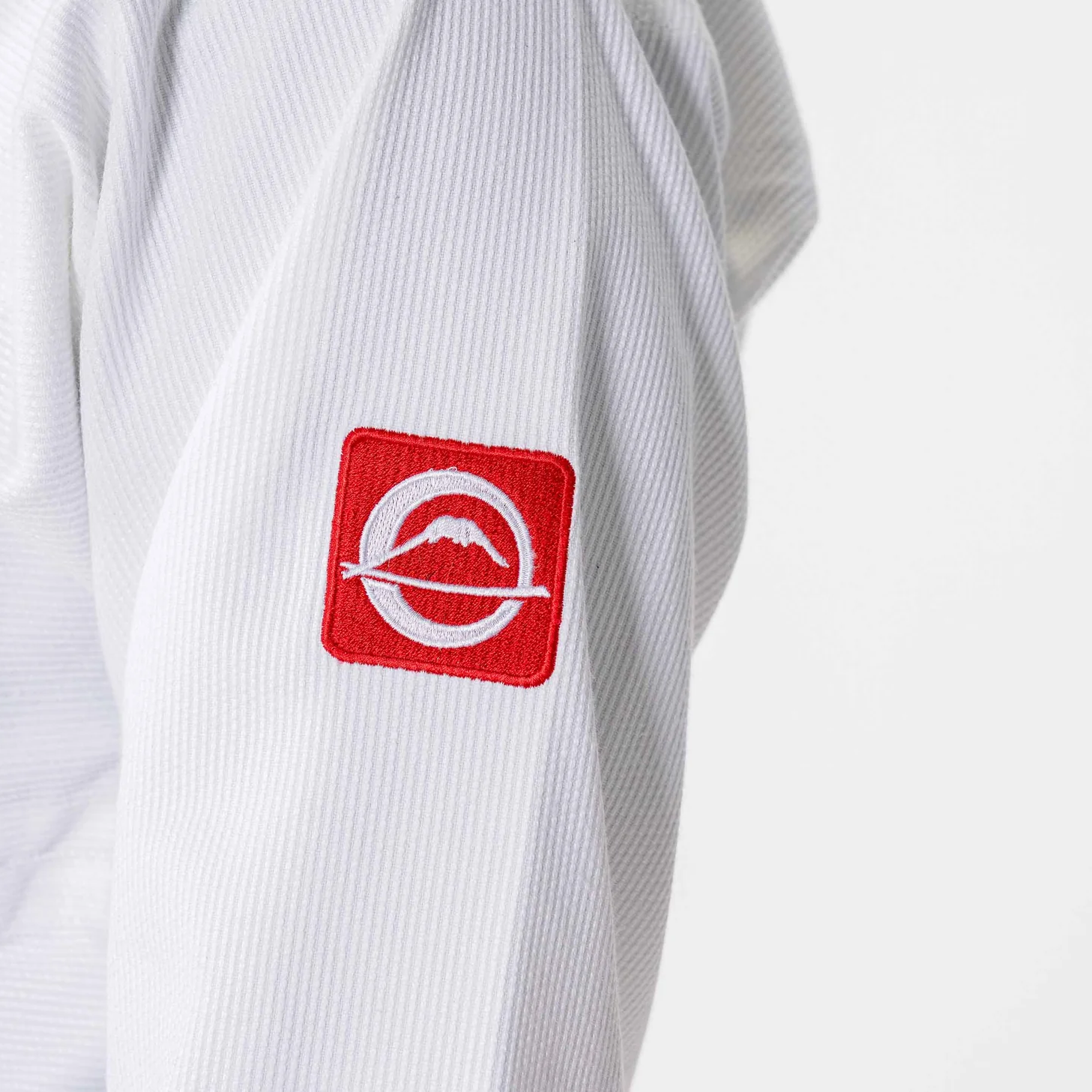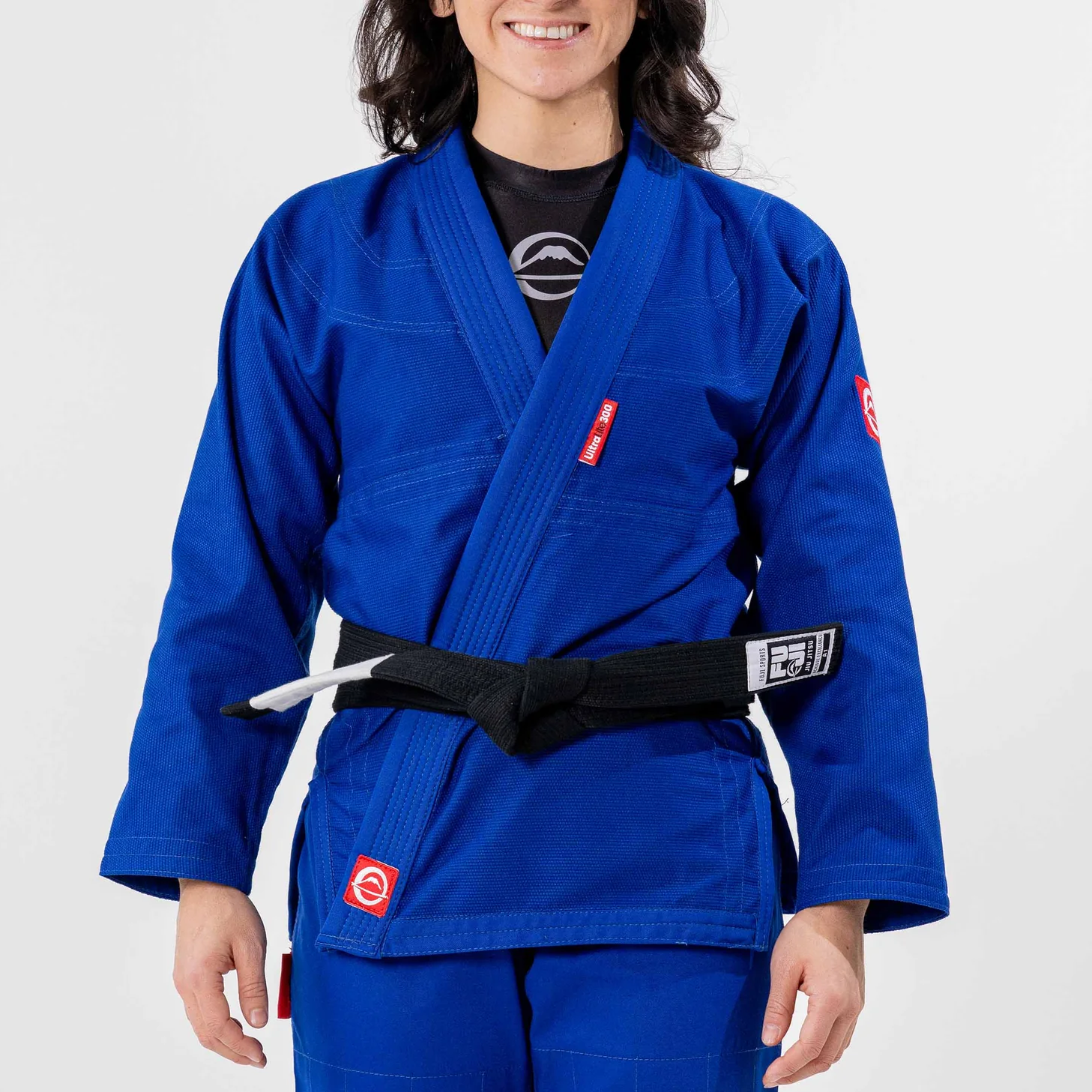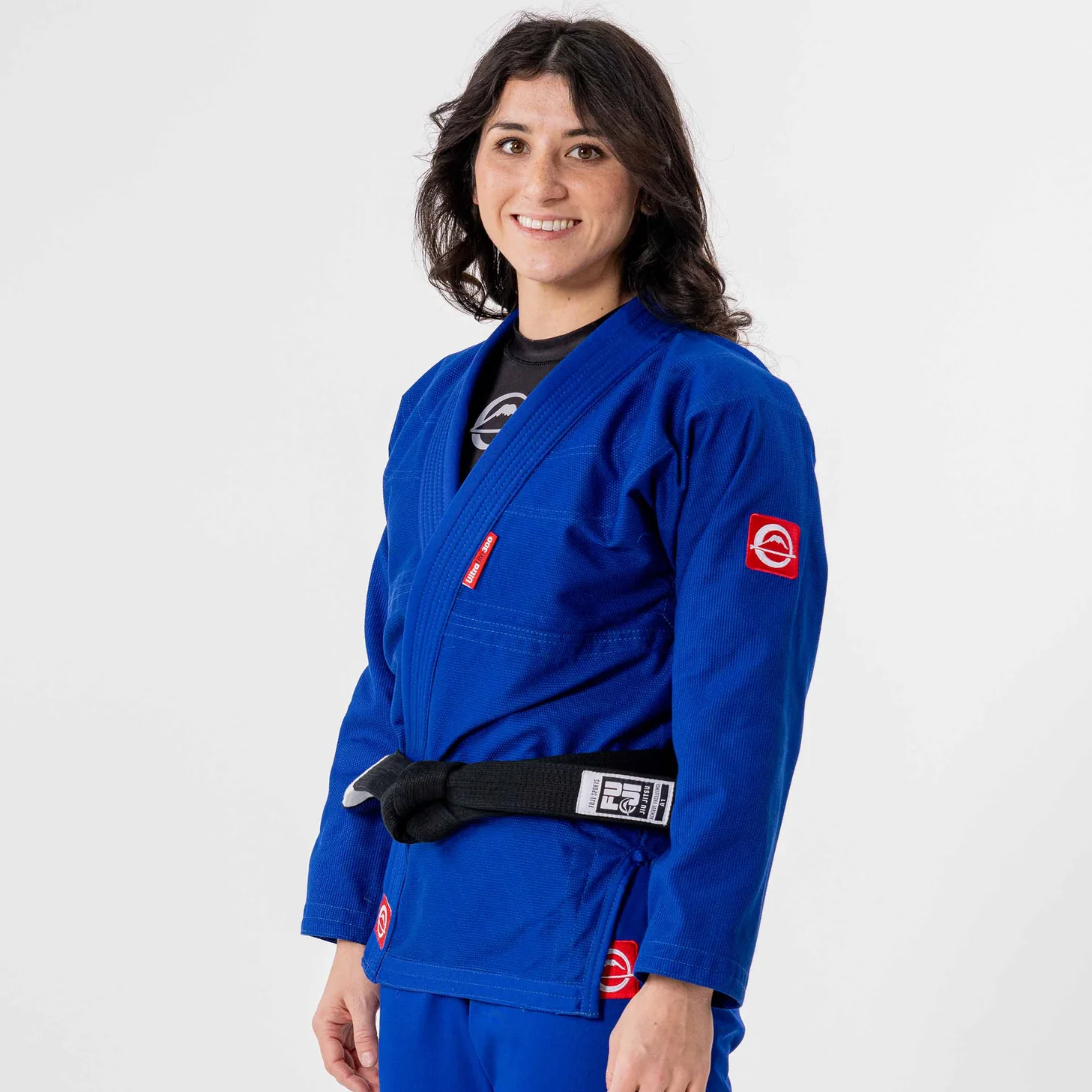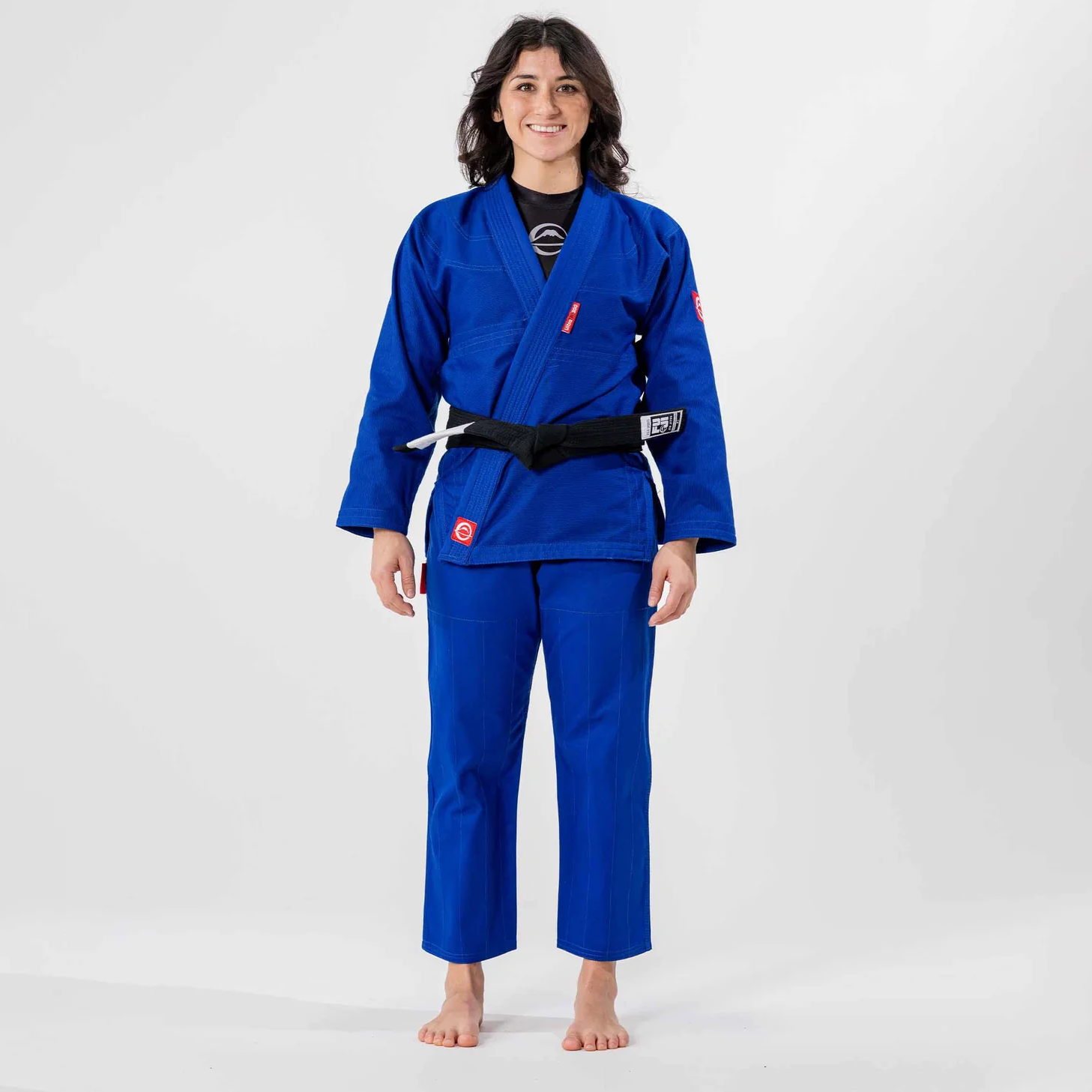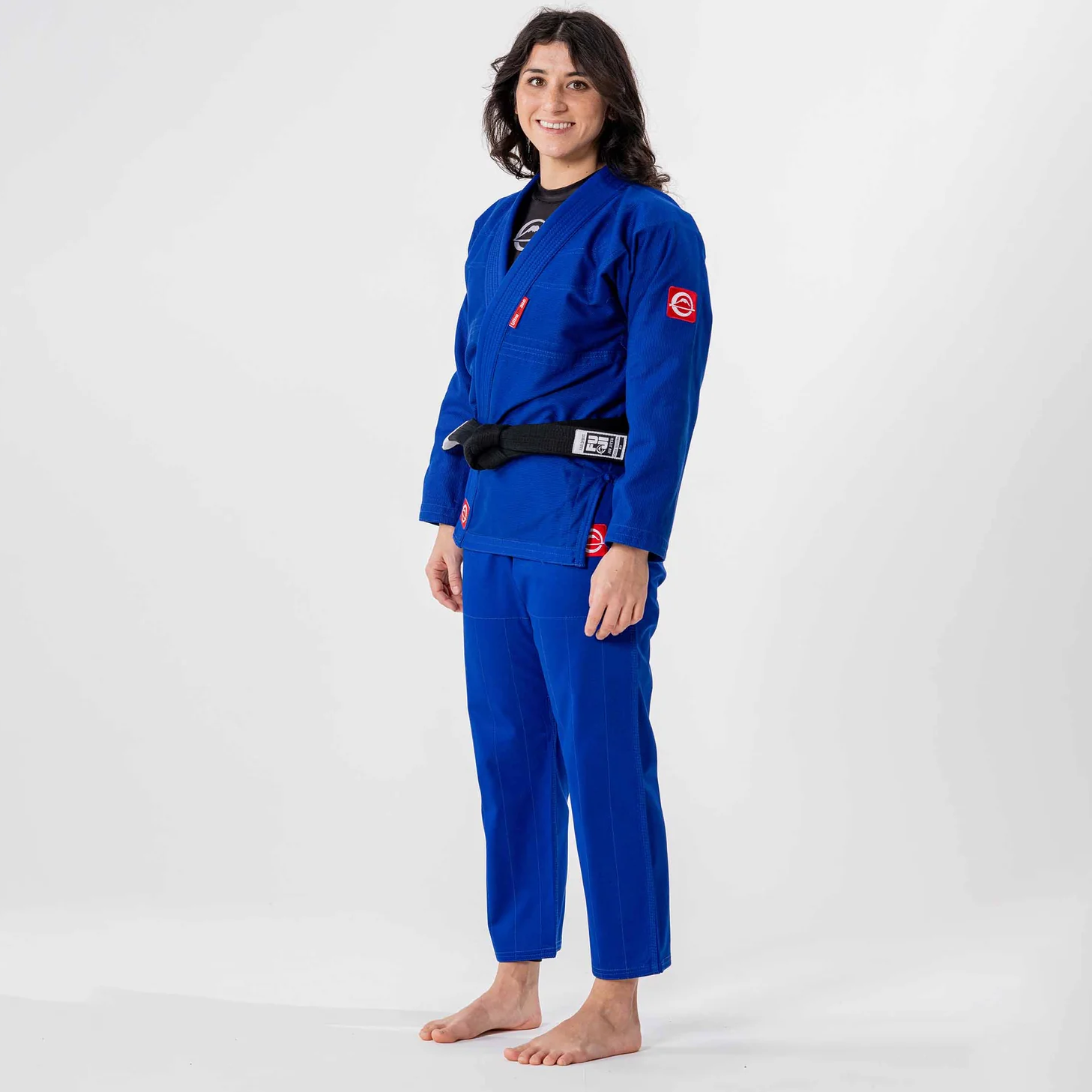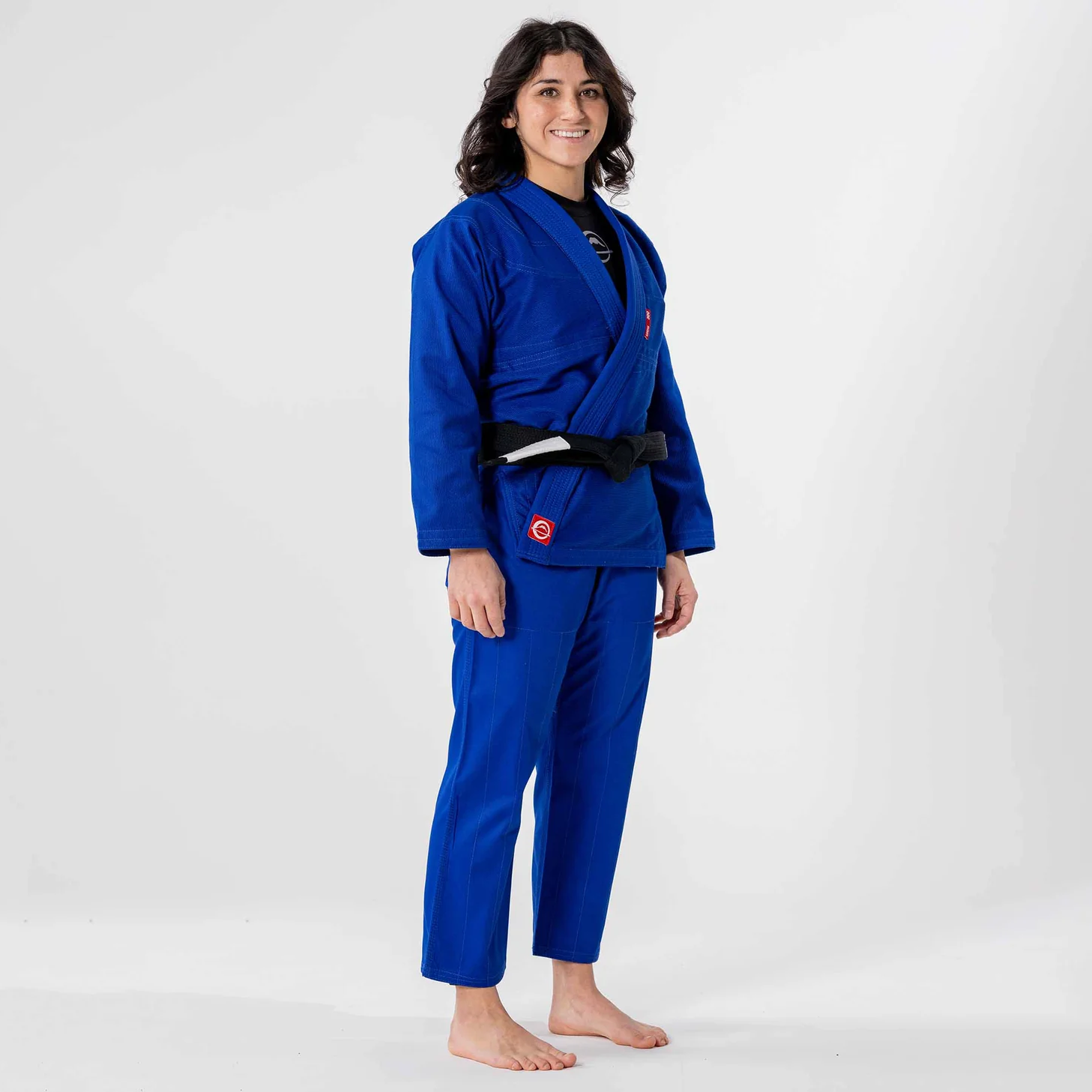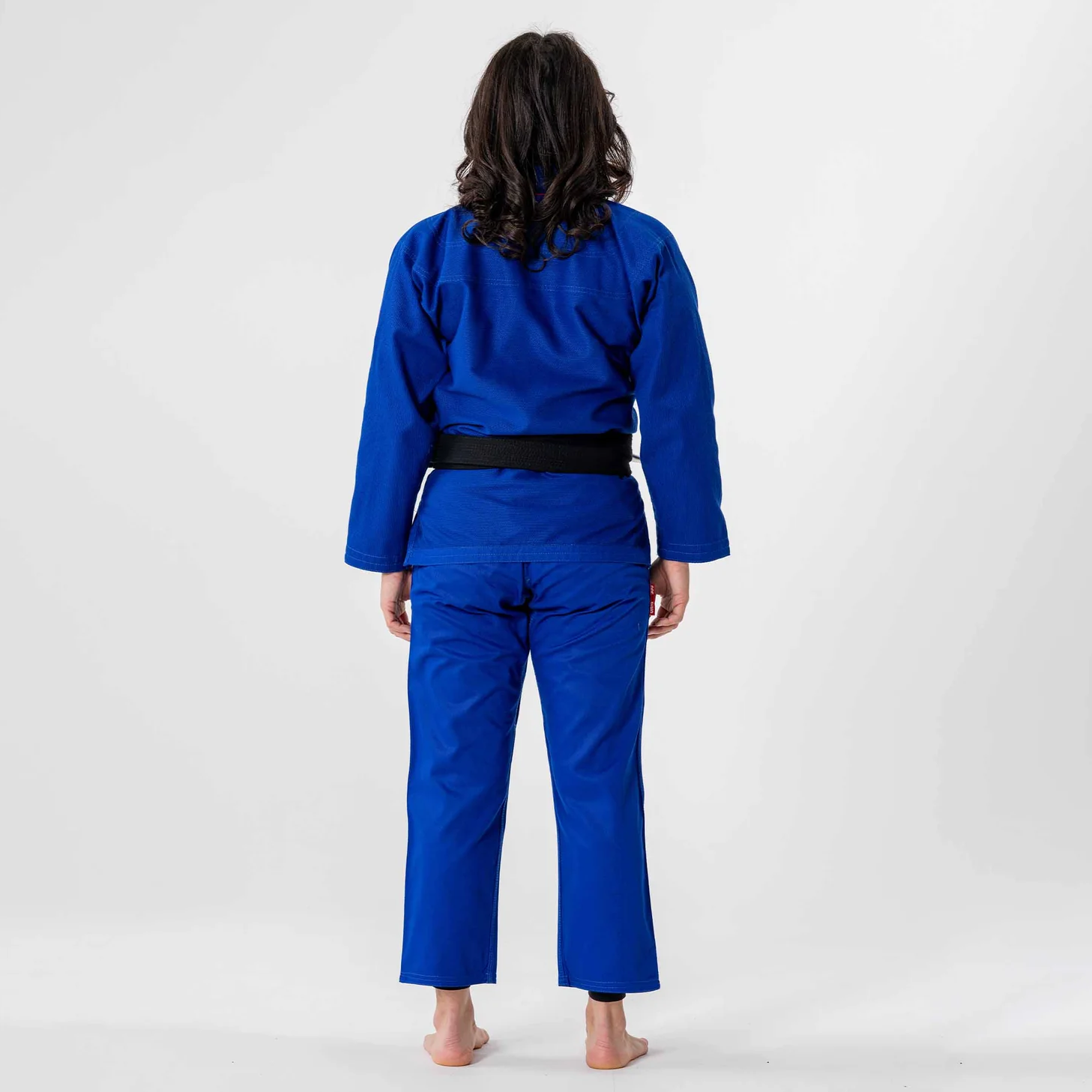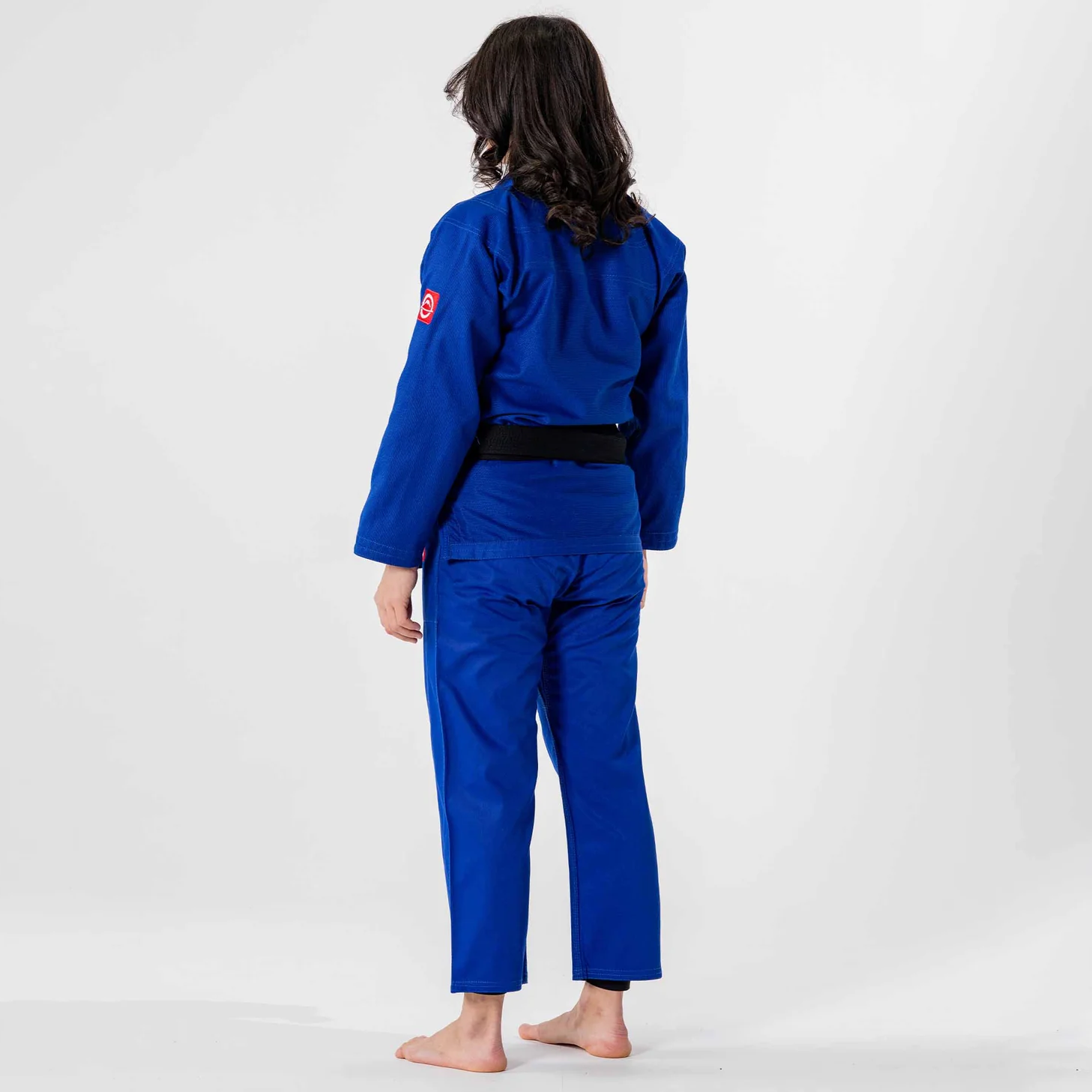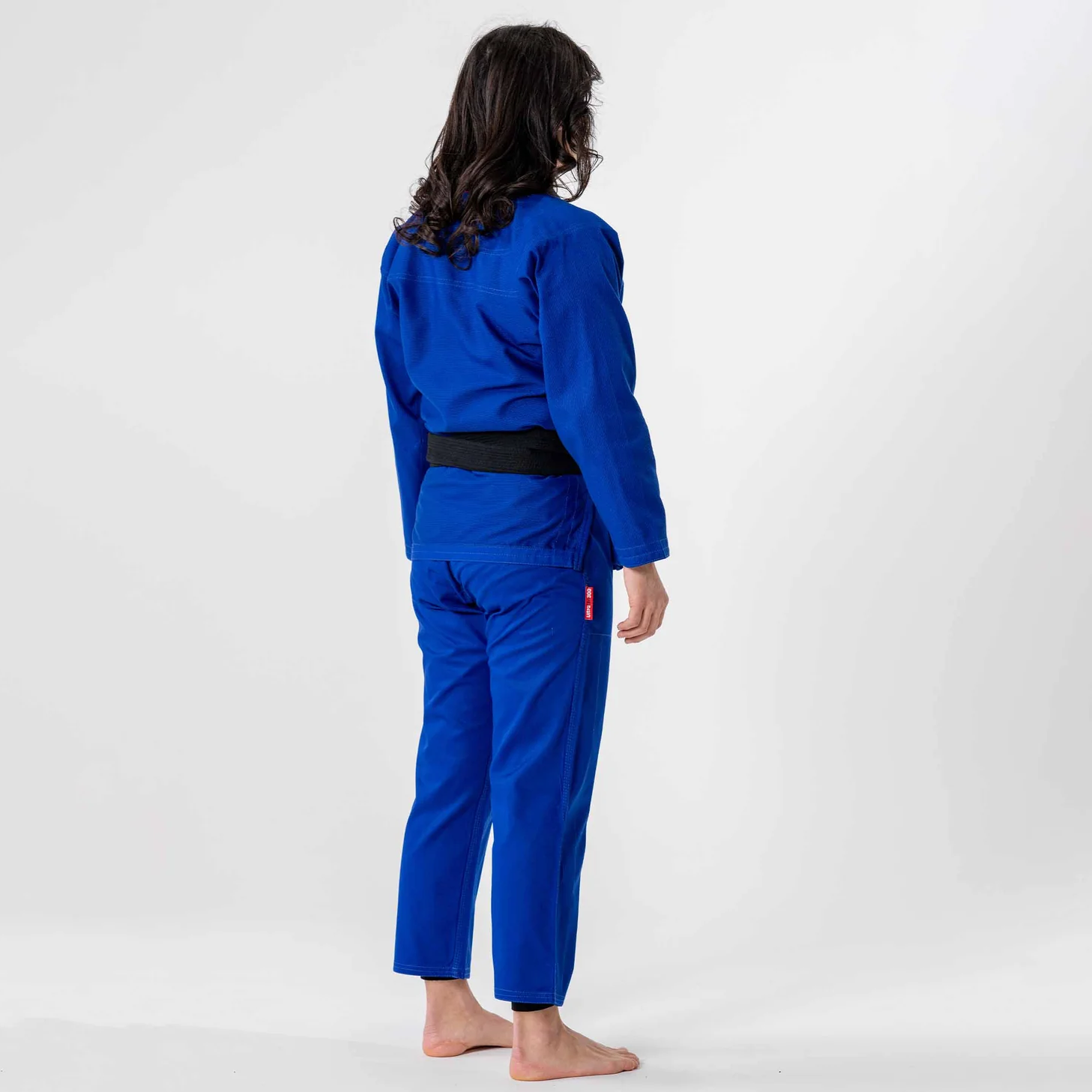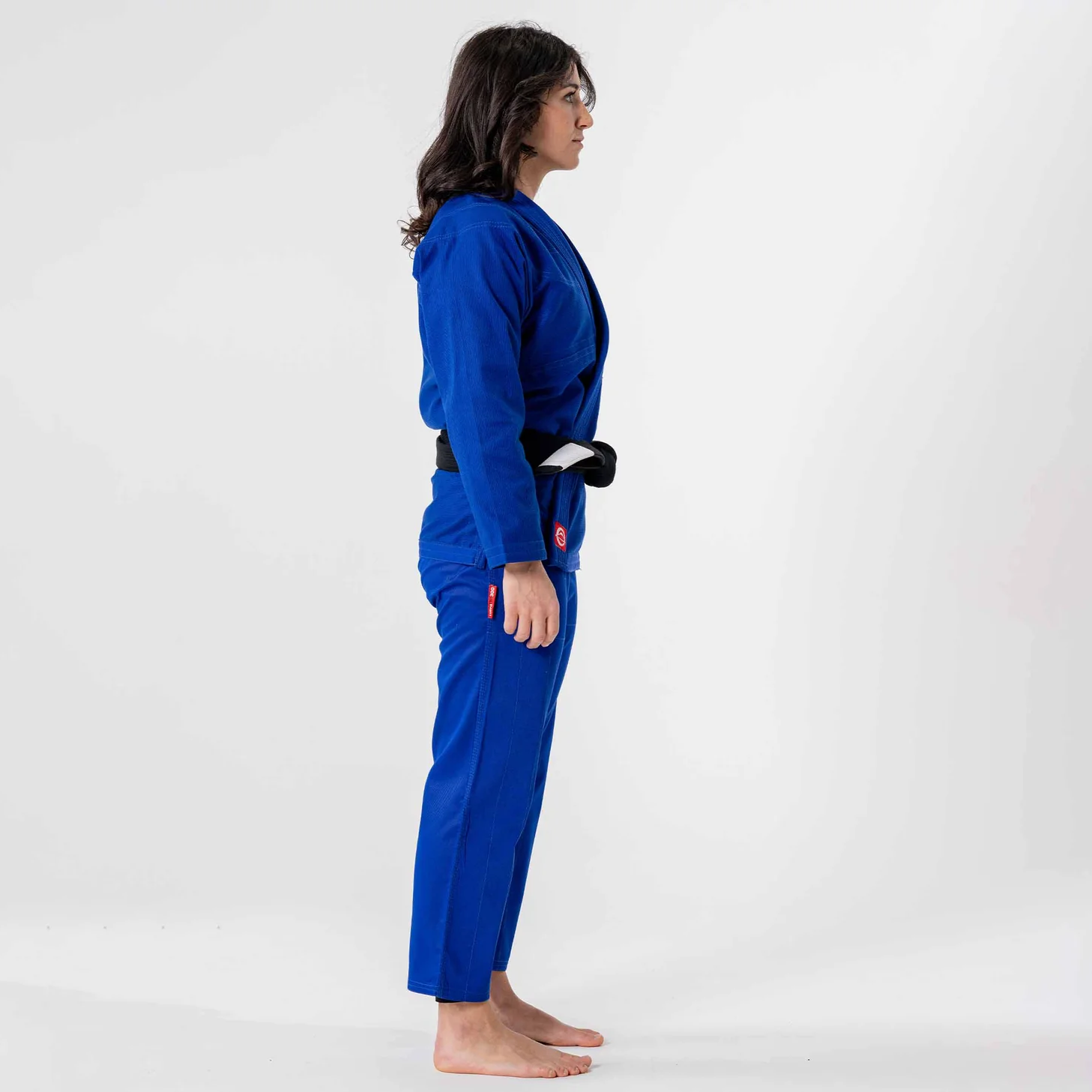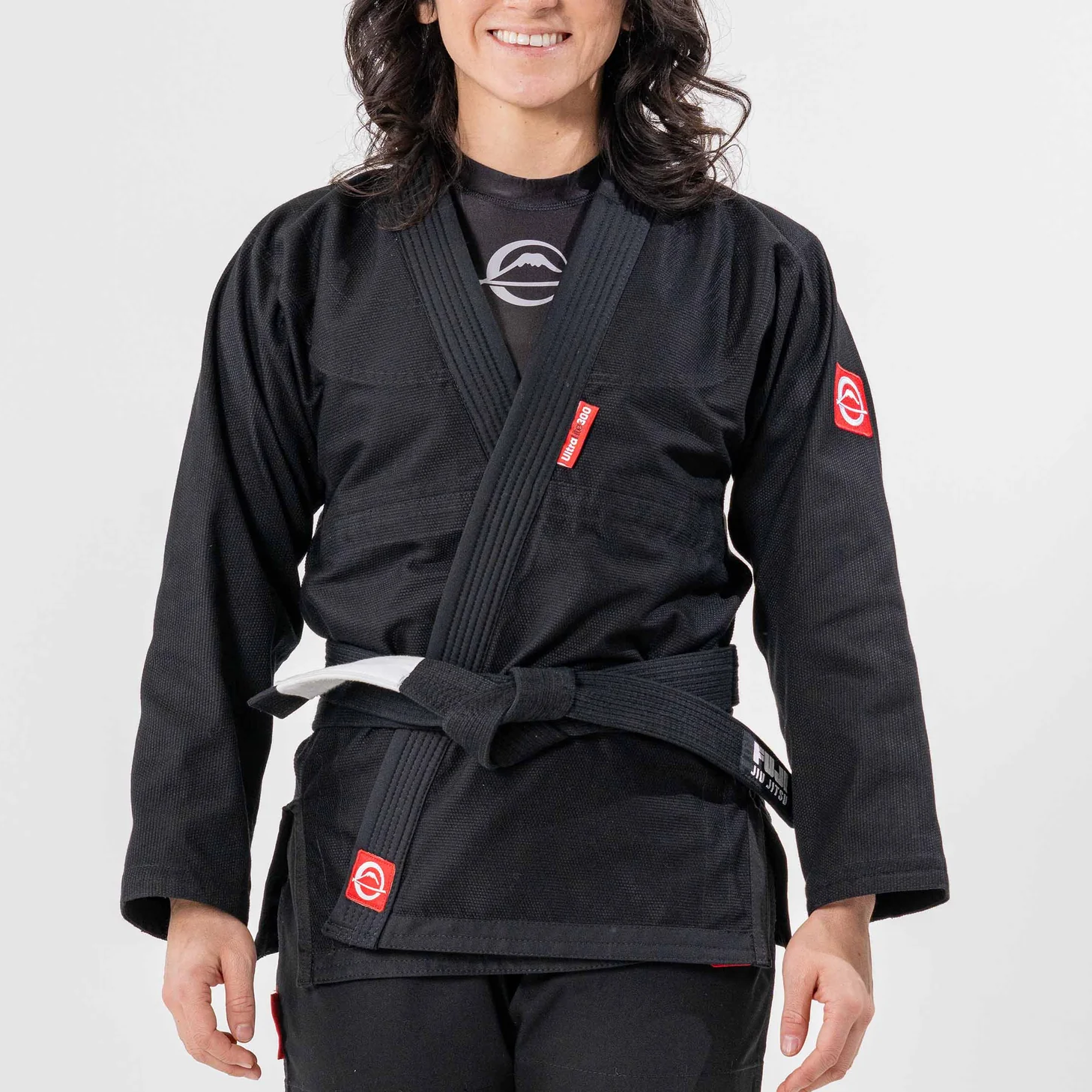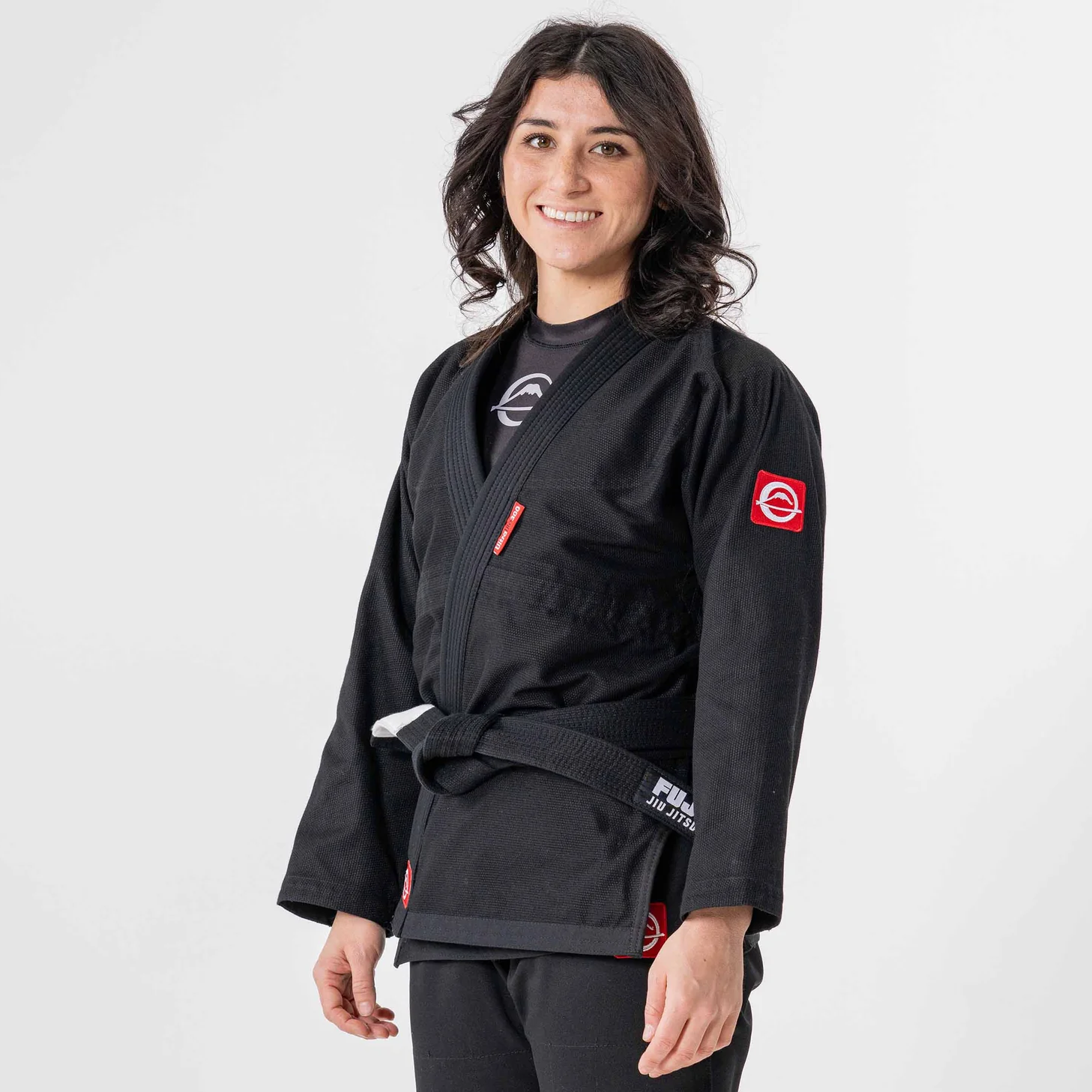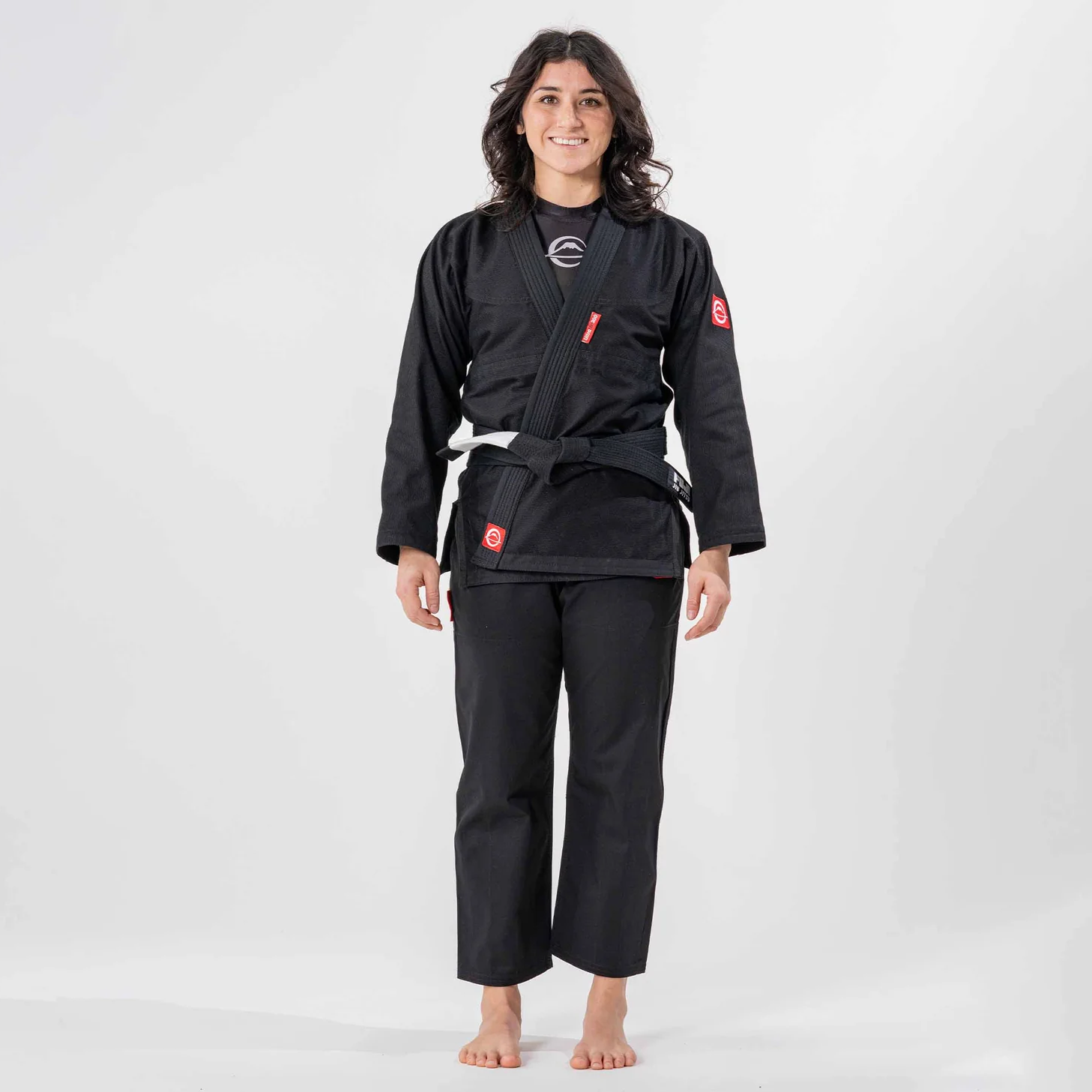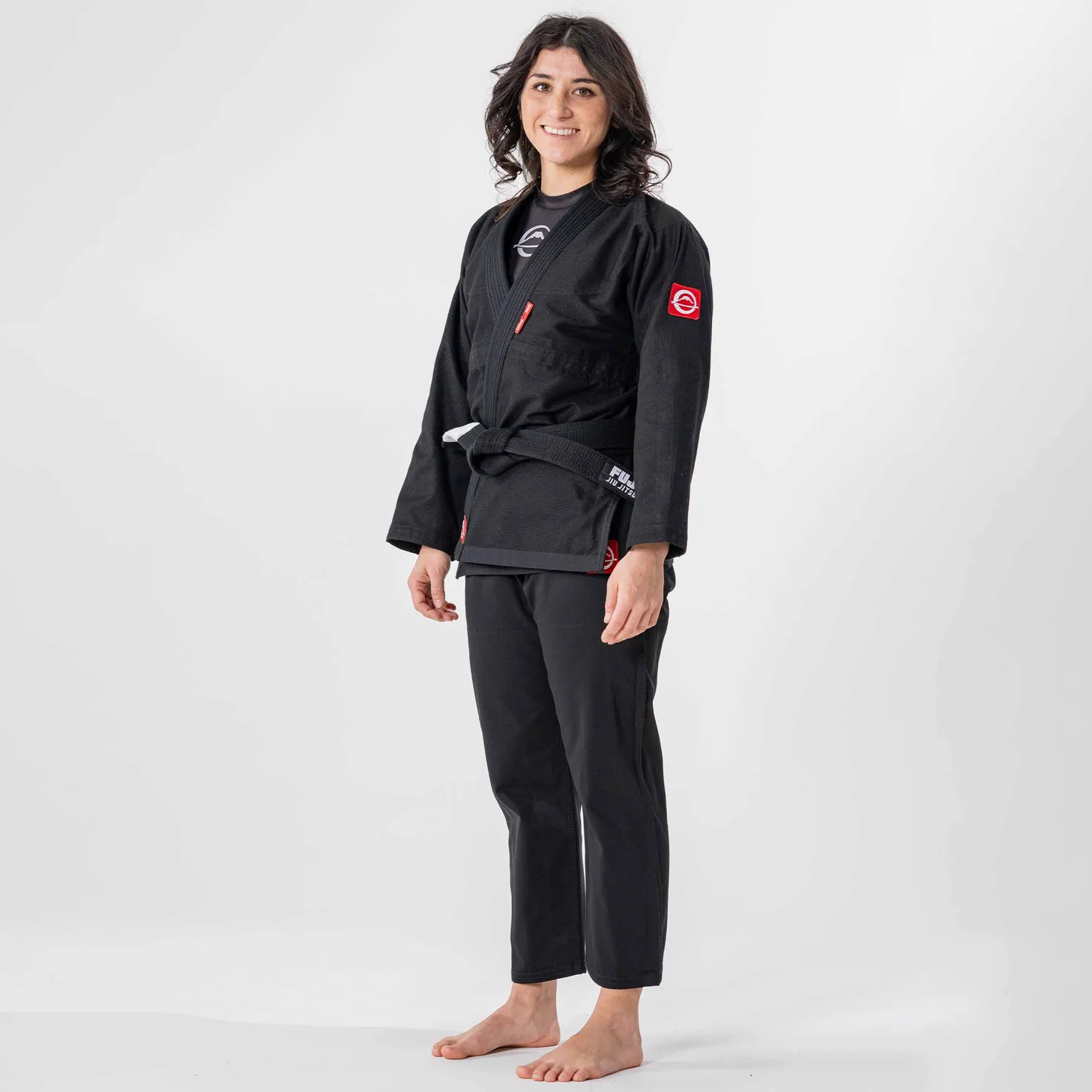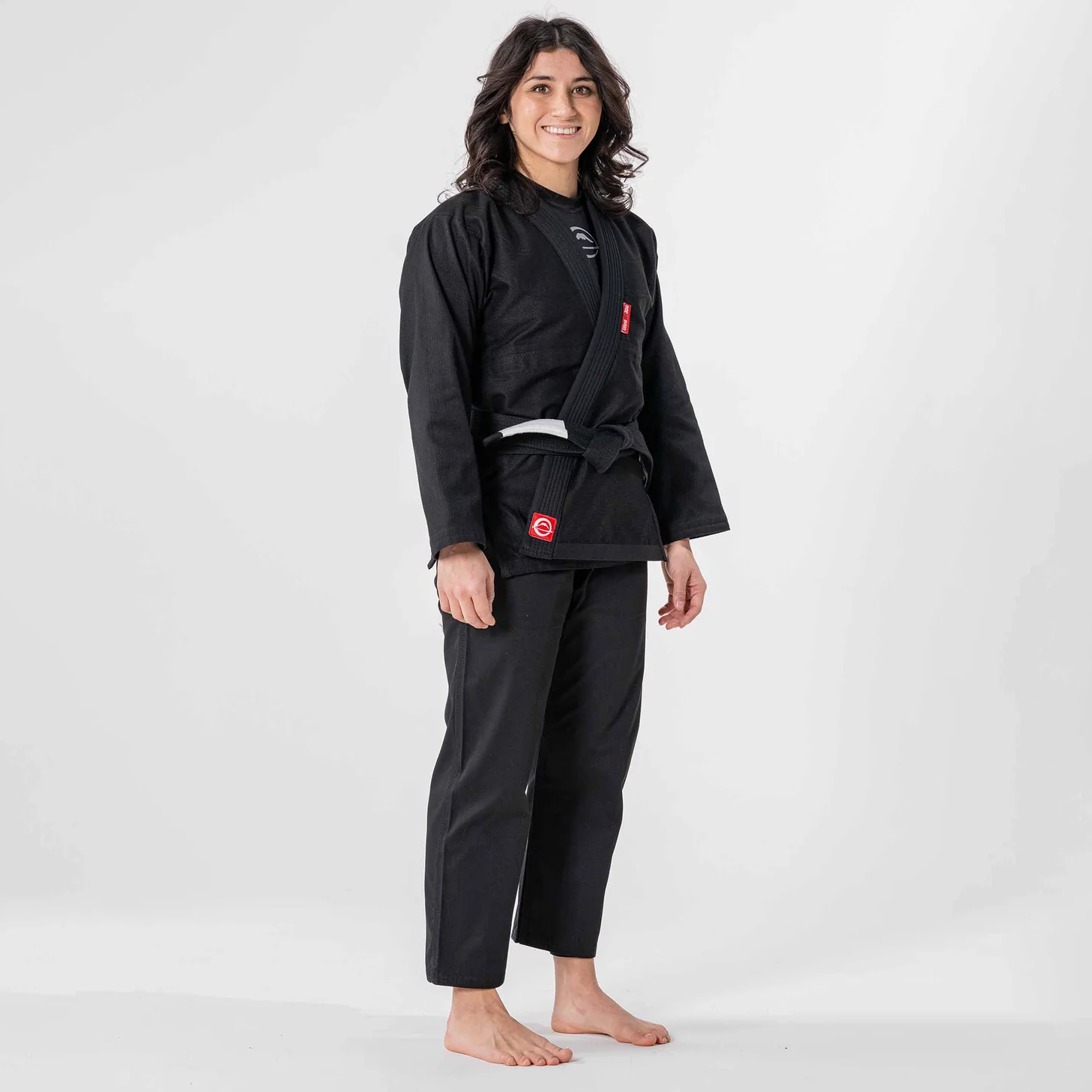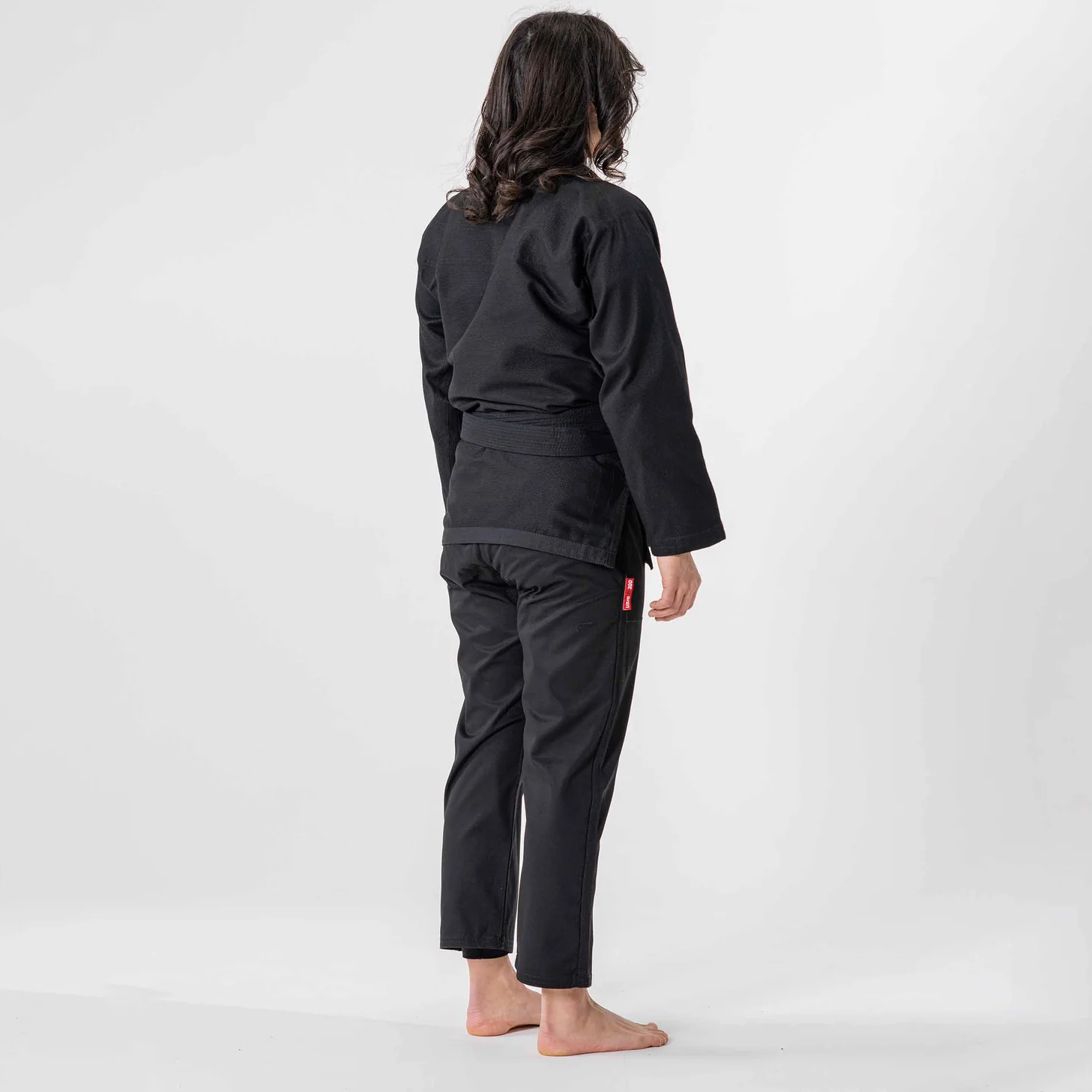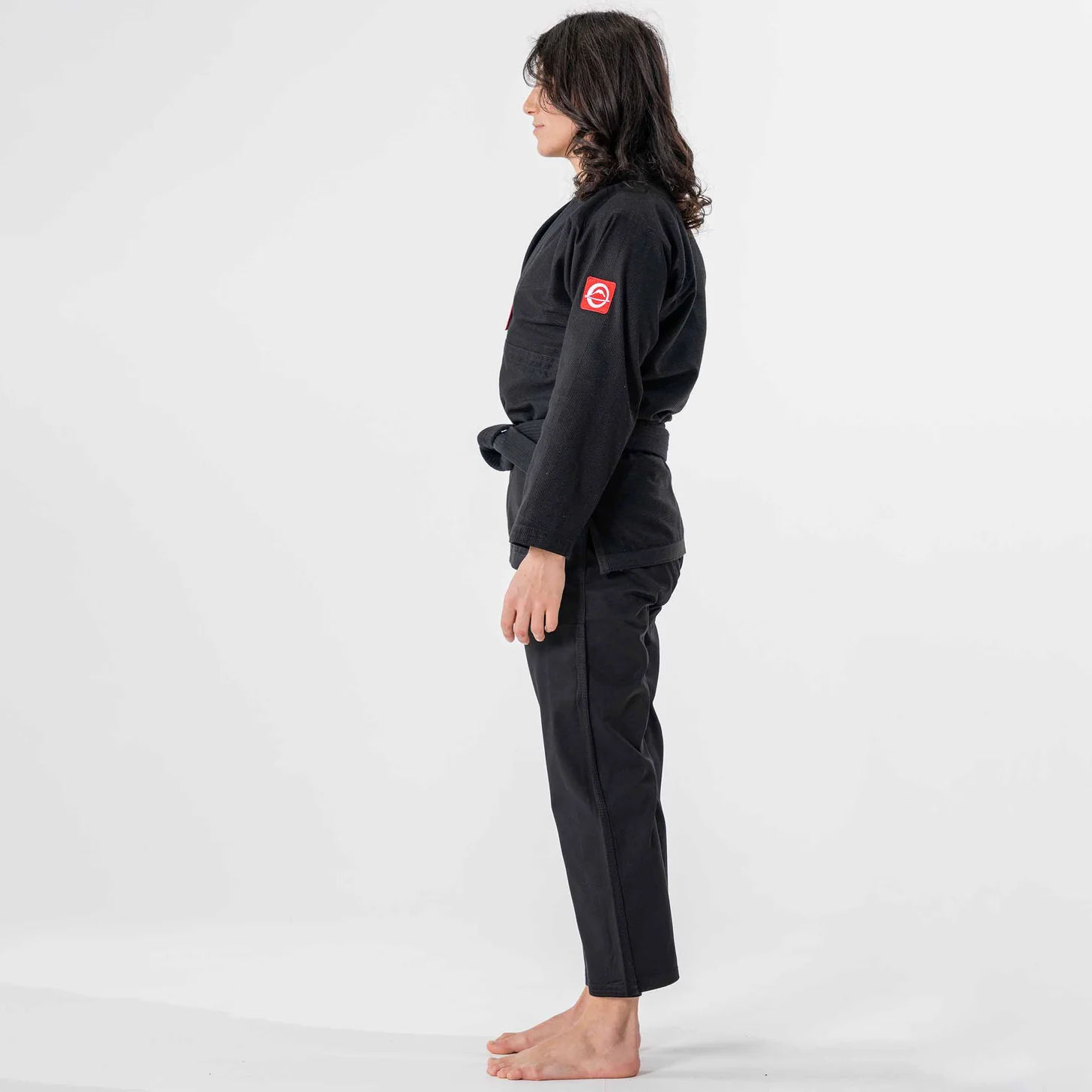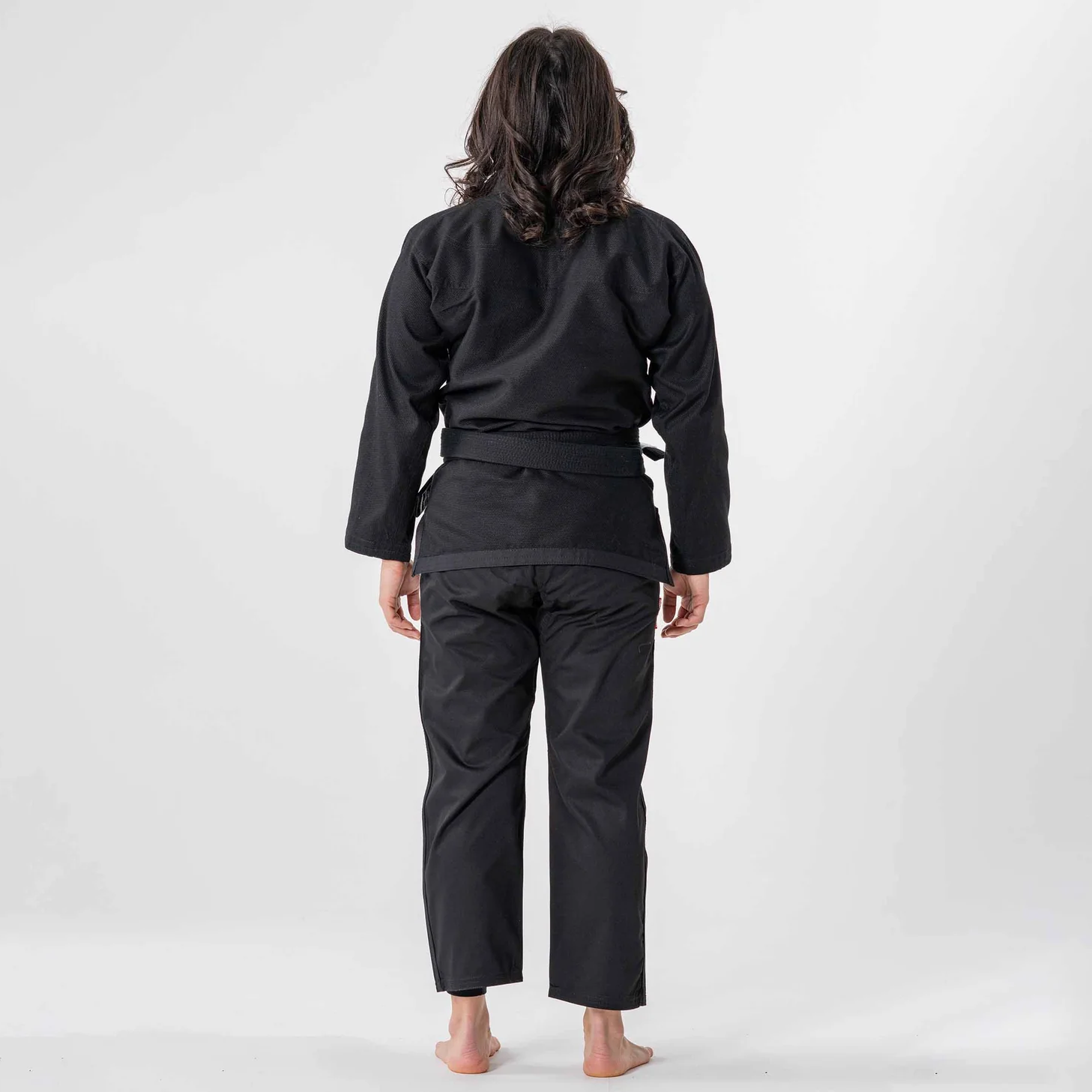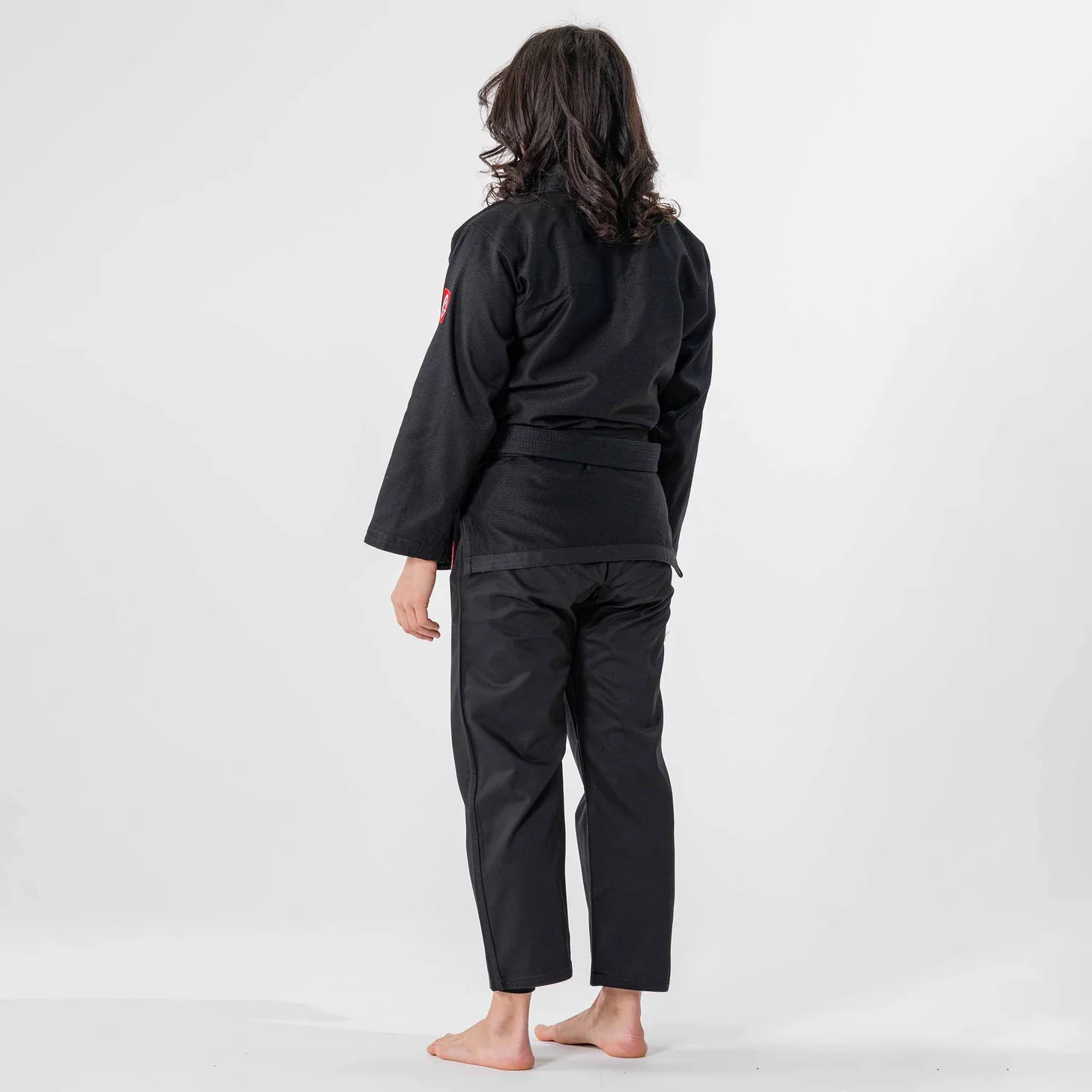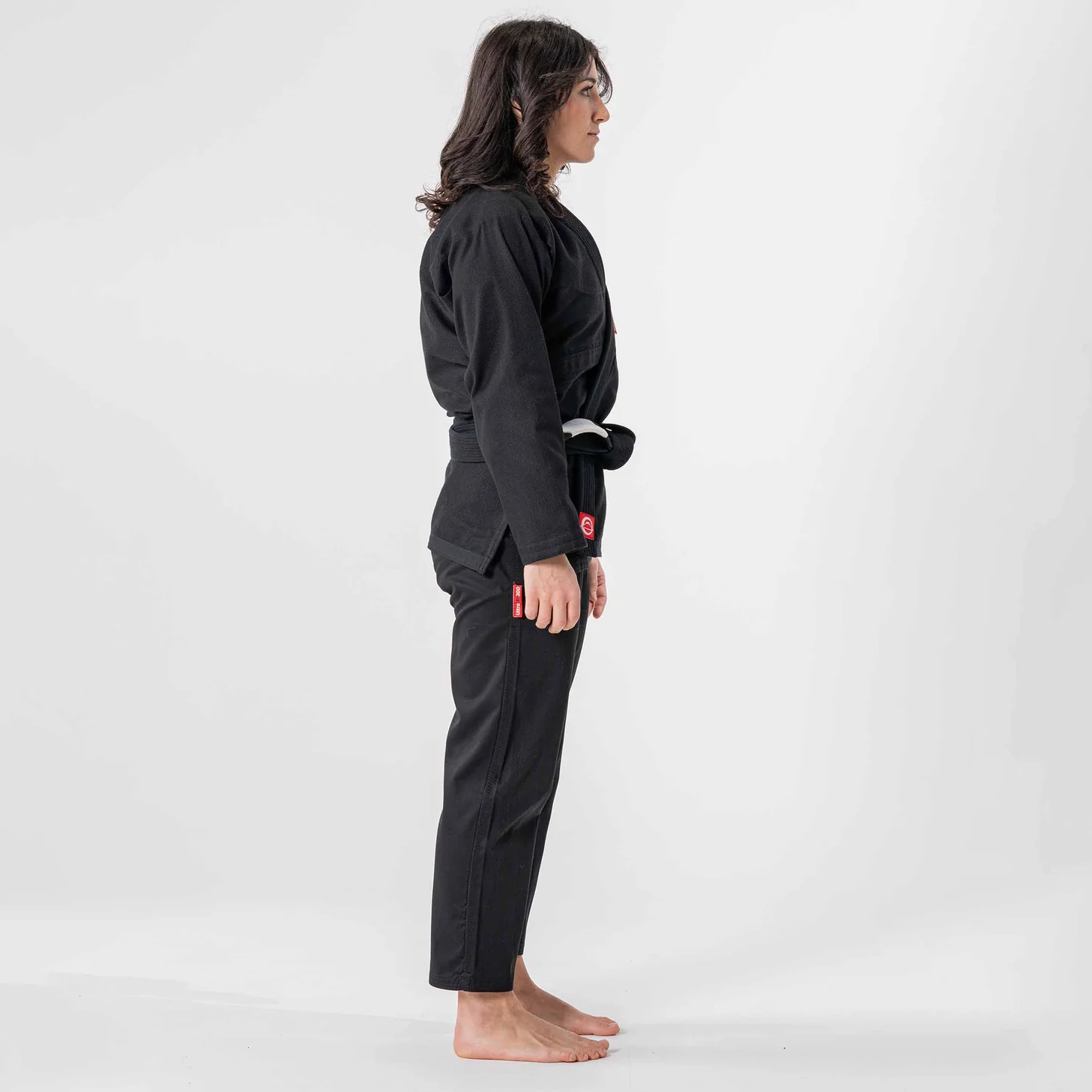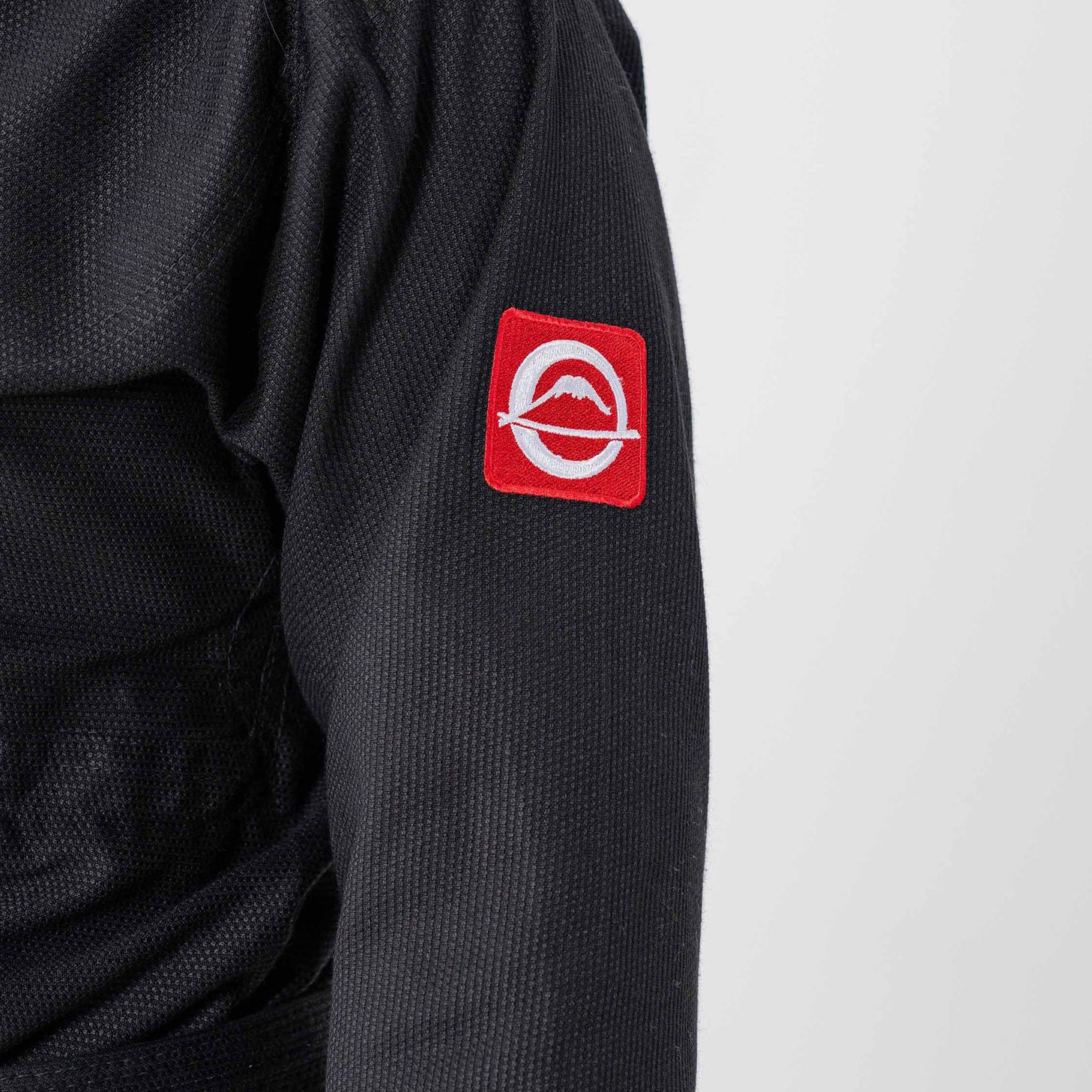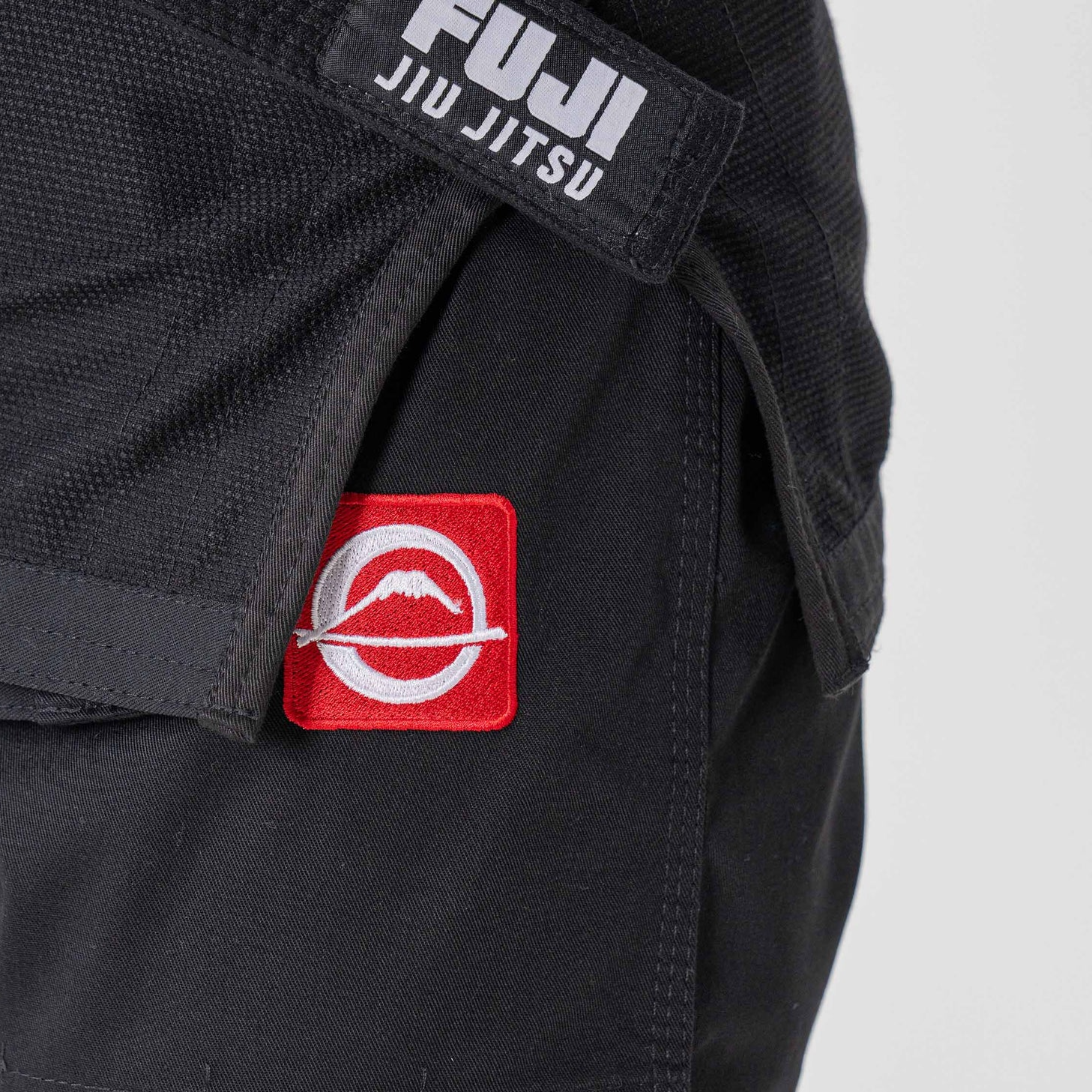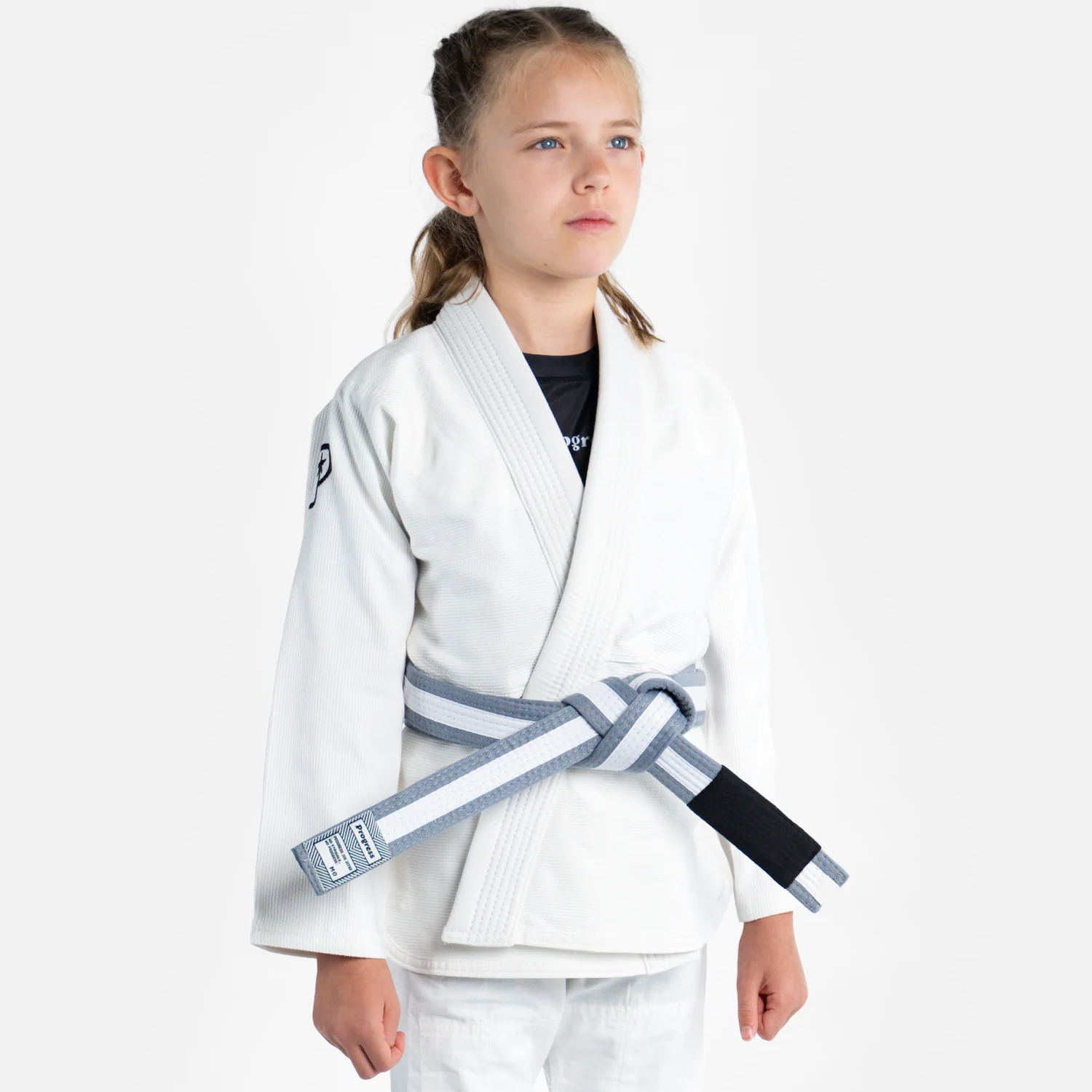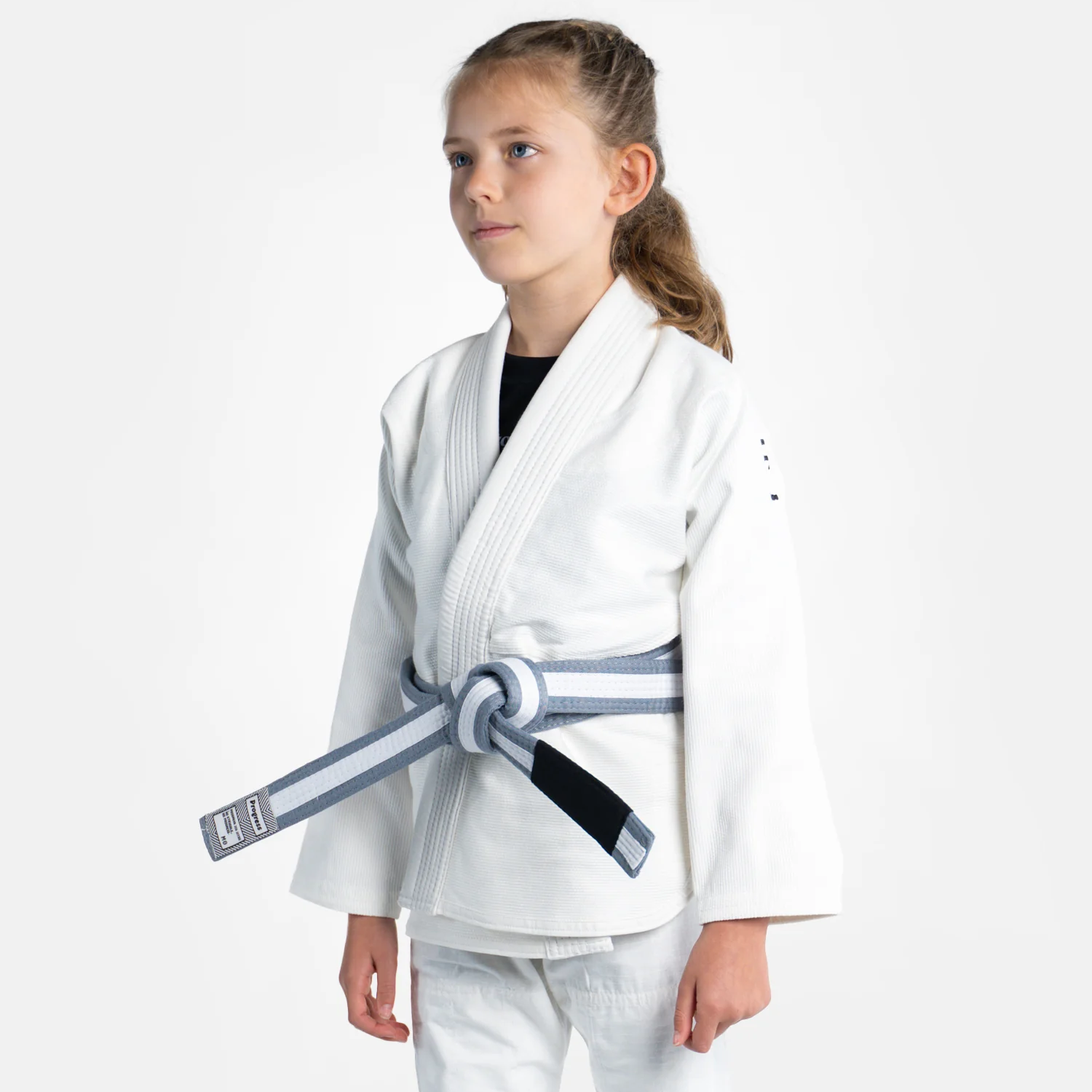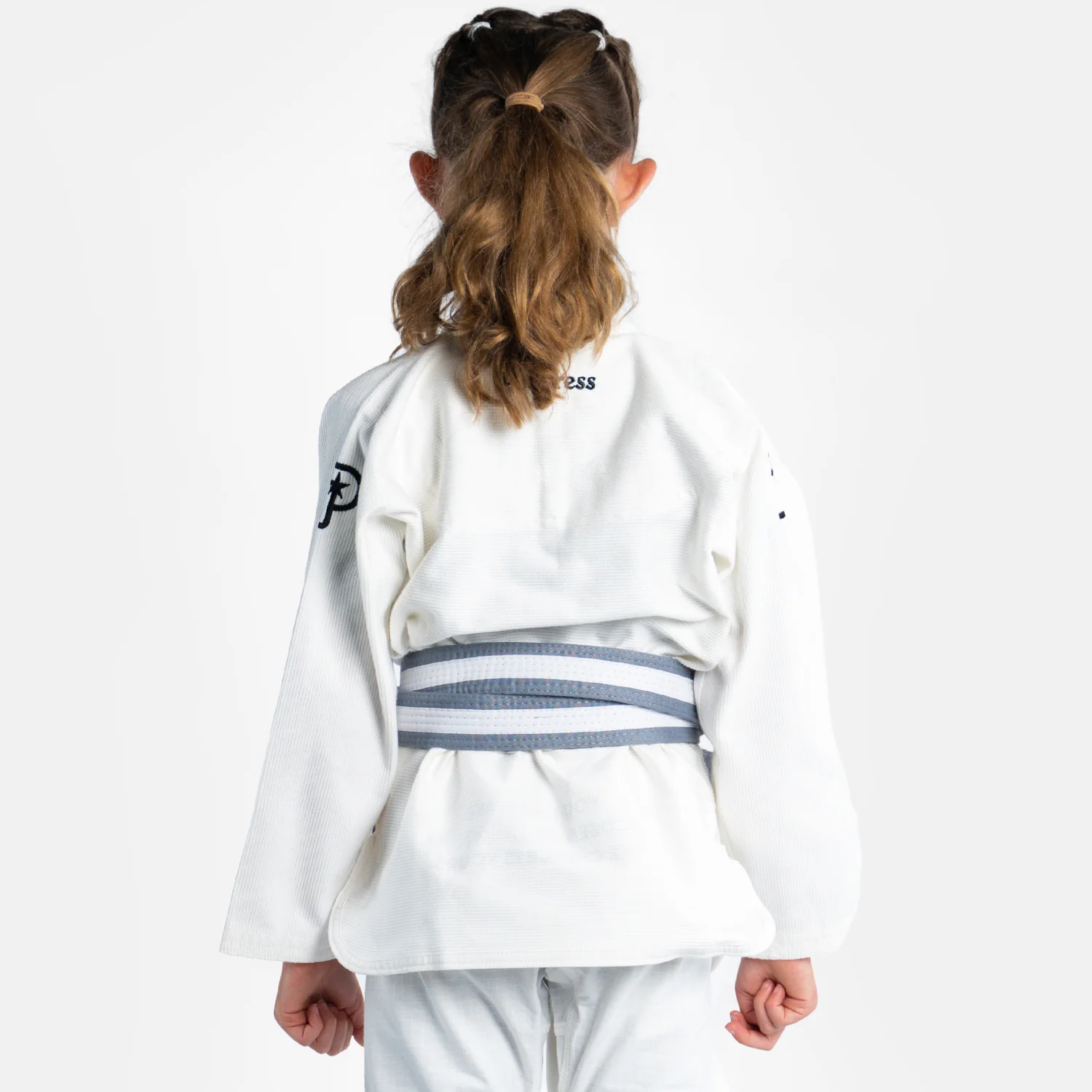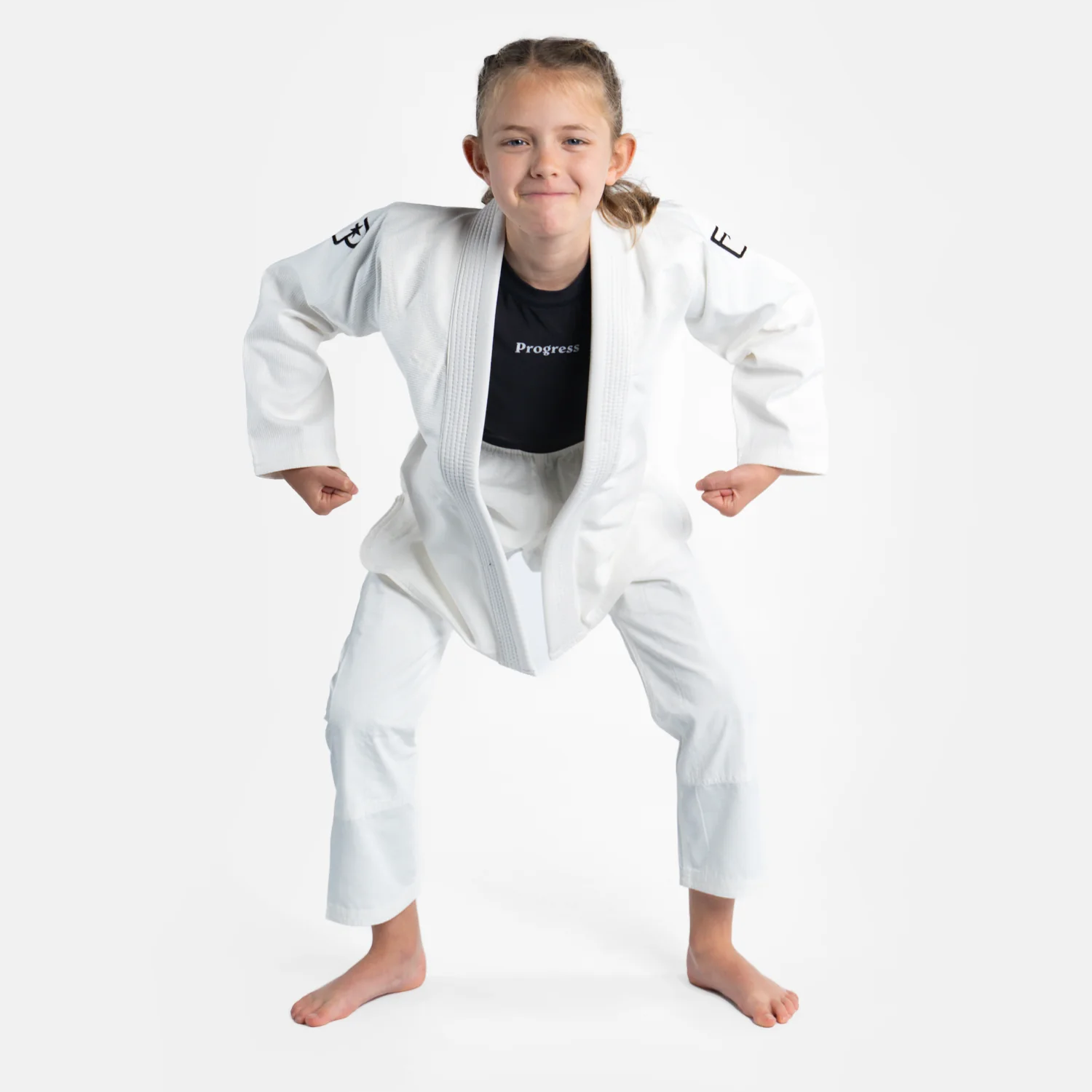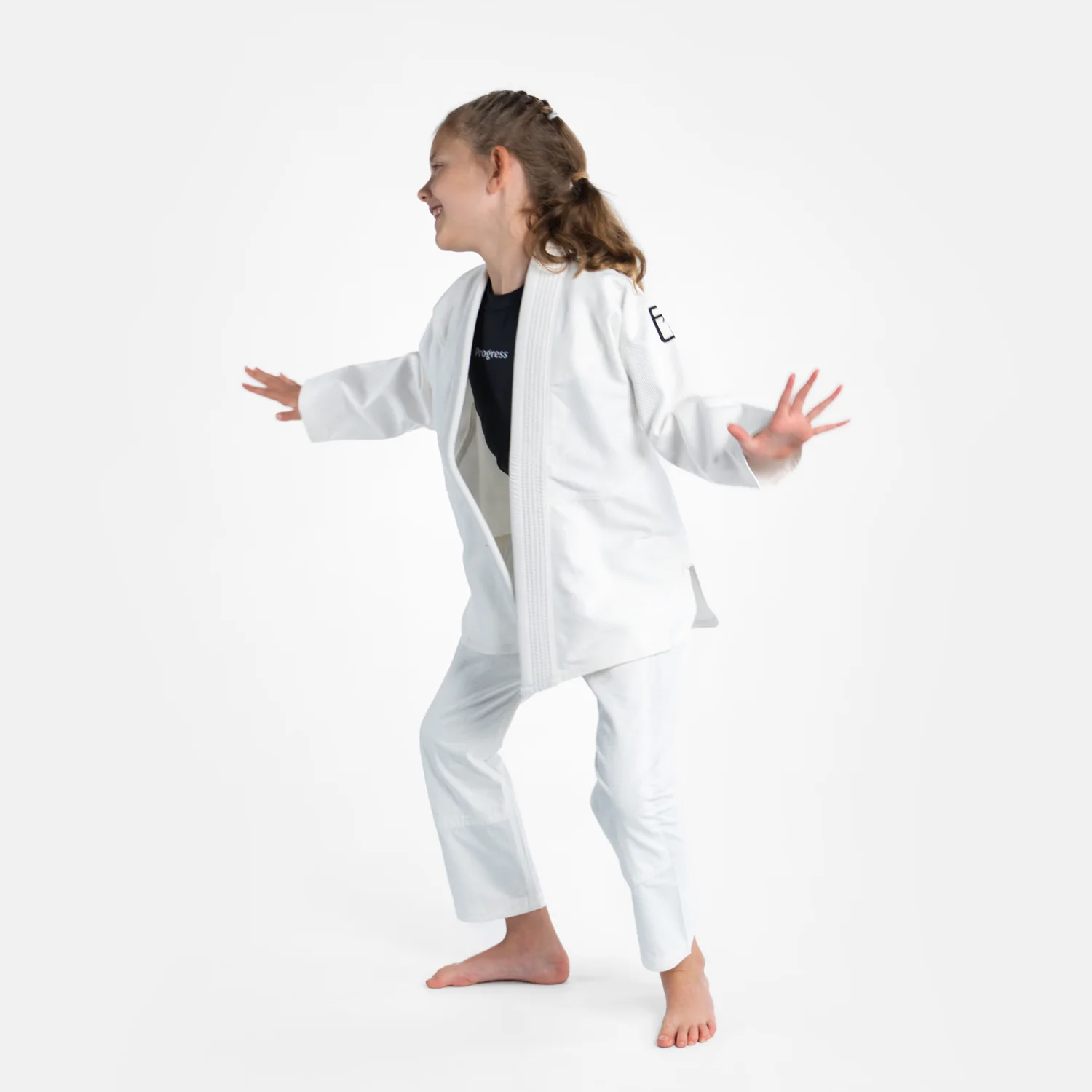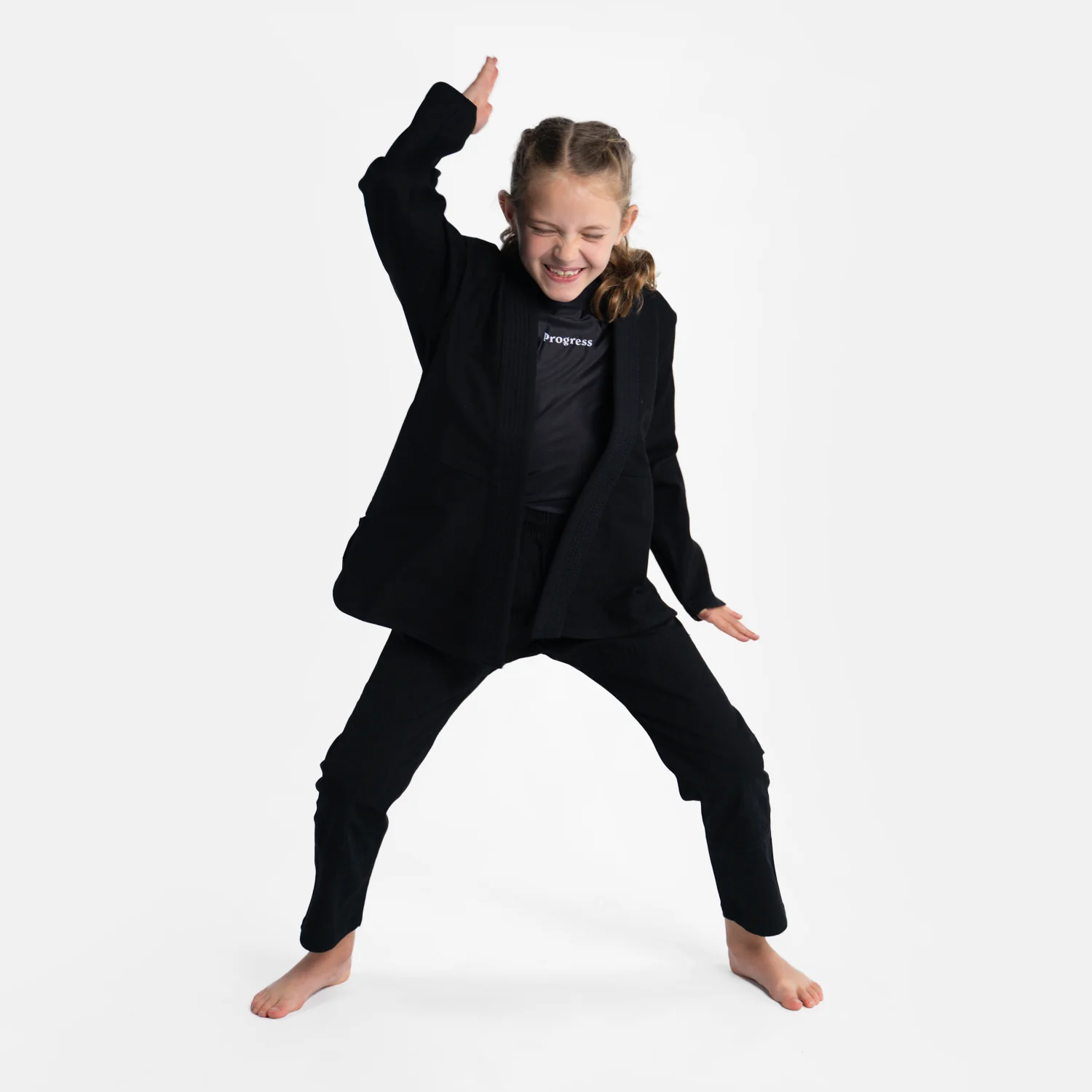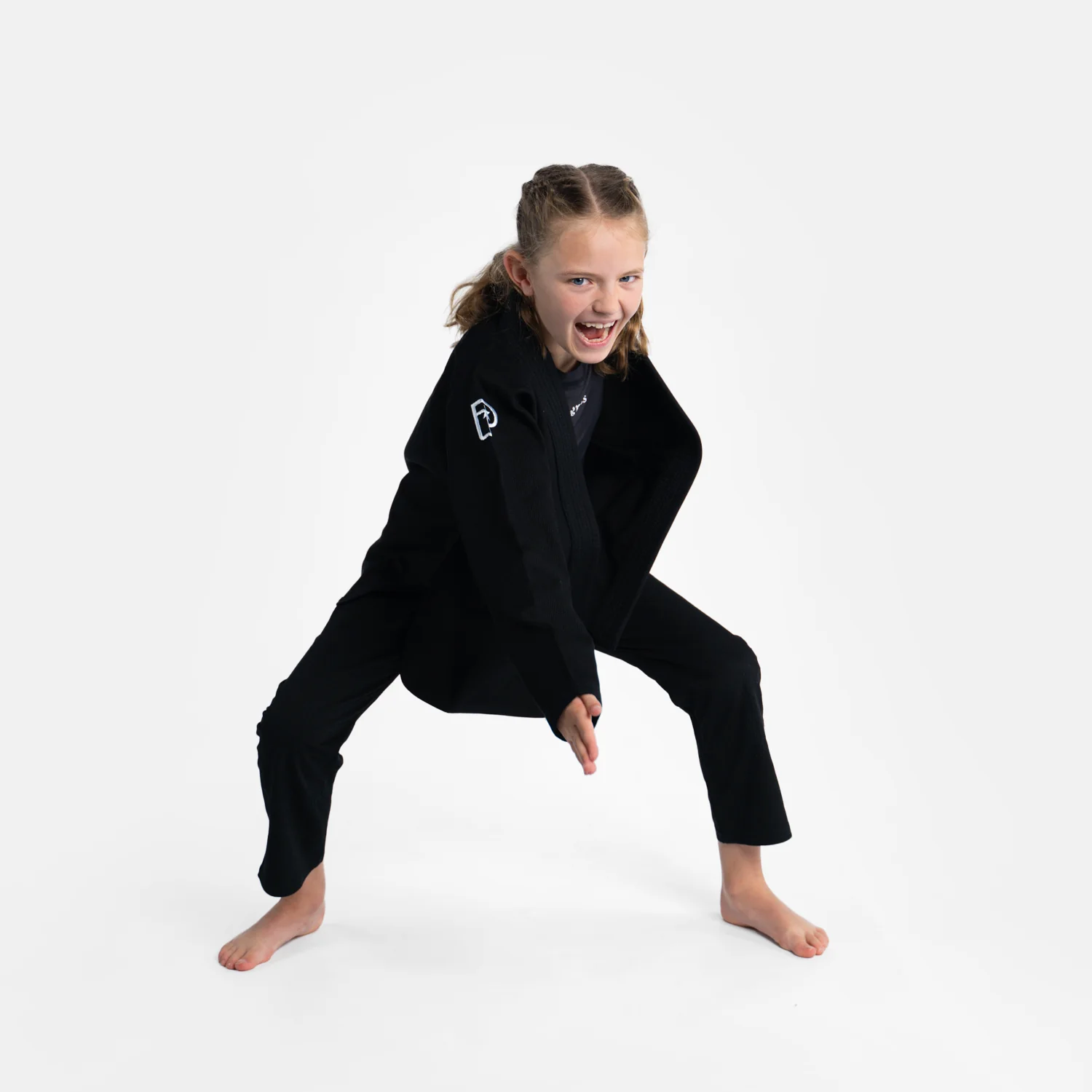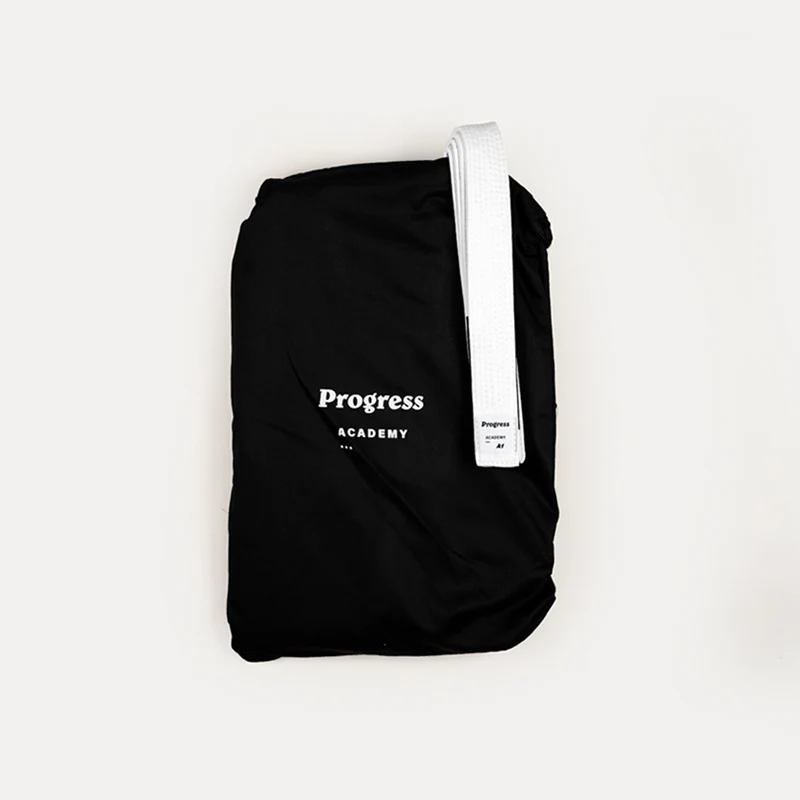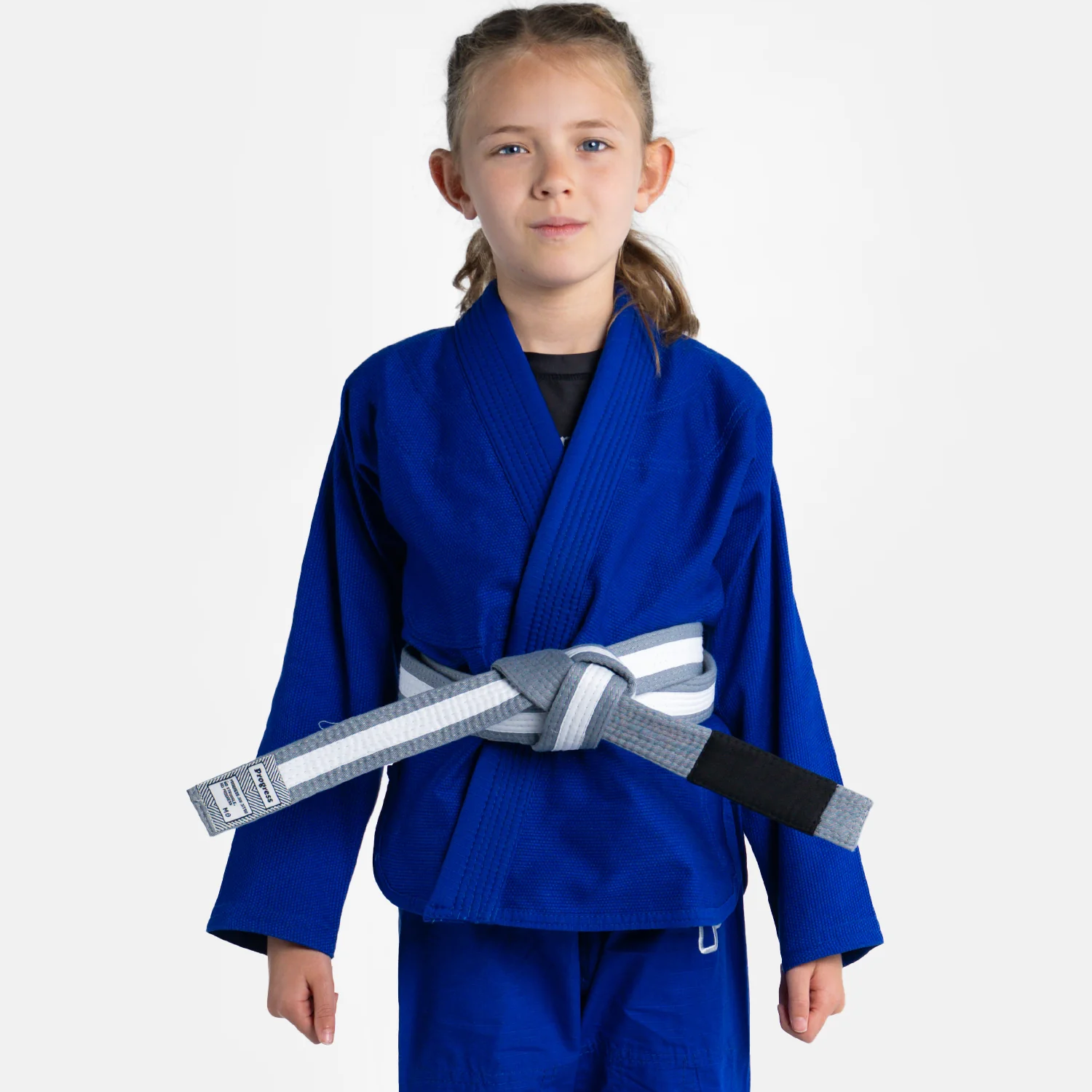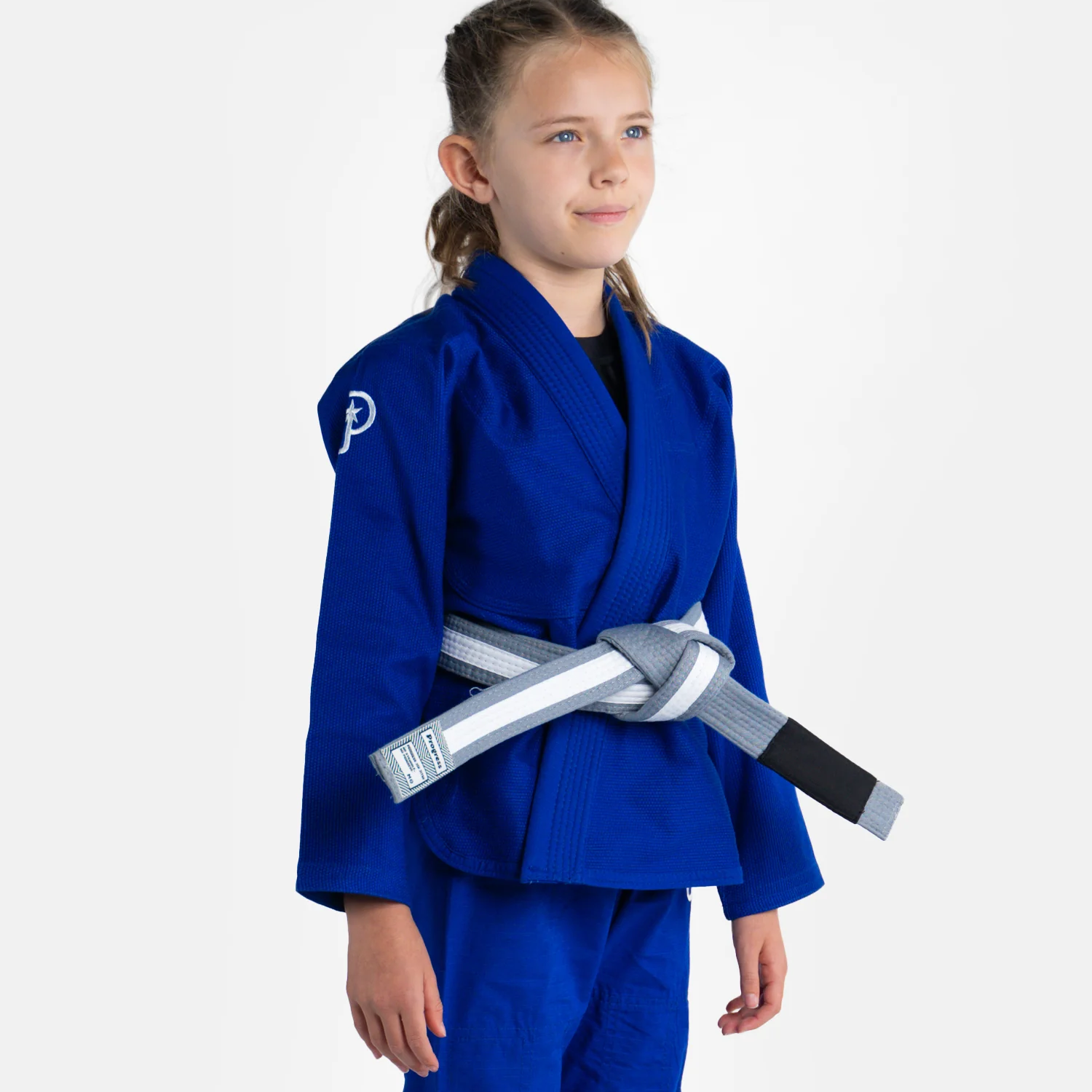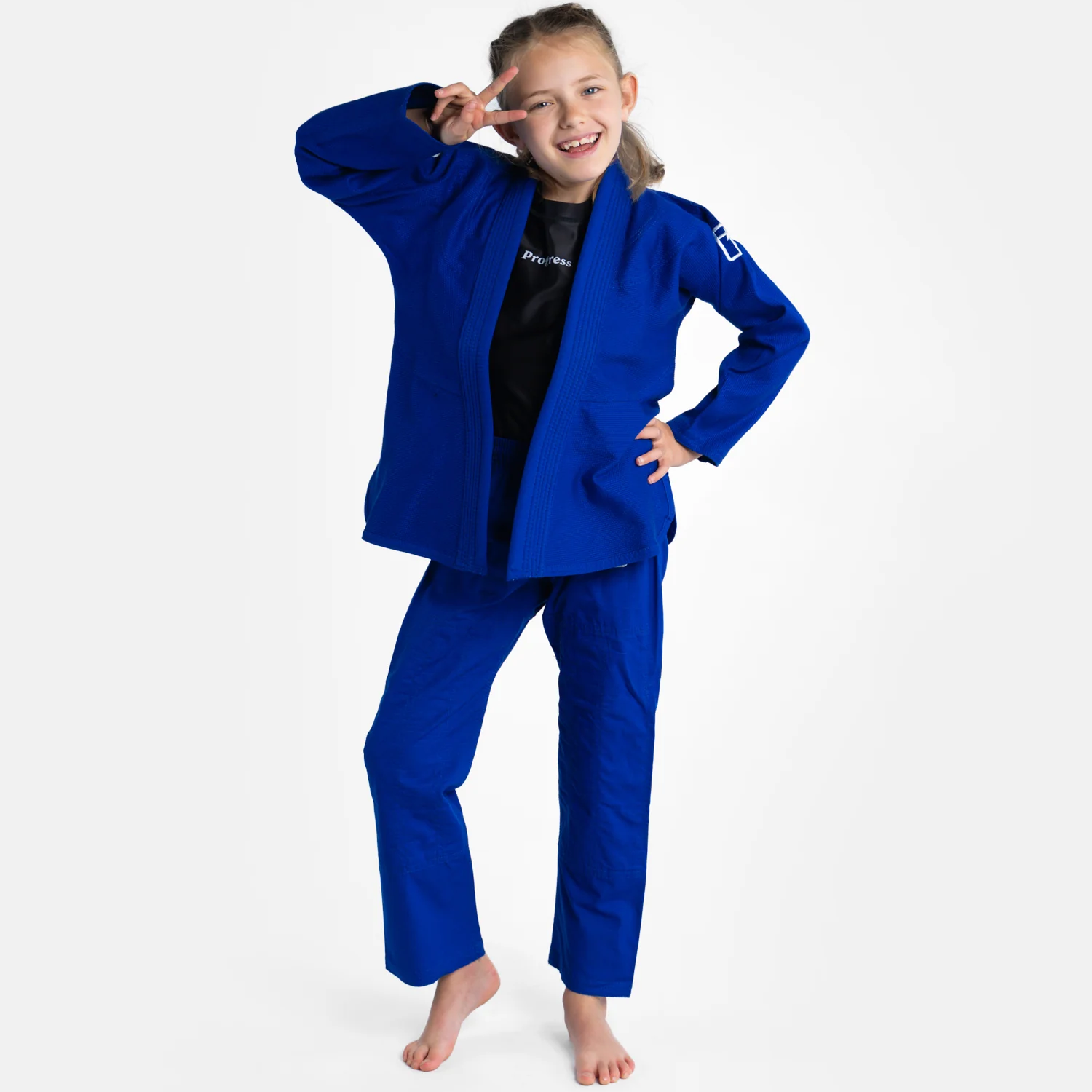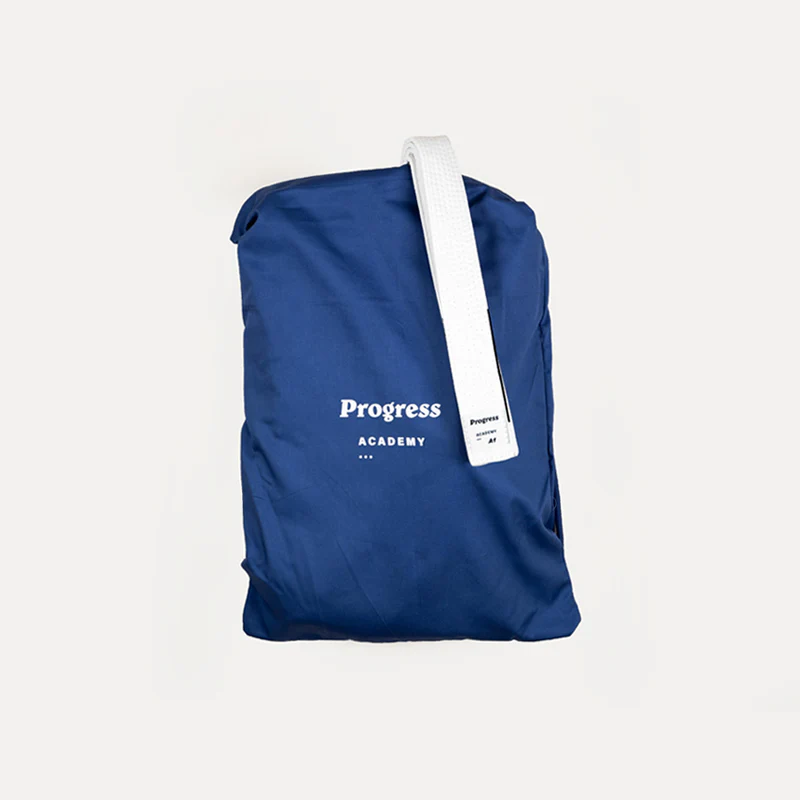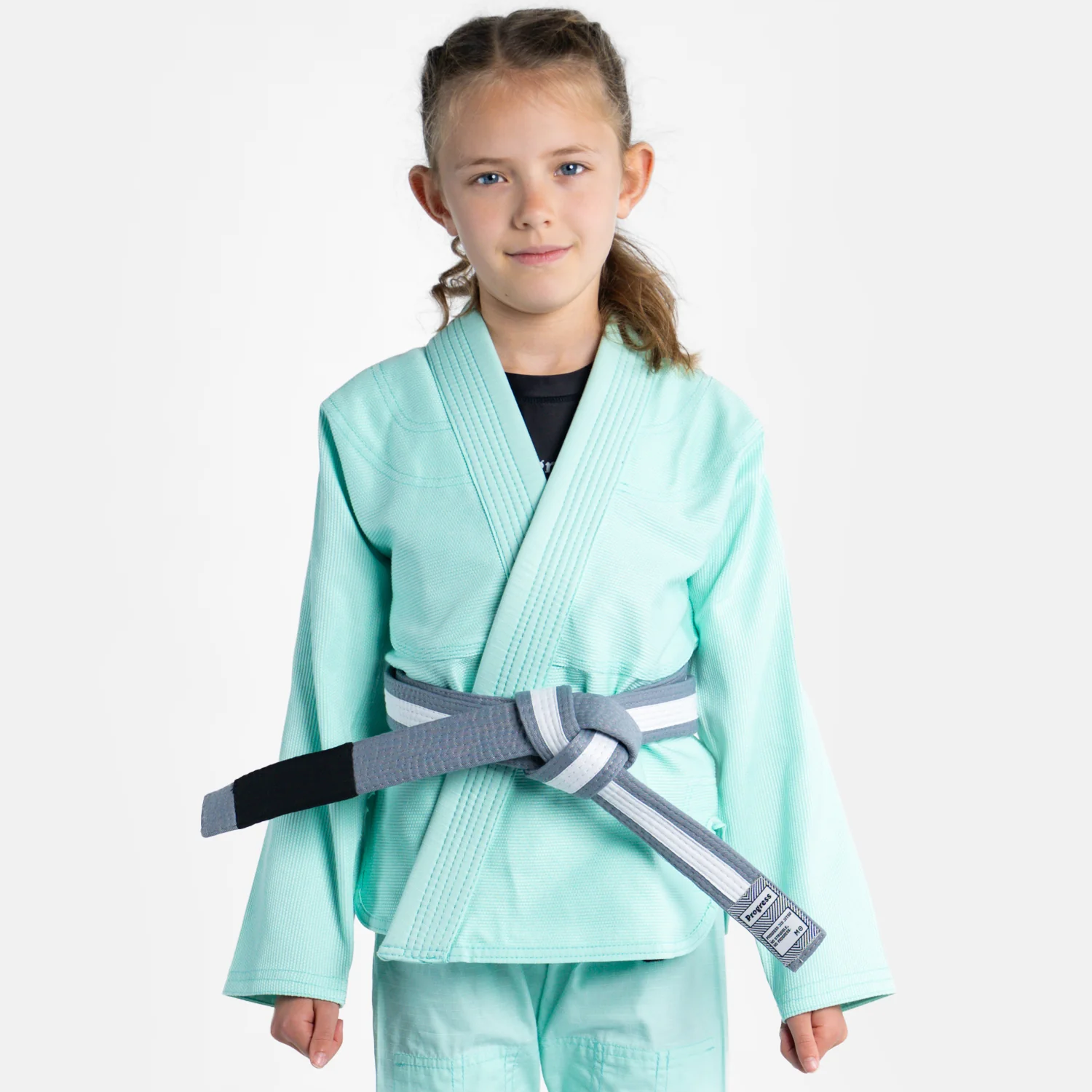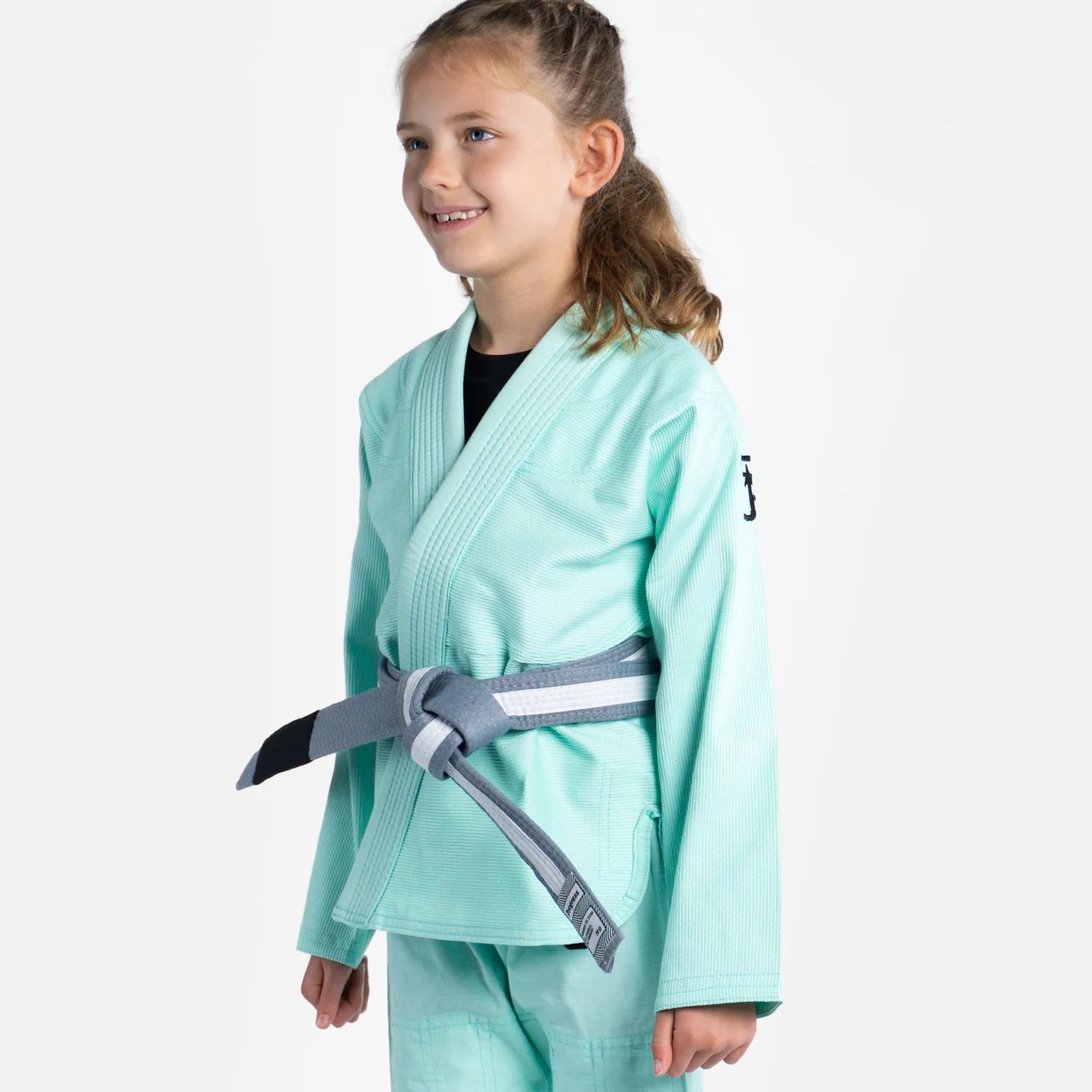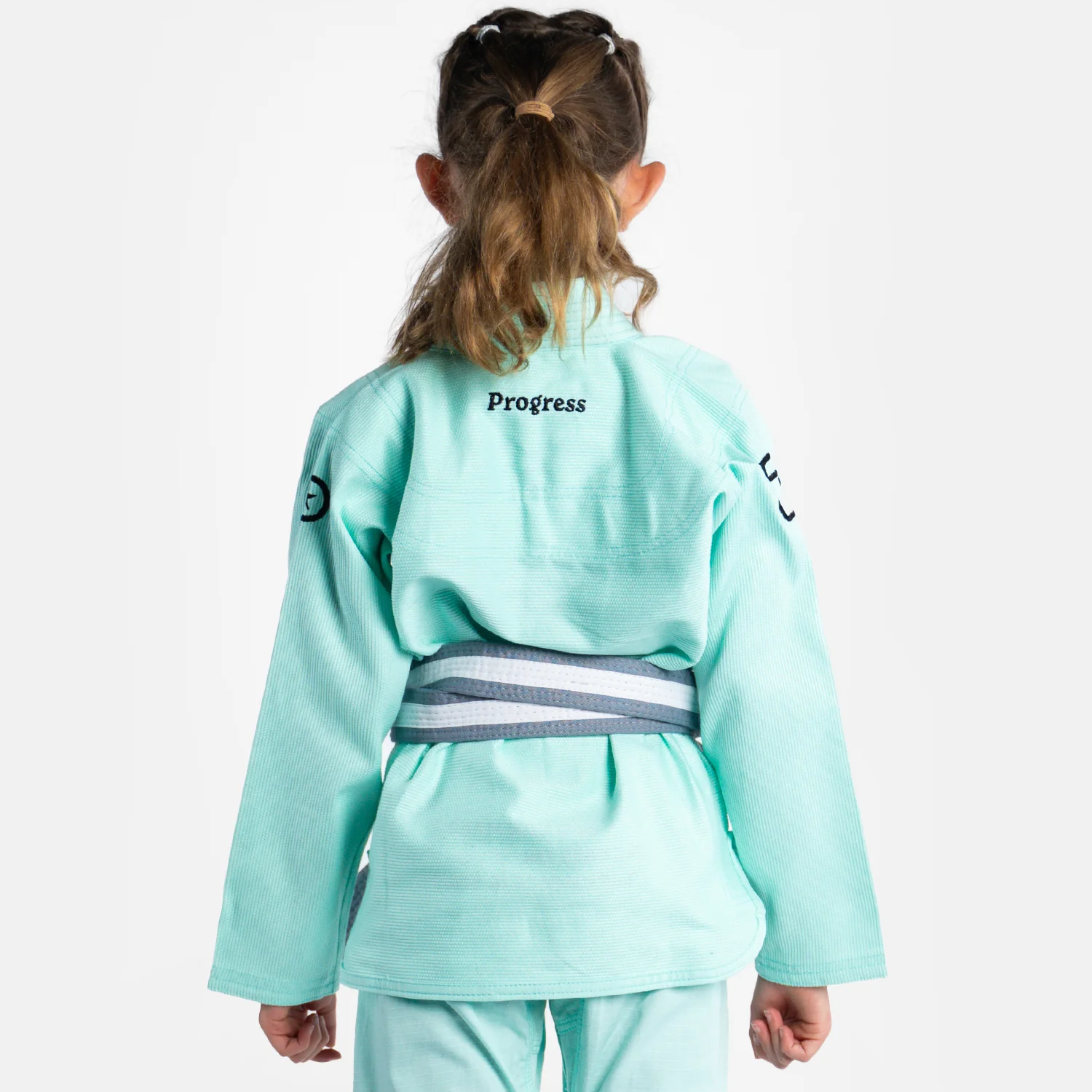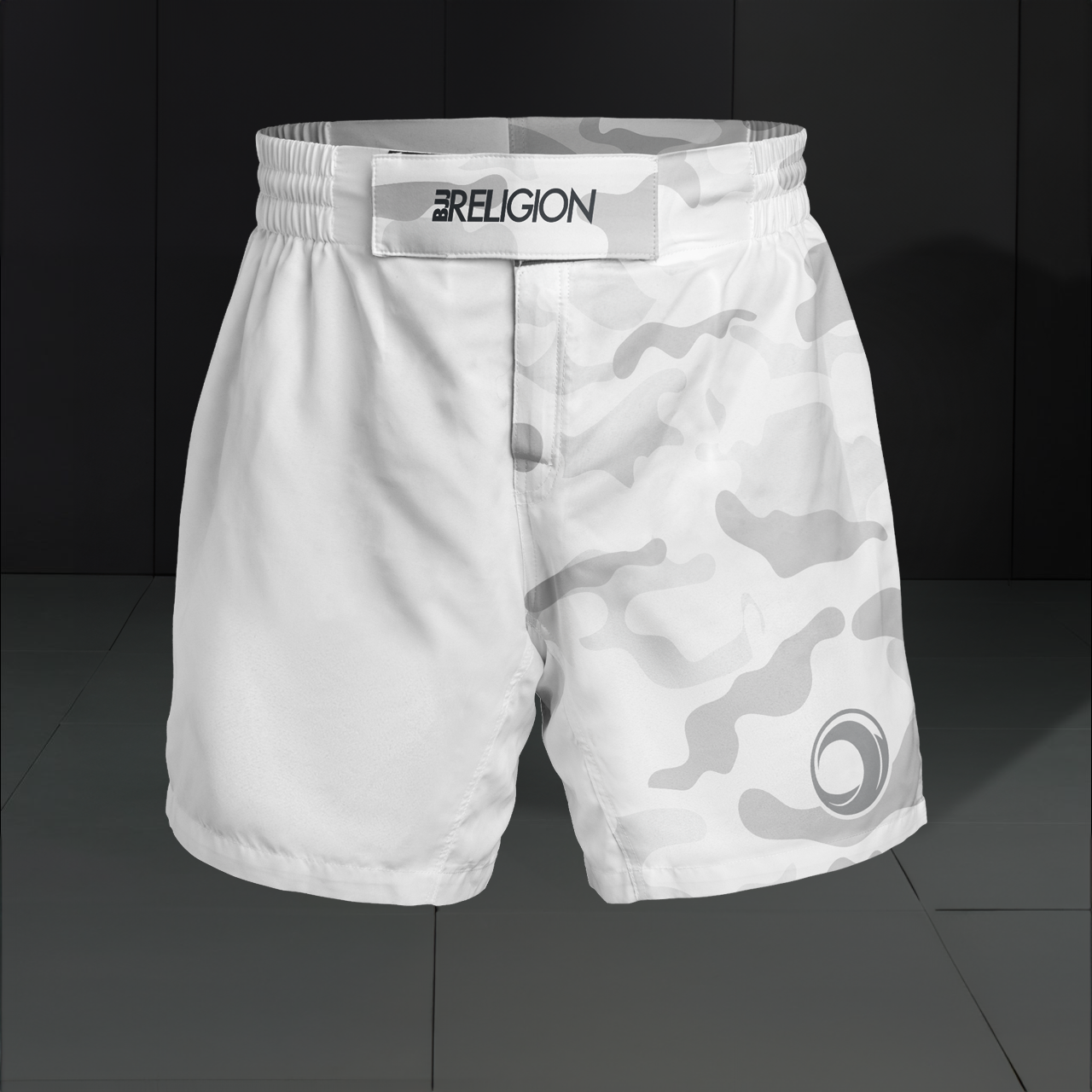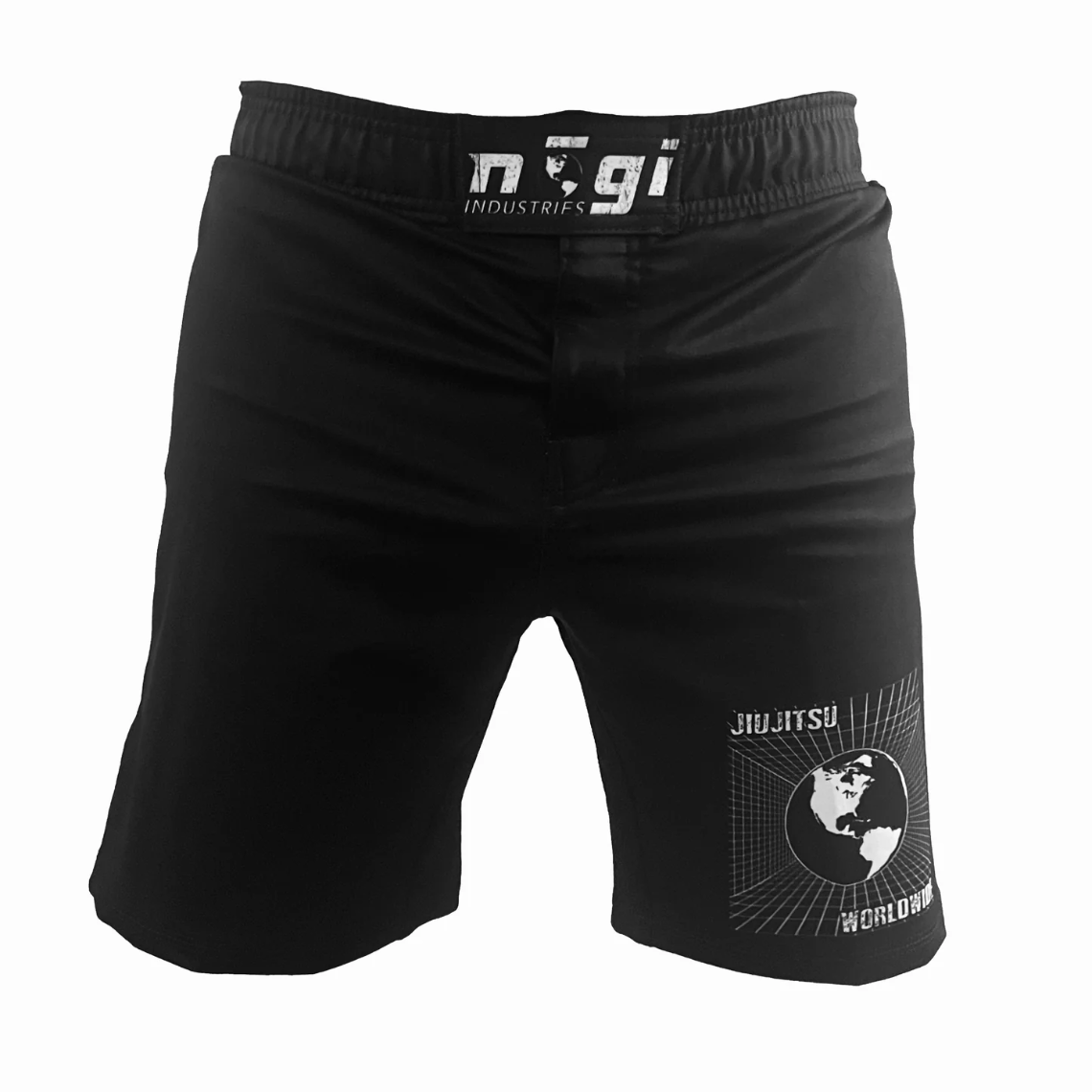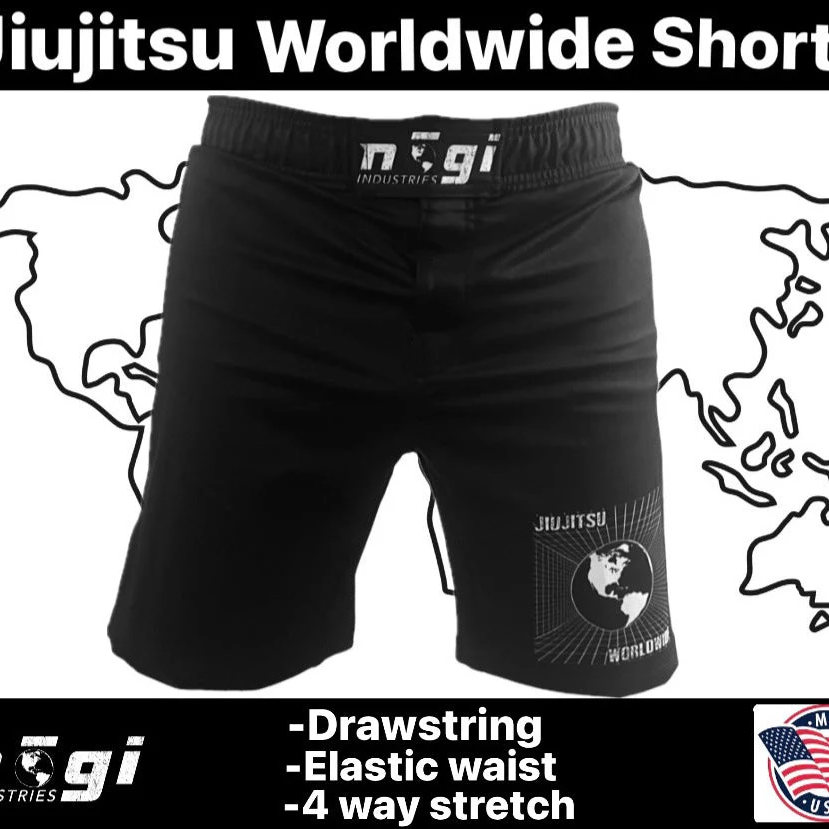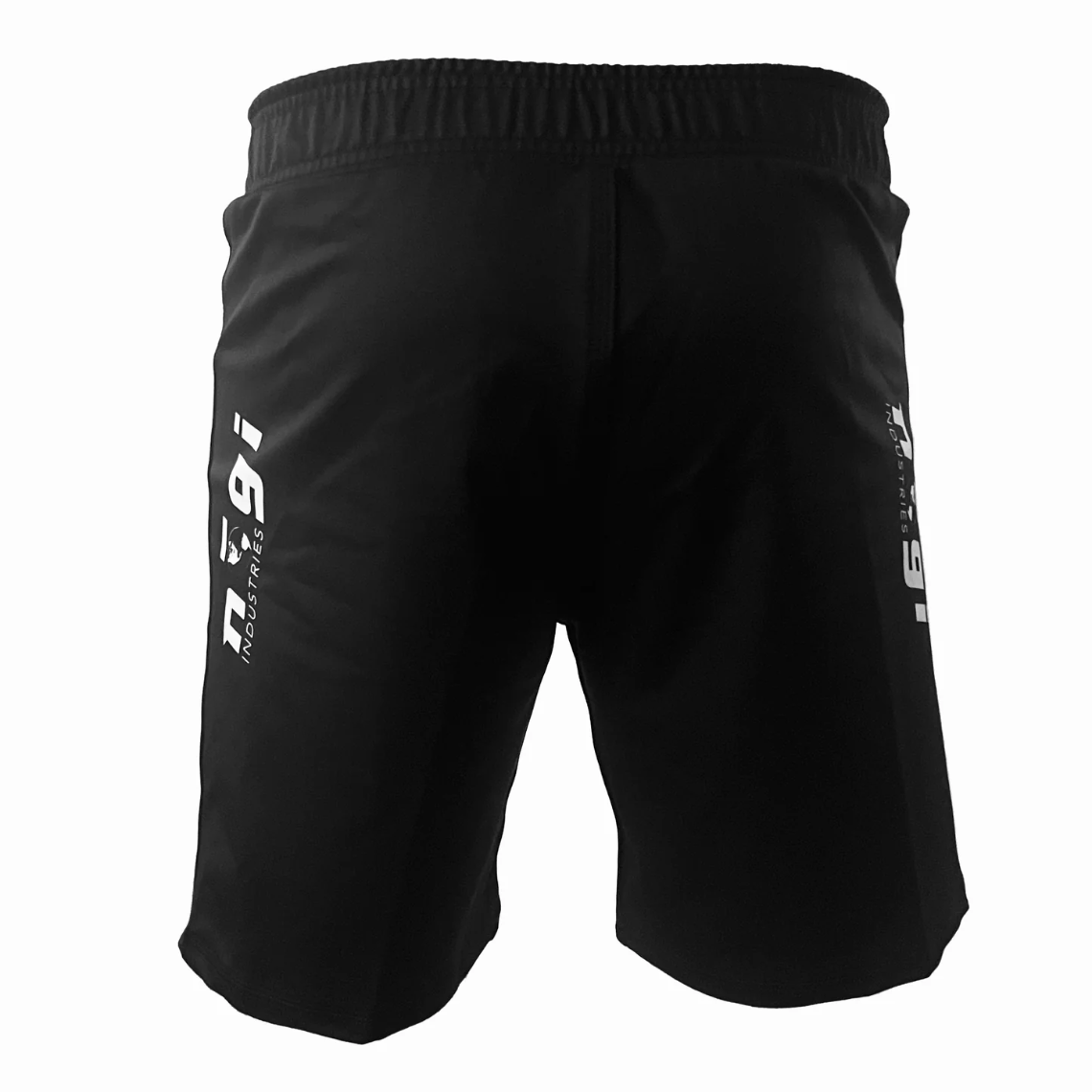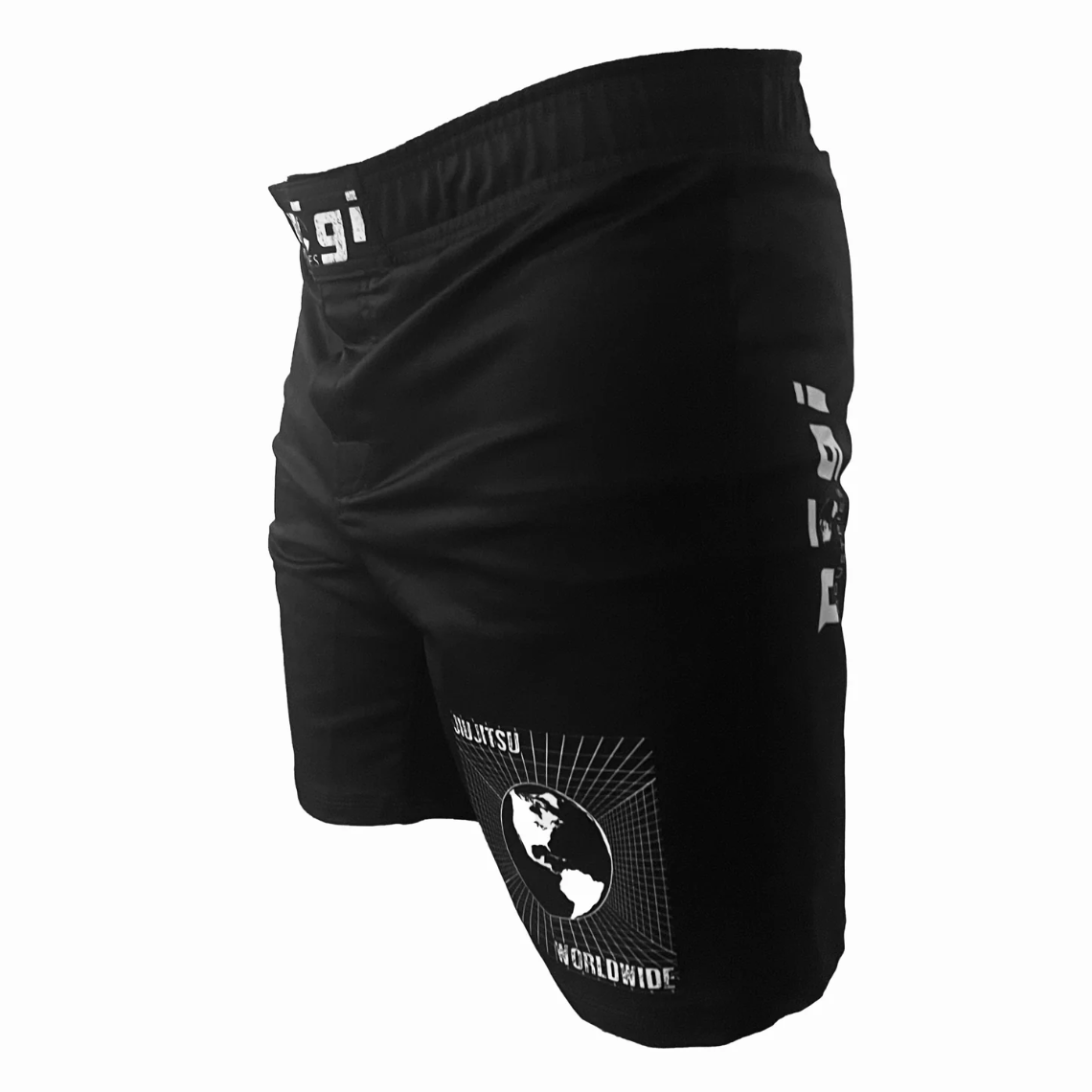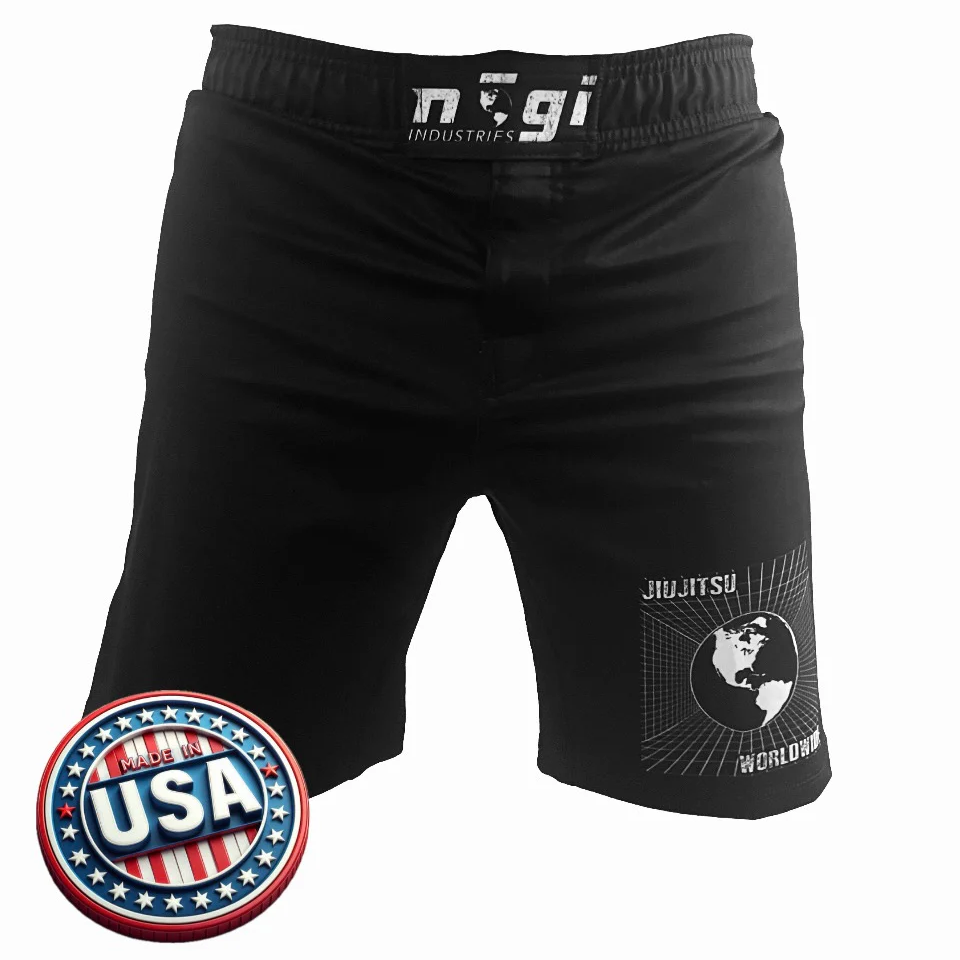Training BJJ With An Injury
The gentle art? Let's be real, training Brazilian Jiu Jitsu is tough on the body. It's even harder when you’re trying to work around an injury. I should know because over the last thirteen years of training I've experienced this firsthand, many times over - it's an unfortunate part of the game.
At some point you will be injured in some capacity while training jiu jitsu.
But through the years I've learned a few effective strategies for staying on the mats and training jiu jitsu through an injury. In this post I'm going to walk you through exactly what has worked for me, and hopefully it can help you as well.
Before we get any further, I am going to assume you don't have any major injuries such as broken bones, fully torn ligaments, and have general medical clearance to be doing physical activities.

The Importance of Listening to Your Body
When training jiu jitsu with an injury, you really have to be in tune with how you’re feeling. This means distinguishing between soreness and actual pain from the injury. It’s important to remember, soreness is part of the training process, but sharp pain is a warning sign.
Ignoring those warning signs is the quickest way to make an injury even worse and put yourself on the sidelines for longer. Always start slow when returning after time off for injury. It can be tempting to jump back into training full throttle - but I would not recommend it for a number of reasons.
Think about it like running. First, you walk, then jog, then sprint. It's not a perfect analogy but you get the point. BJJ is no different and requires you to work back into it at a comfortable pace.
Otherwise, you'll be risking re-injury, and often the re-injury can set you back even further than the original injury.
Training Strategies When Injured
After an injury, adapting your training can make a huge difference. Let's look at some practical strategies for training BJJ while recovering from an injury:
Drilling Techniques

Even with limitations from your injury, you can still work on some aspects of your game - depending what part of the body is injured. Spend more time drilling techniques, even at a slow pace. This helps you ingrain movements, timing, and the little details without the full intensity of full live drilling.
The cool part about this is you don't even need to go into the gym or have a training partner, you can use a grappling dummy at home, or depending on your injury just focusing on solo drills and movement drills.
Focus on Specific Positions
Have a bum shoulder? Work your guard retention and submissions from the bottom. Injured your knee? No problem. Stay out of half guard and De La Riva, and instead focus on your hand and grip fighting, transitions from the top, etc.
Tailor your training to avoid aggravating your injury while focusing on areas you CAN improve.
I had a spiral fracture in my dominant grip hand(my fingers got caught in the gi) that took almost a full year to heal completely. During that time I was forced to drill and play my guard to the opposite side - and guess what? When I was fully healed my overall offensive guard game and guard retention were both 10x better because I was now comfortable transitioning to both sides.
I get compliments(or rather complaints haha) all the time on how hard it is to pass my guard - and I truly believe it's because of the training I did while injured. If it wasn't for my injury I would probably still be playing the same one-sided game.
Flow Rolling and Positional Sparring

Ease back into sparring with flow rolls at a lower intensity. Communicate with your training partners on positions you are comfortable with and positions they should avoid, start slow, and focus on movement and technique.
Another great option when training BJJ with injury is positional sparring.
If you're coming off a back or neck injury find a training partner that wants to work on their bottom game so you can work on your top game. If they get a sweep, re-set so you're always on top to limit dangerous positions.
A good partner will respect your boundaries.
Hint: Seek out a higher belt masters 4-6 competitor to train with rather than that crazy 20 year old white or blue belt.
Rest and Recovery
Just as important as your time on the mat is giving your body time off to heal properly. Make sure you're eating nutritious foods, getting enough sleep, and using active recovery methods like stretching, foam rolling or cold therapy.
Prioritizing your well-being will aid in healing and a stronger comeback. Keep in mind you're no longer burning as much calories now since you're not training as often or as hard, this is a good time to get your diet in check.
Knowing When to Rest
This can be a tough pill to swallow, but there may be instances where a break from training is needed. It's crucial to recognize if training is aggravating your injury.
Trying to push through might feel tough but making things worse helps no one. Sometimes, temporarily stepping back allows for proper healing.
Again, listen to your body.
Seek Professional Advice
It is super important you always consult a healthcare professional or physical therapist before beginning or continuing any form of physical activity while dealing with an injury. Every injury is different and will require an individual plan.
What might work for someone else may not be what’s best for you.
Conclusion
Training jiu jitsu with injury is tough, but you CAN stay involved and even improve your game at the same time with the right strategies. Don’t look at it as a setback, rather see it as an opportunity for growth. Listen to your body, communicate clearly with your training partners, prioritize rest, and make smart decisions about what you do.
See you on the mats soon!








